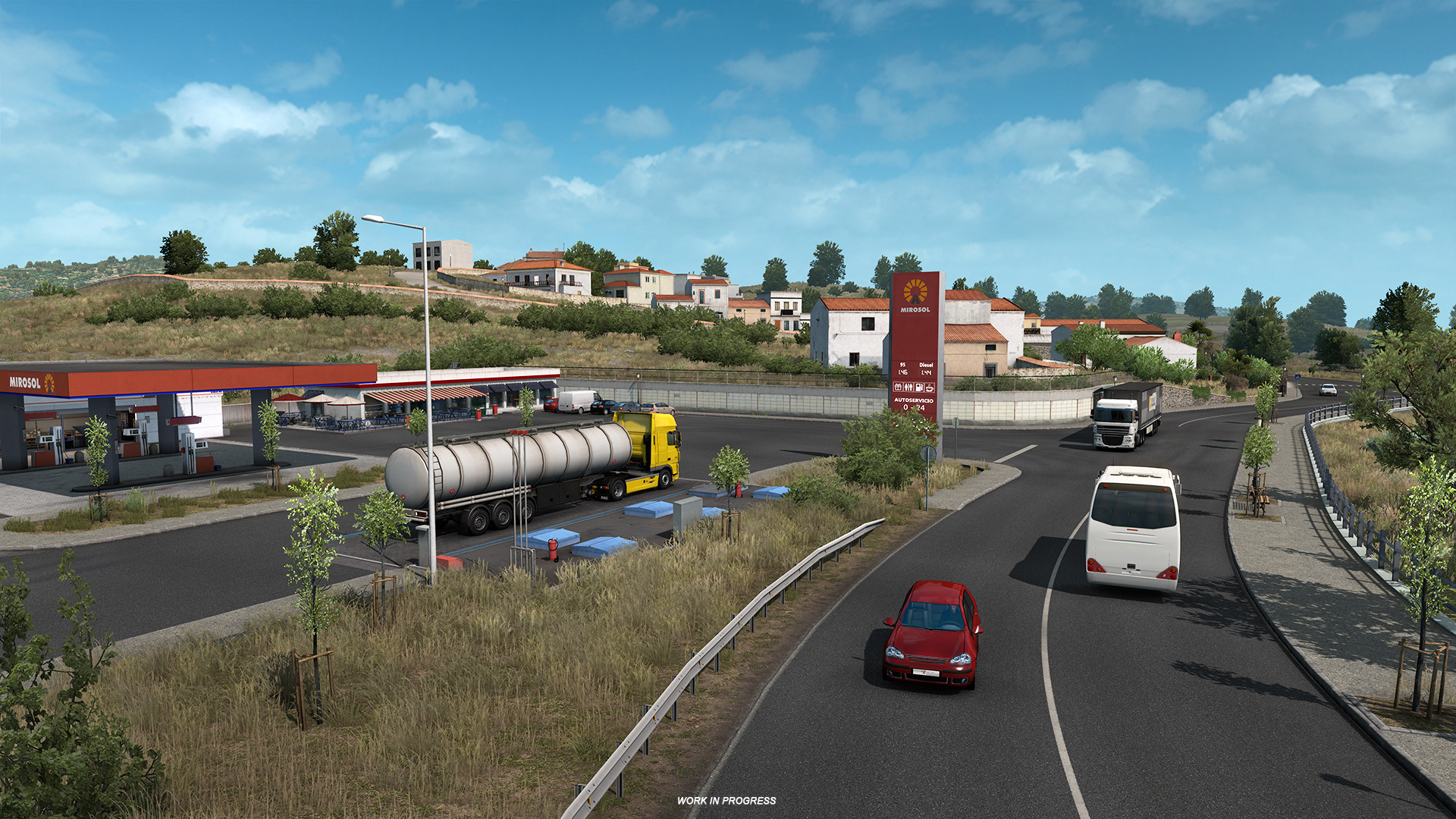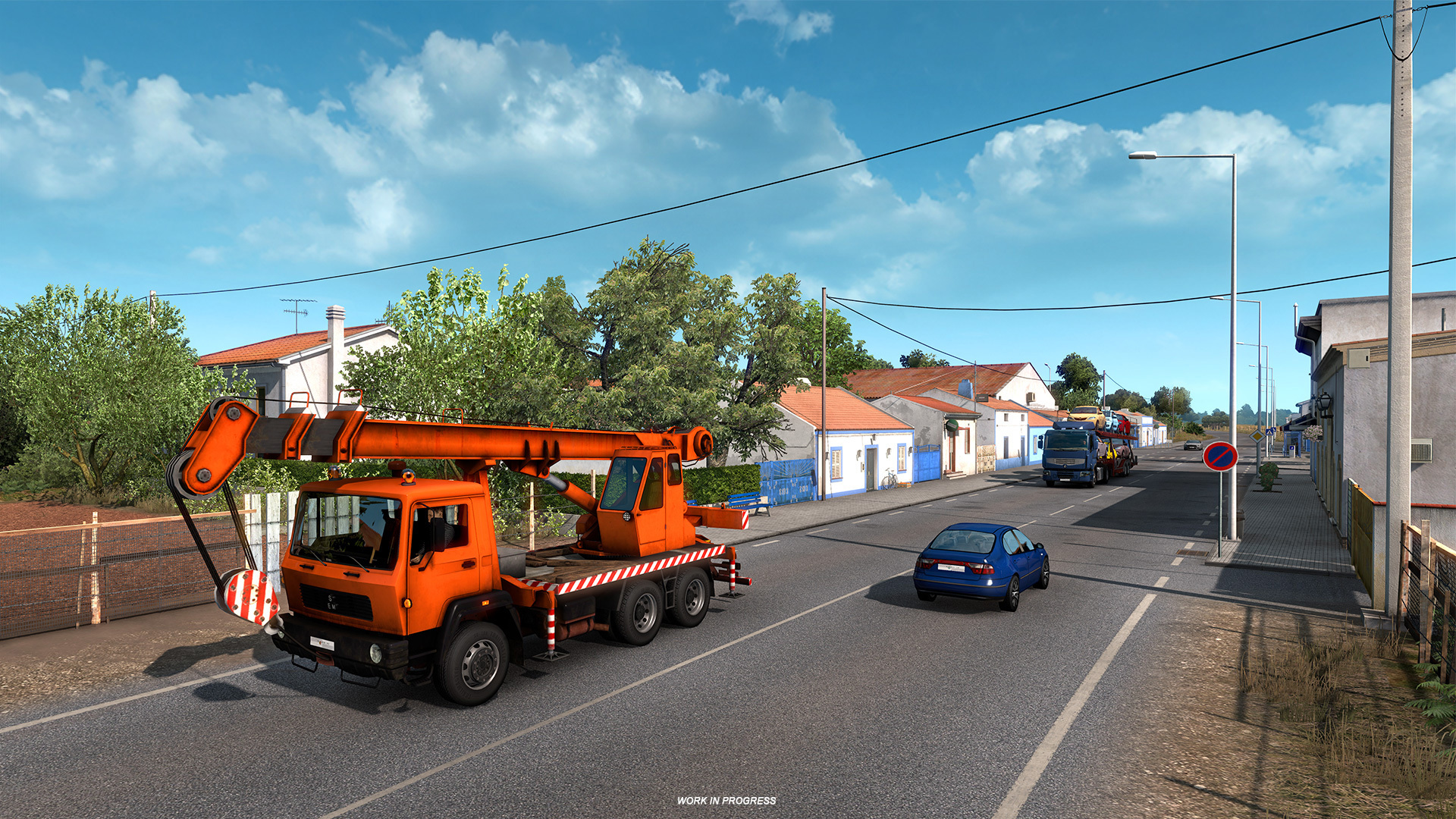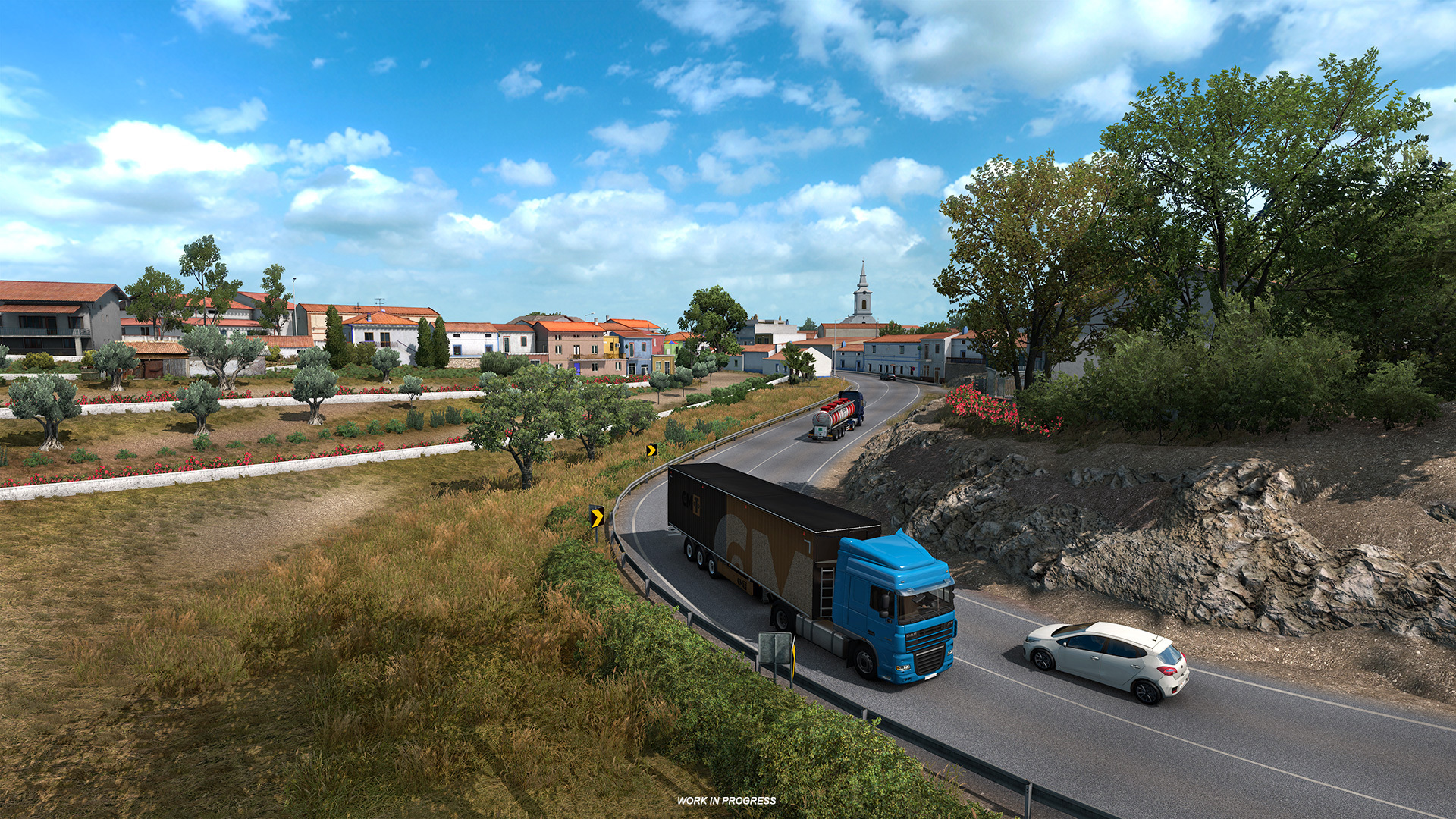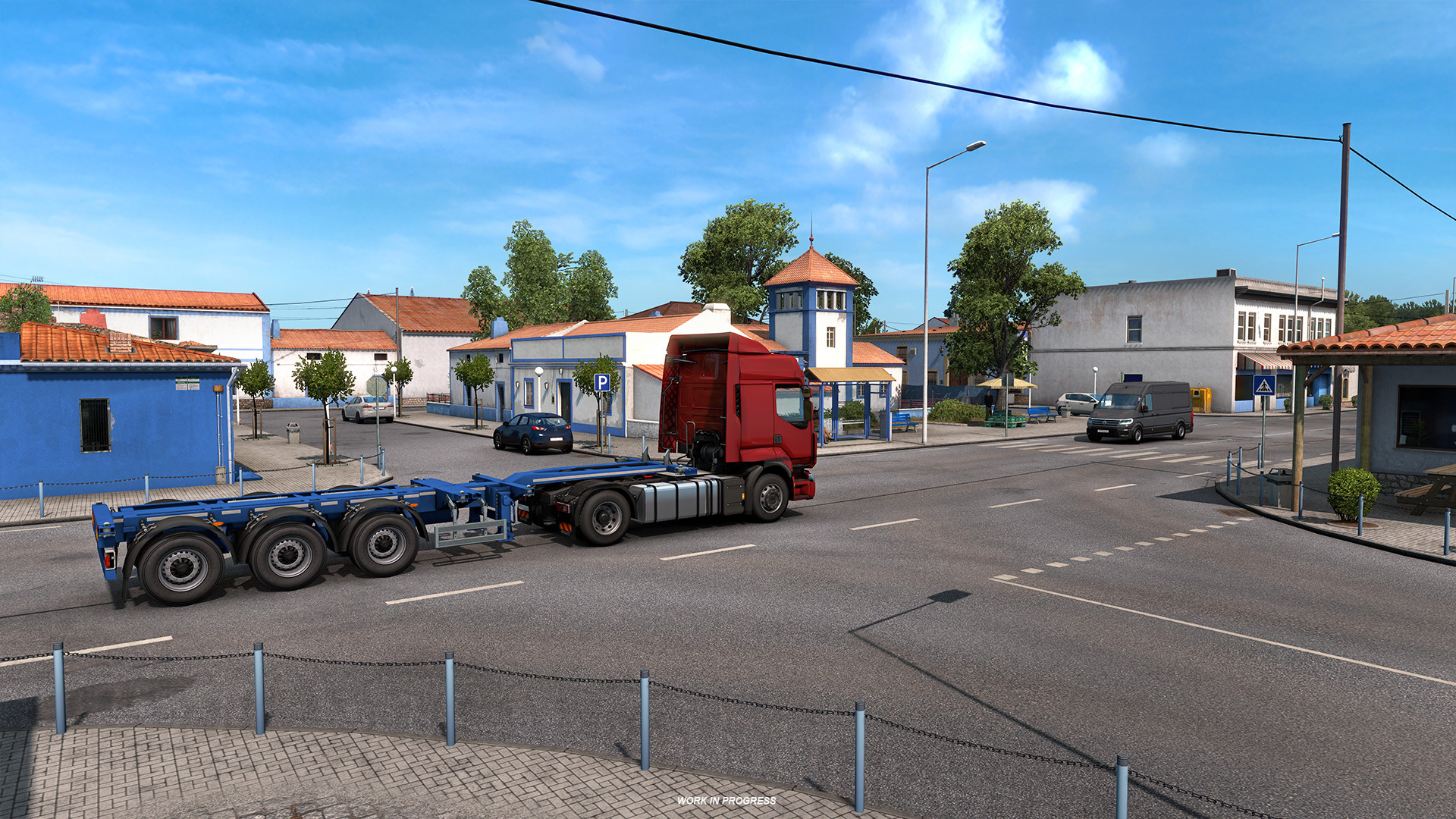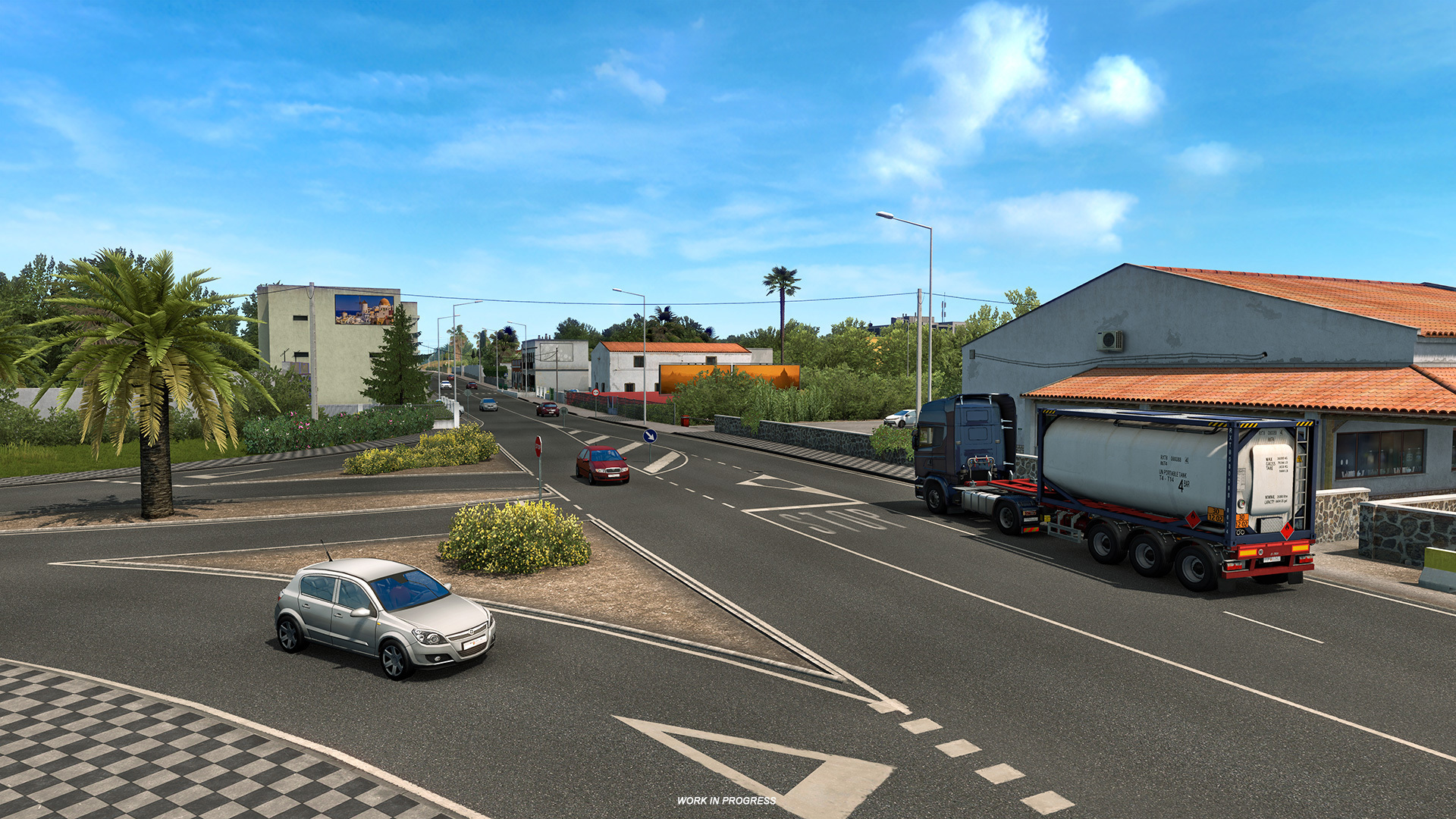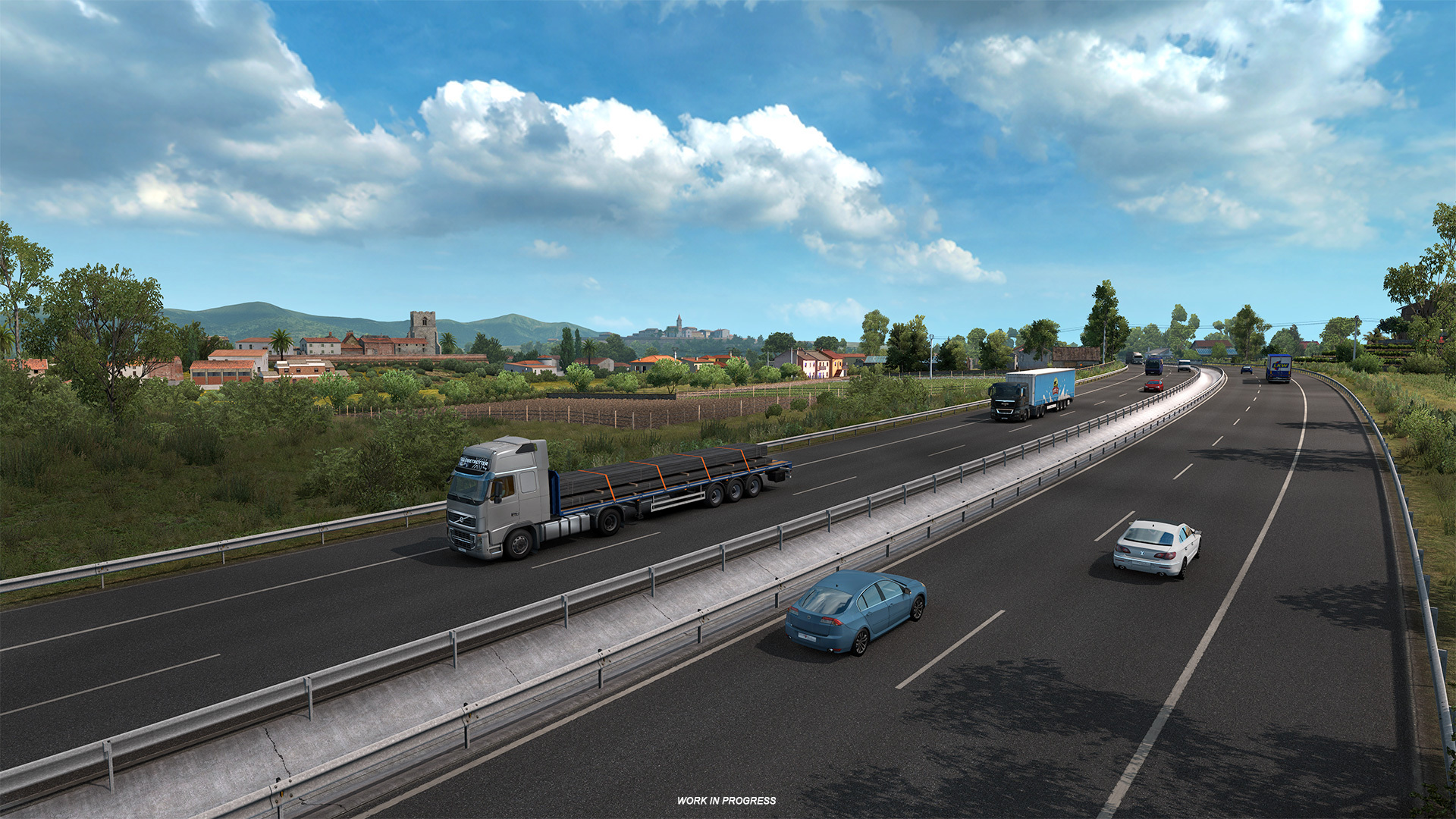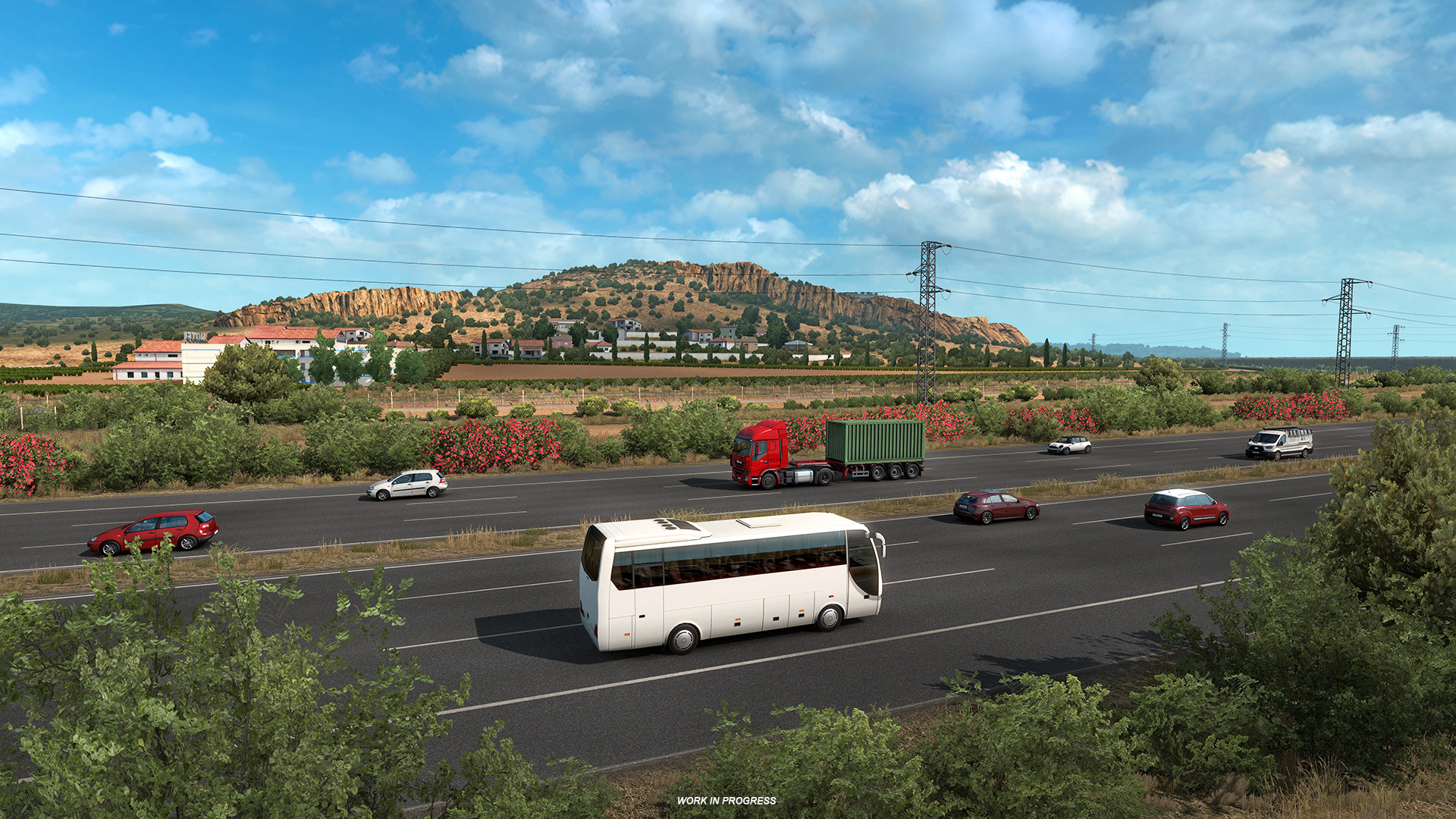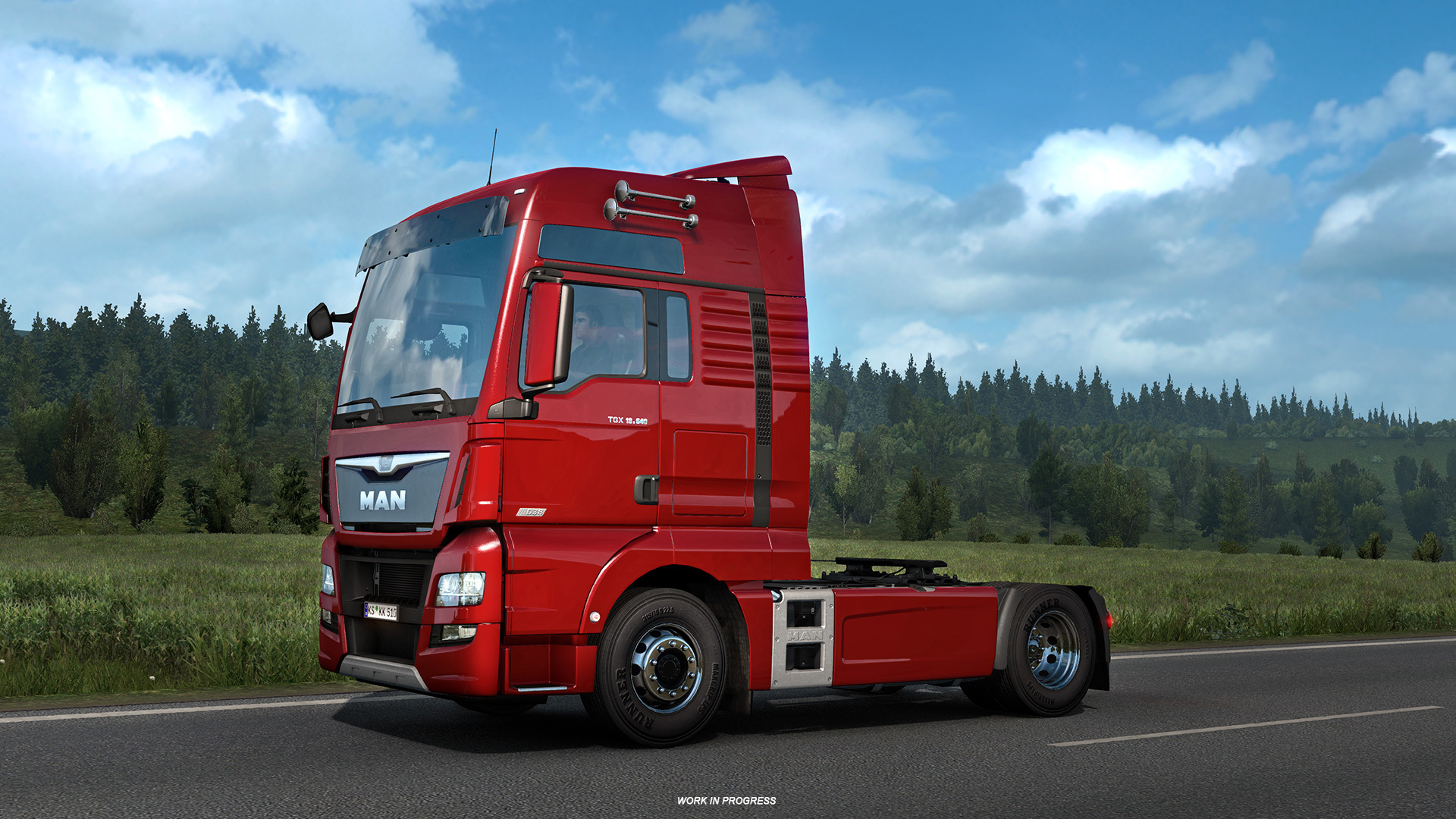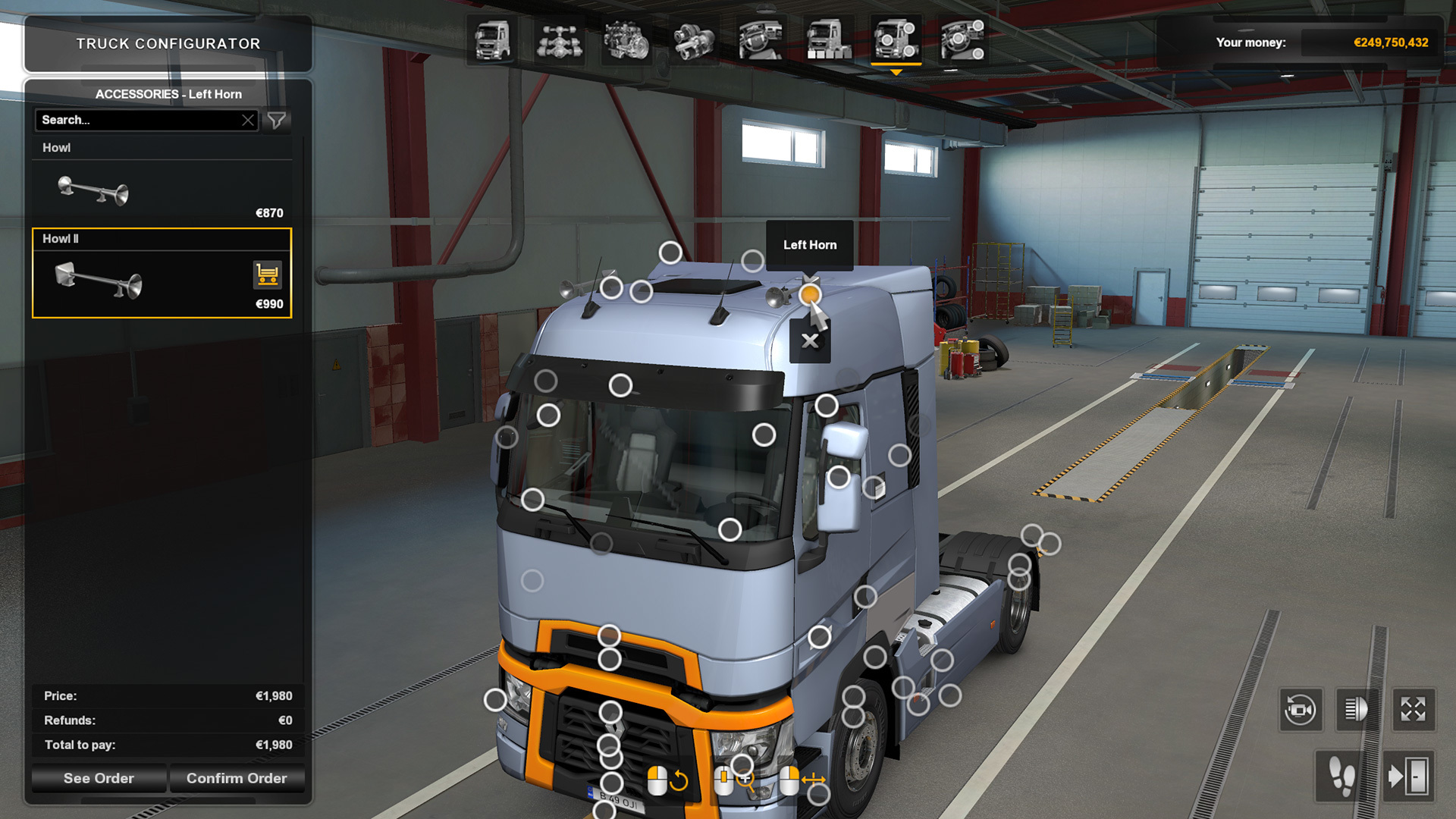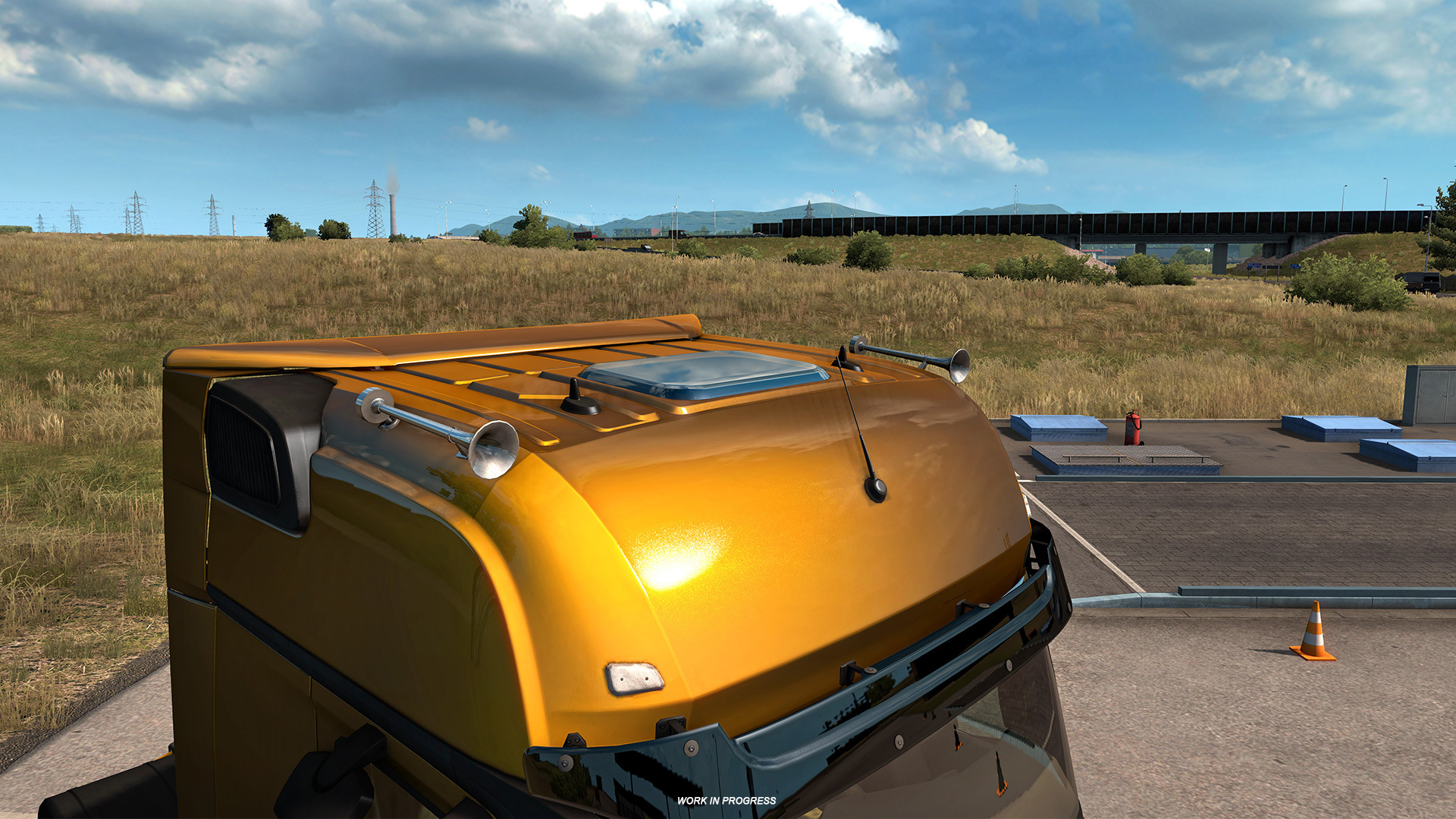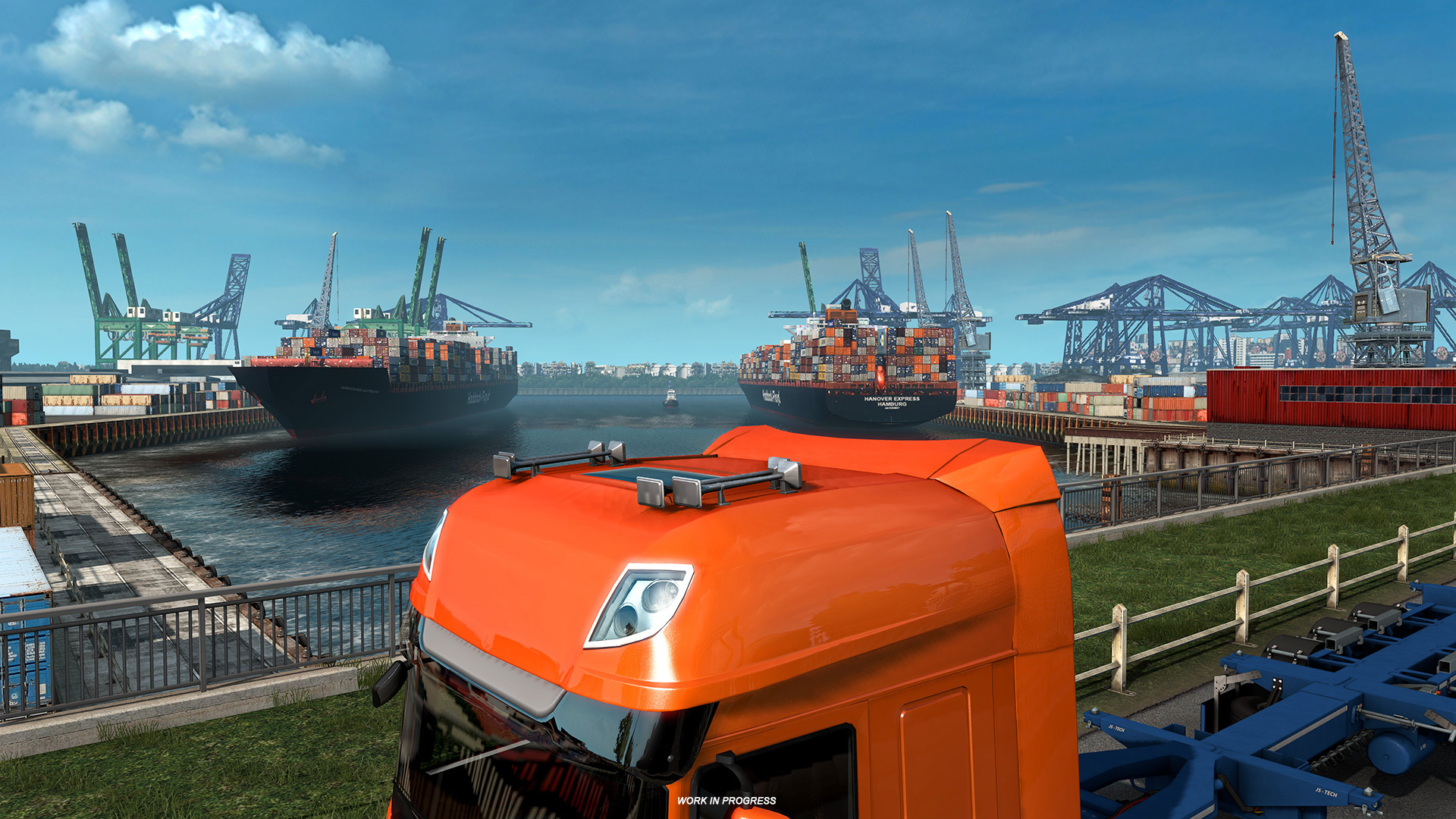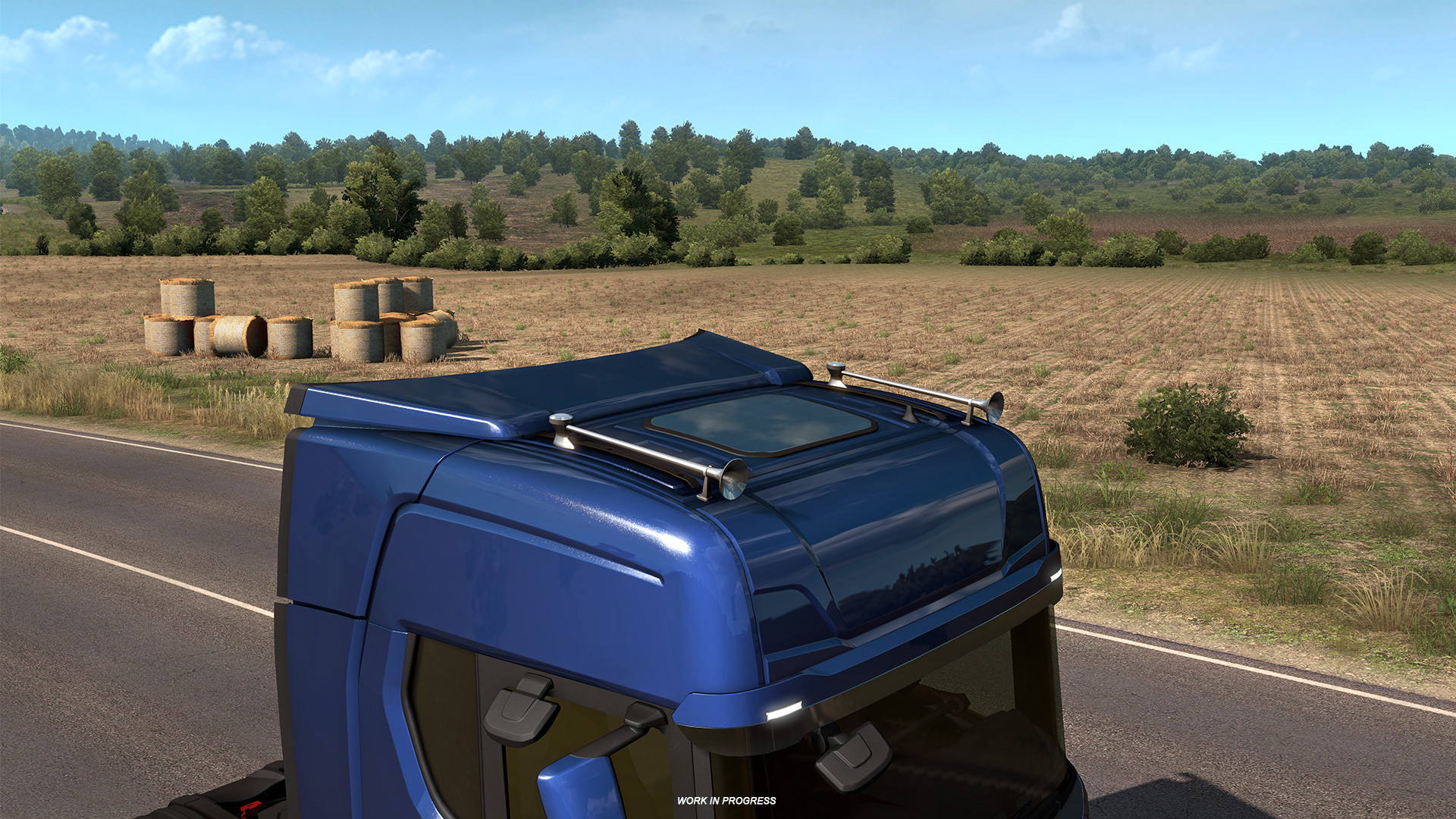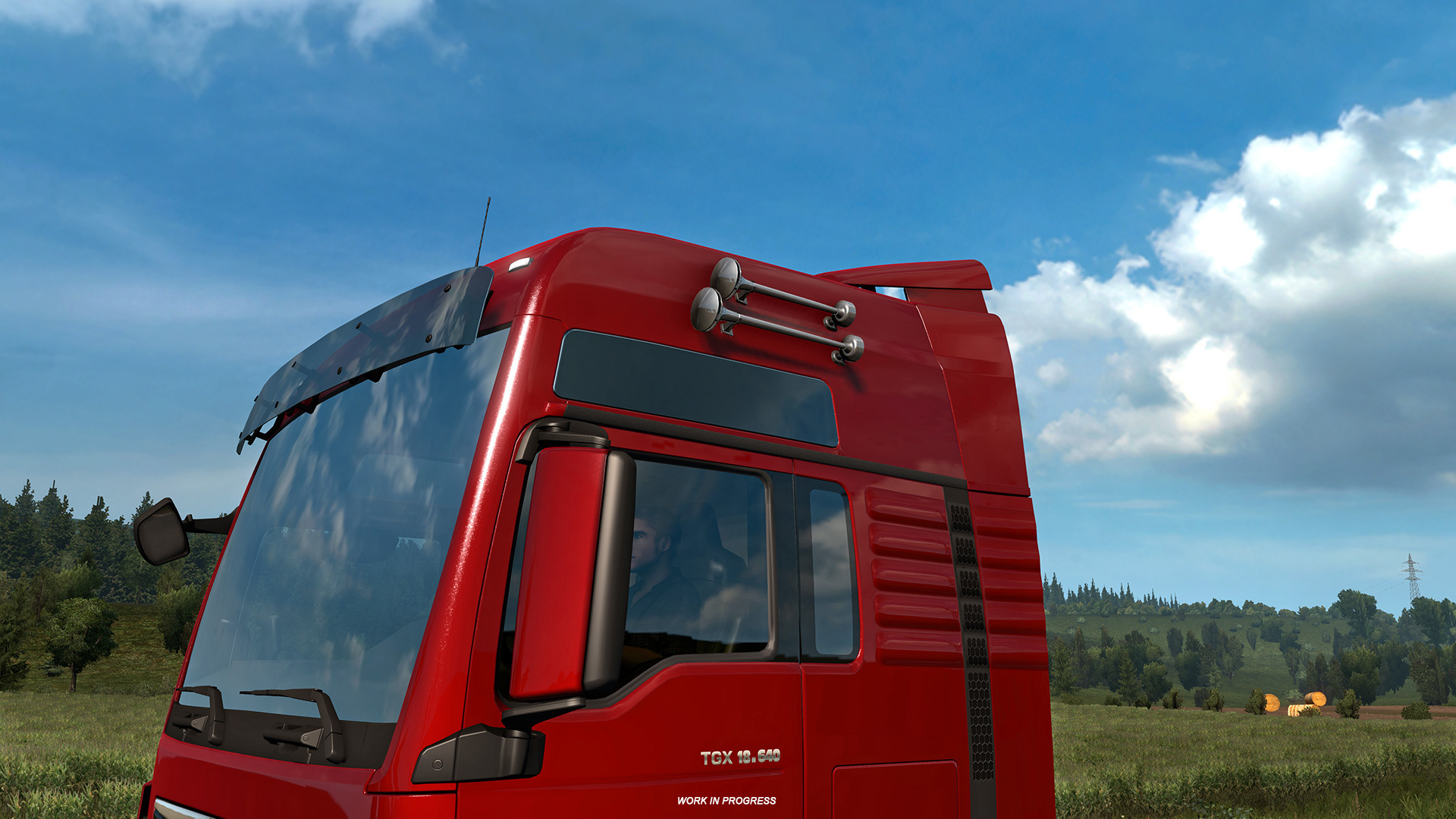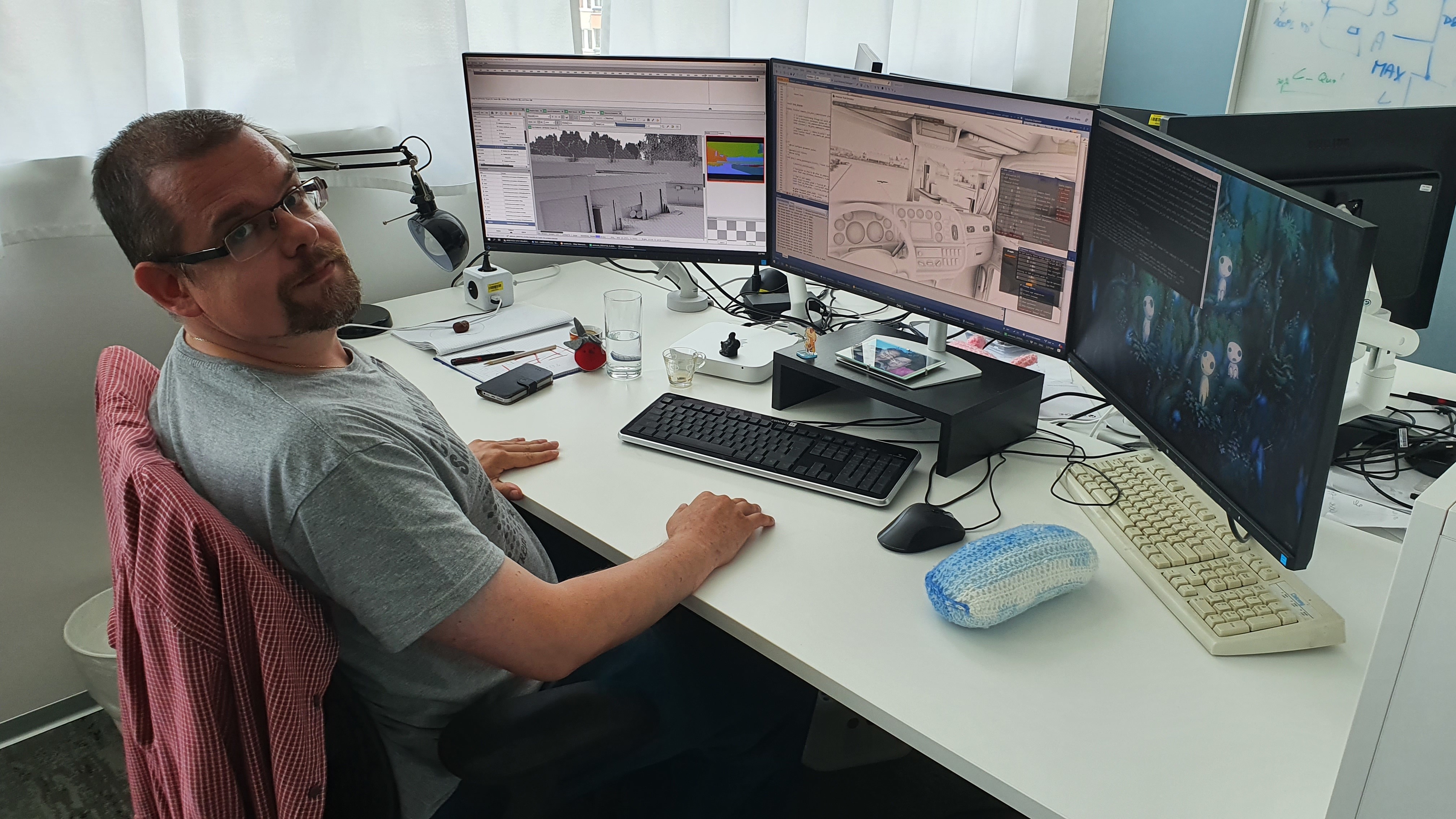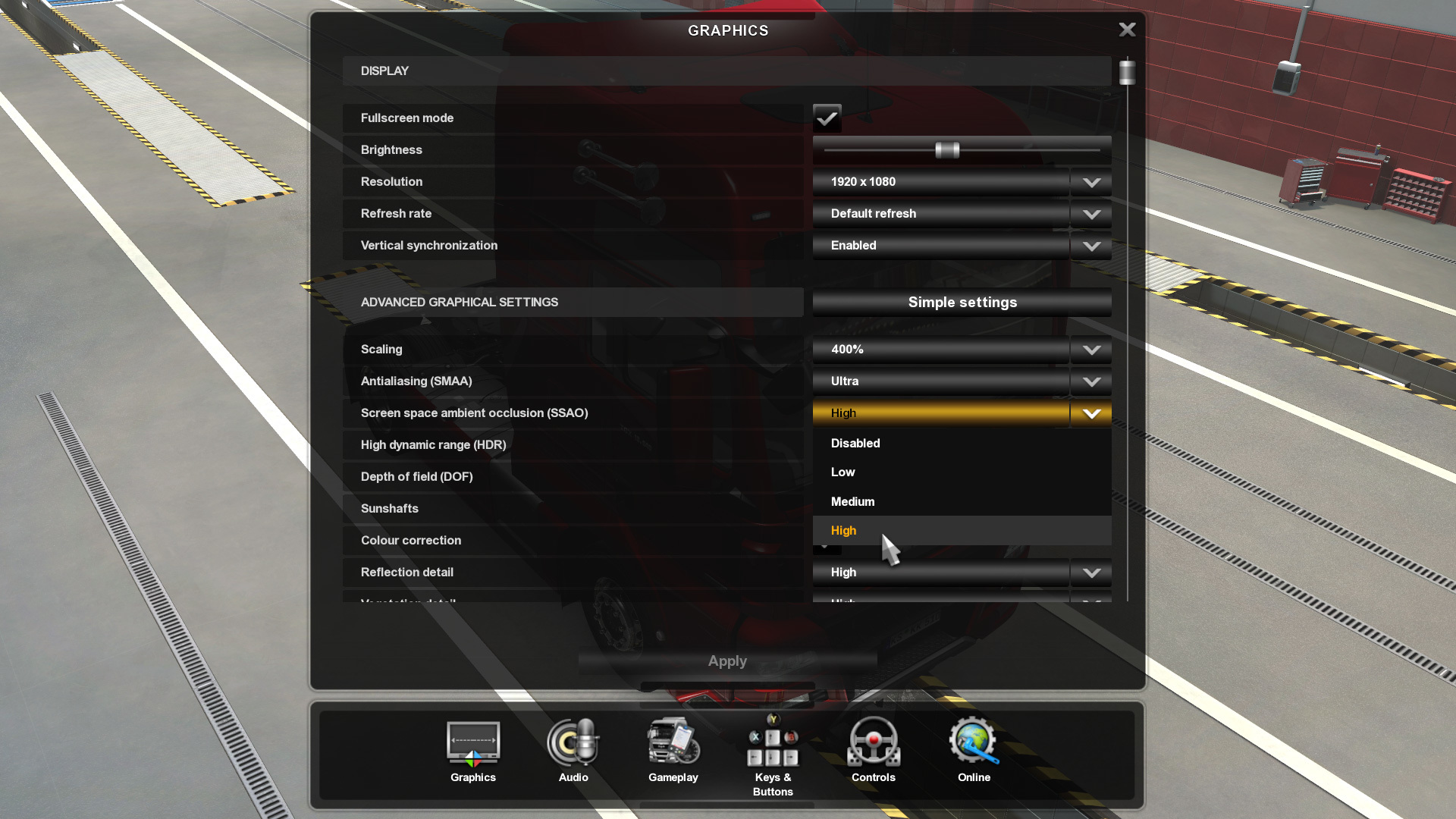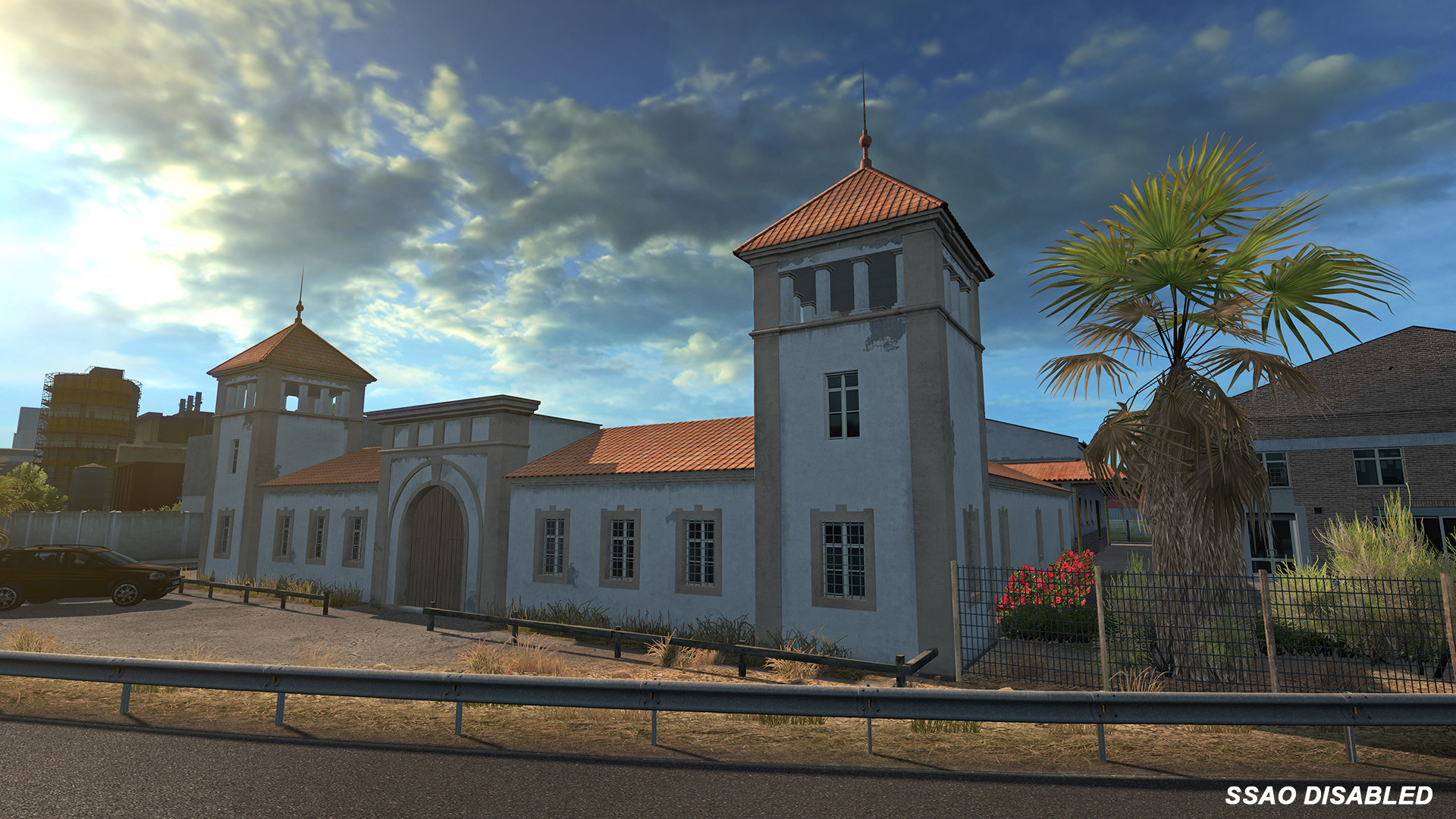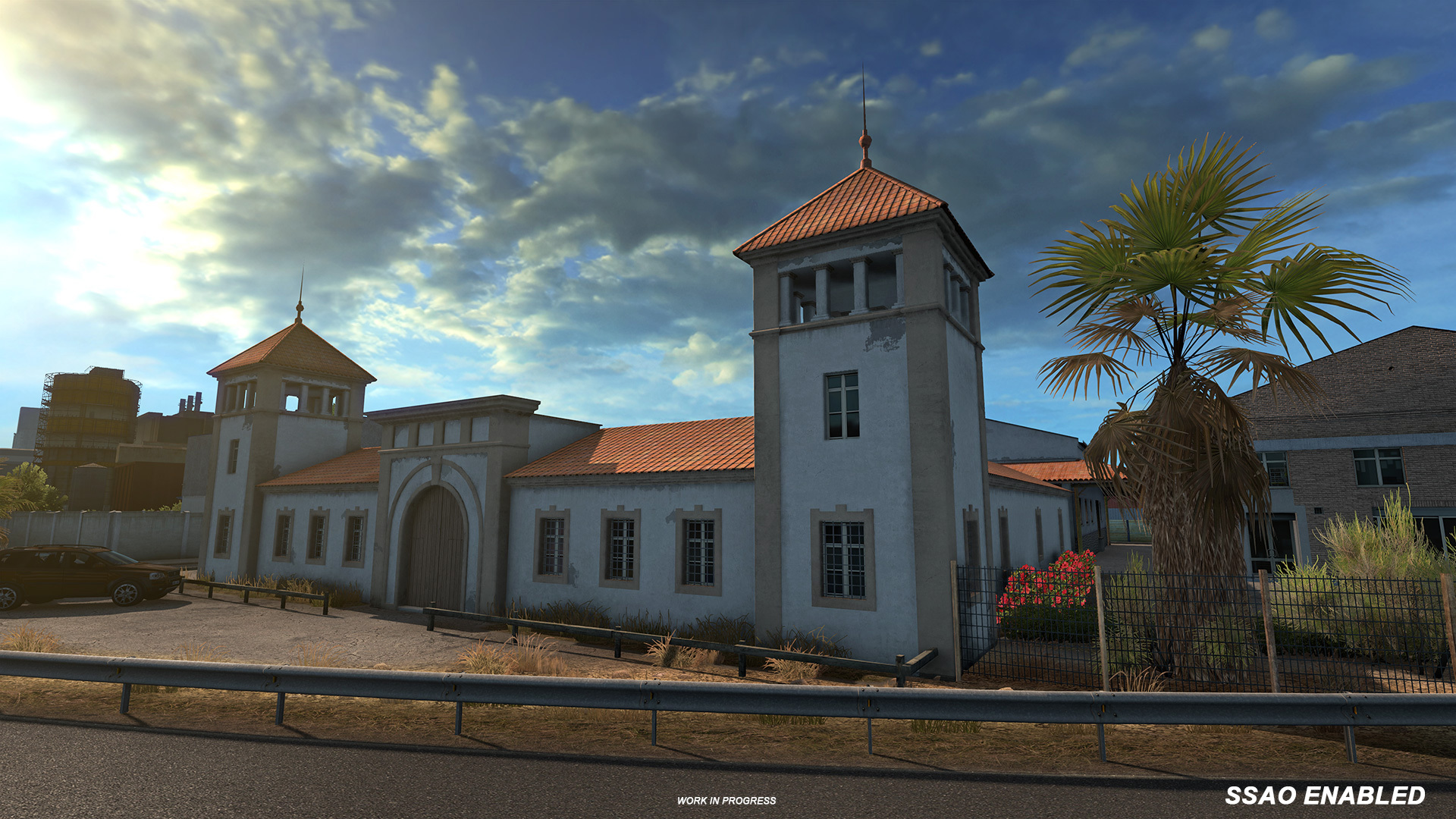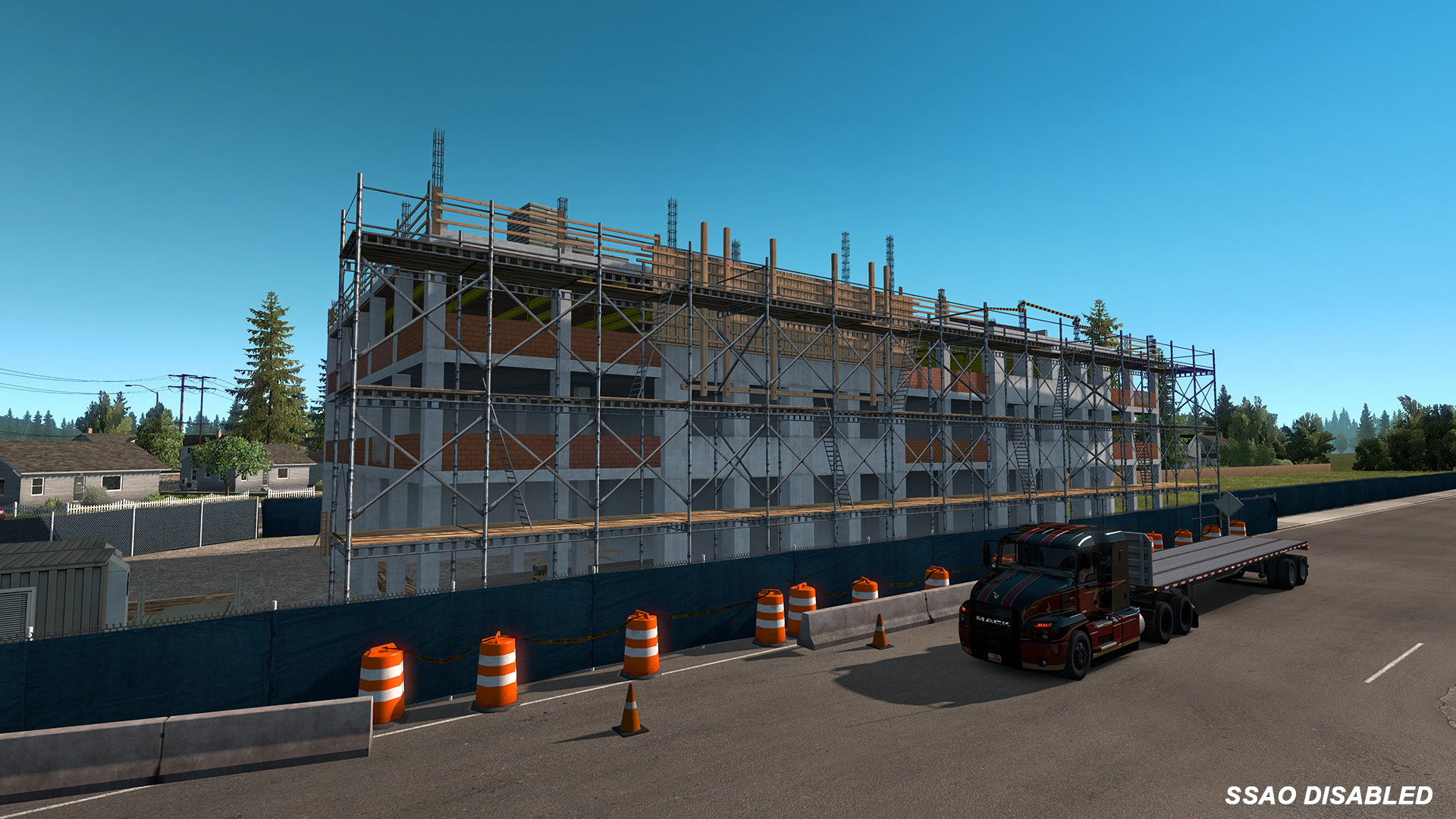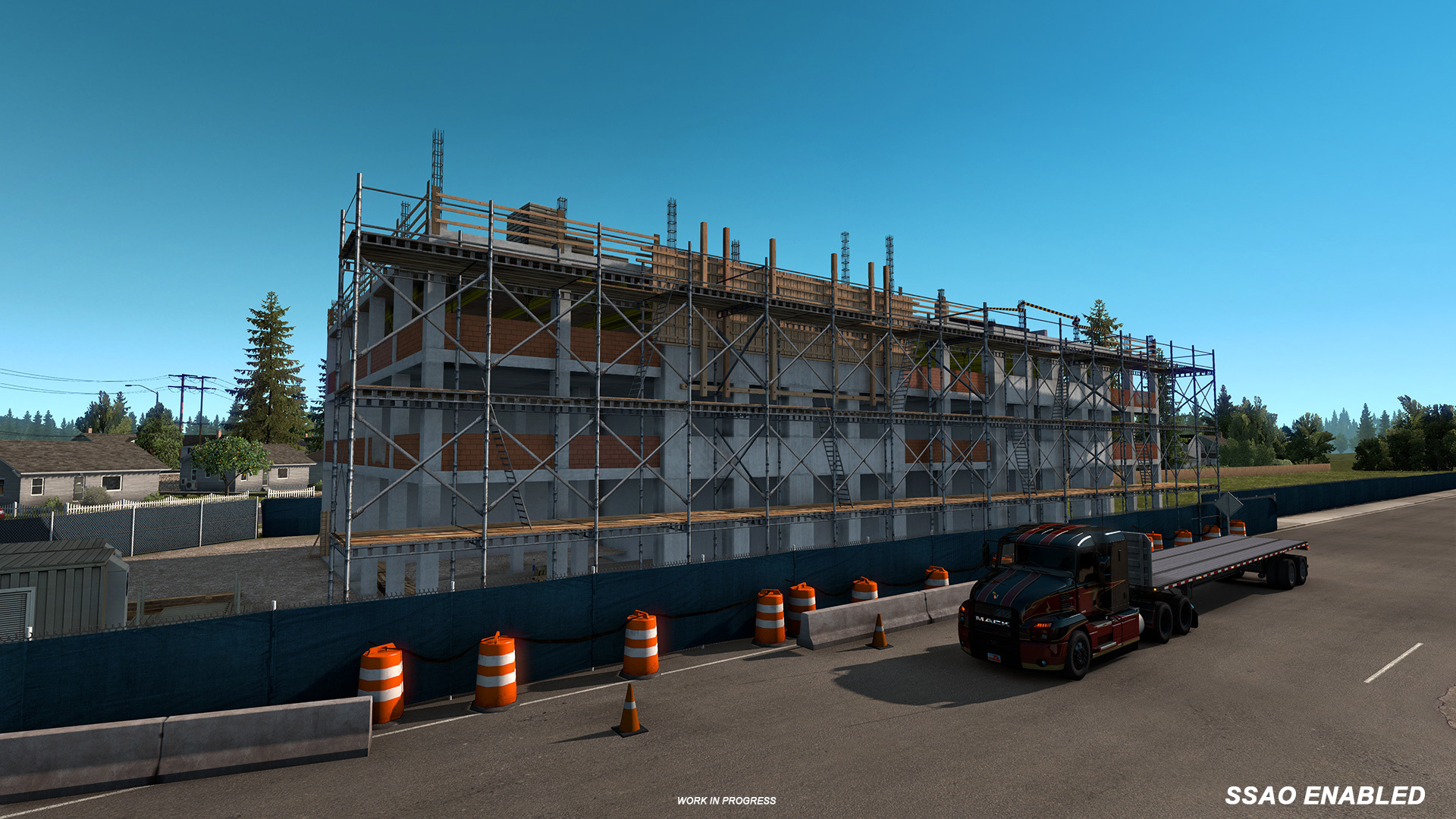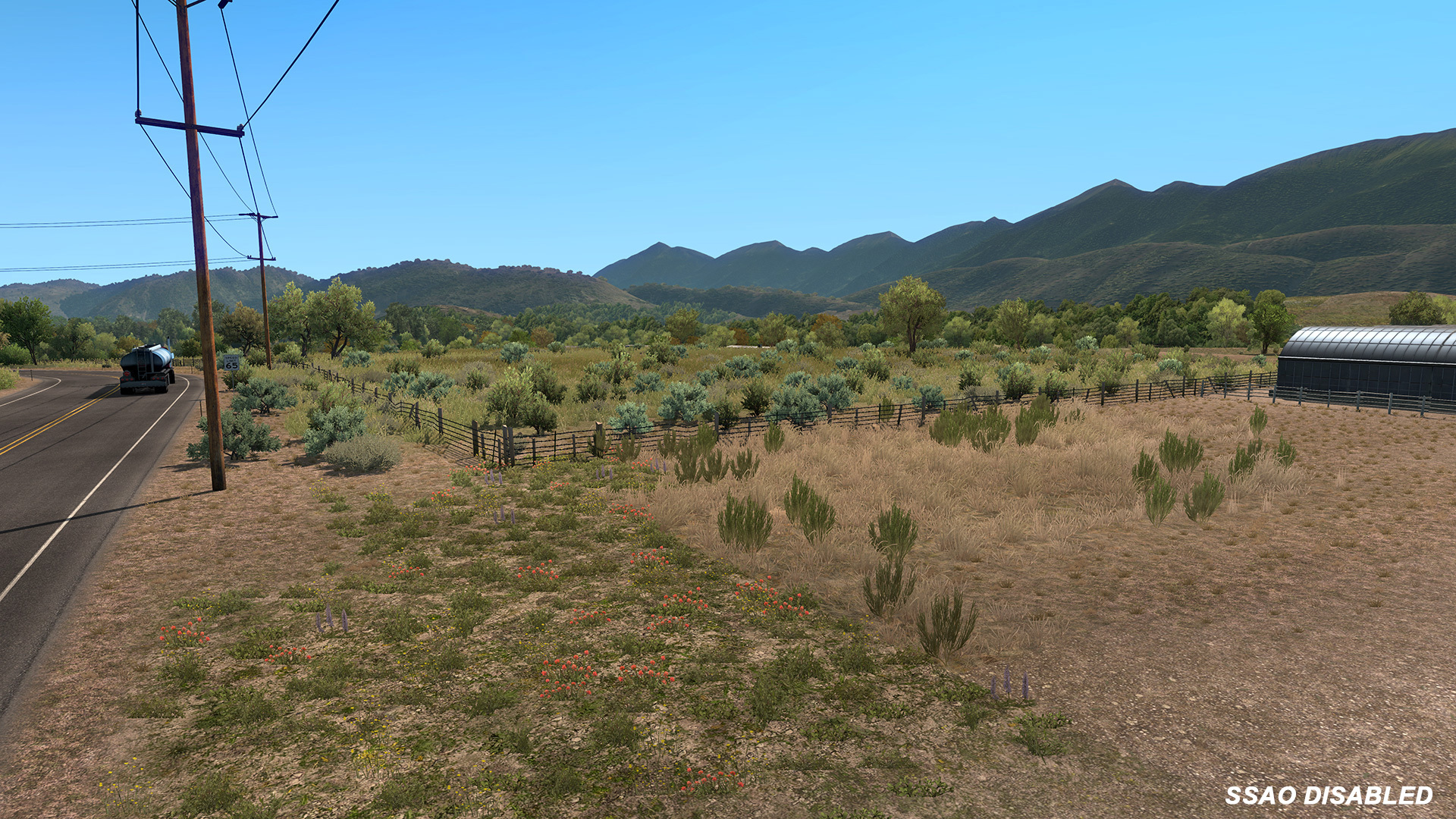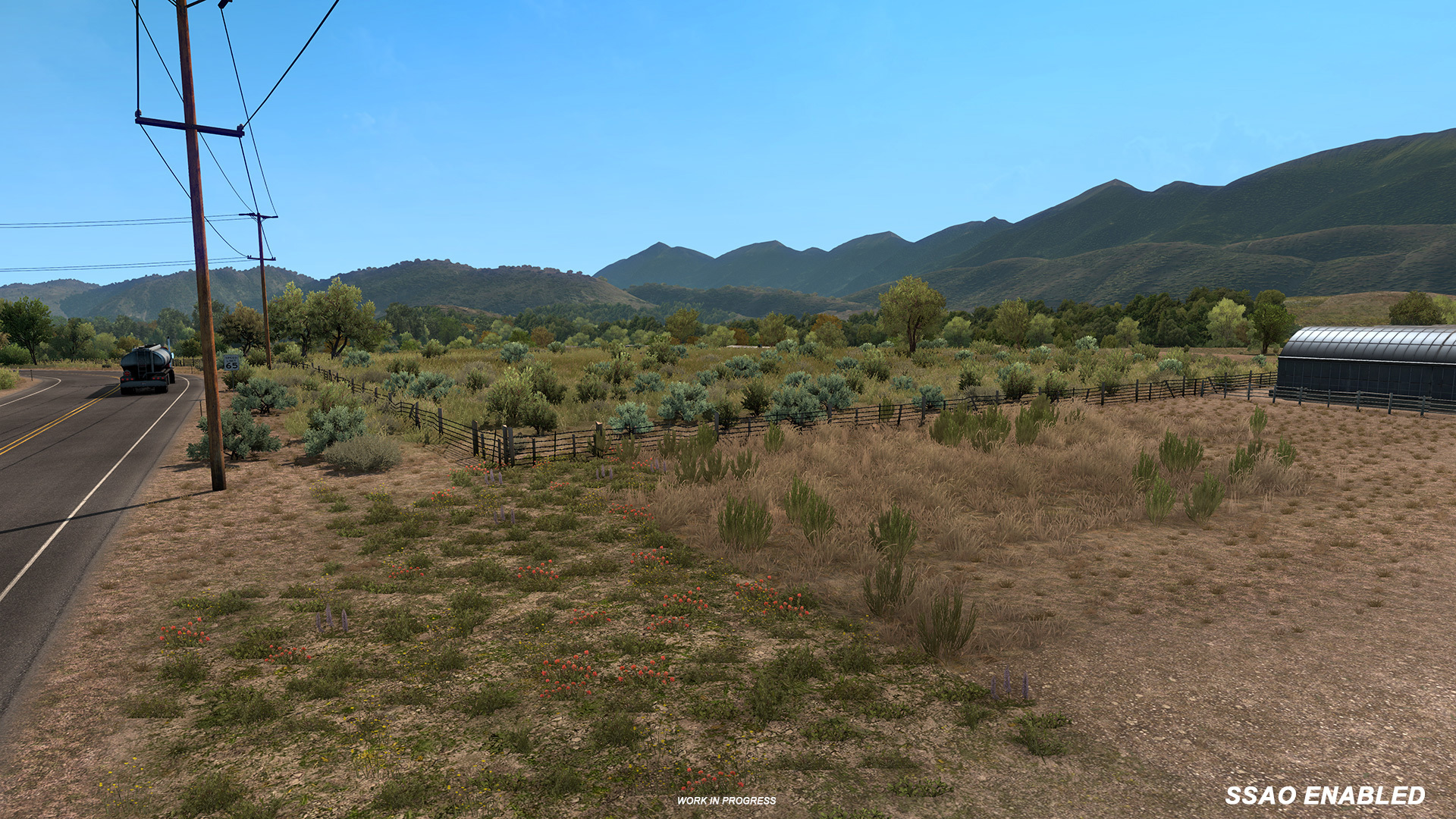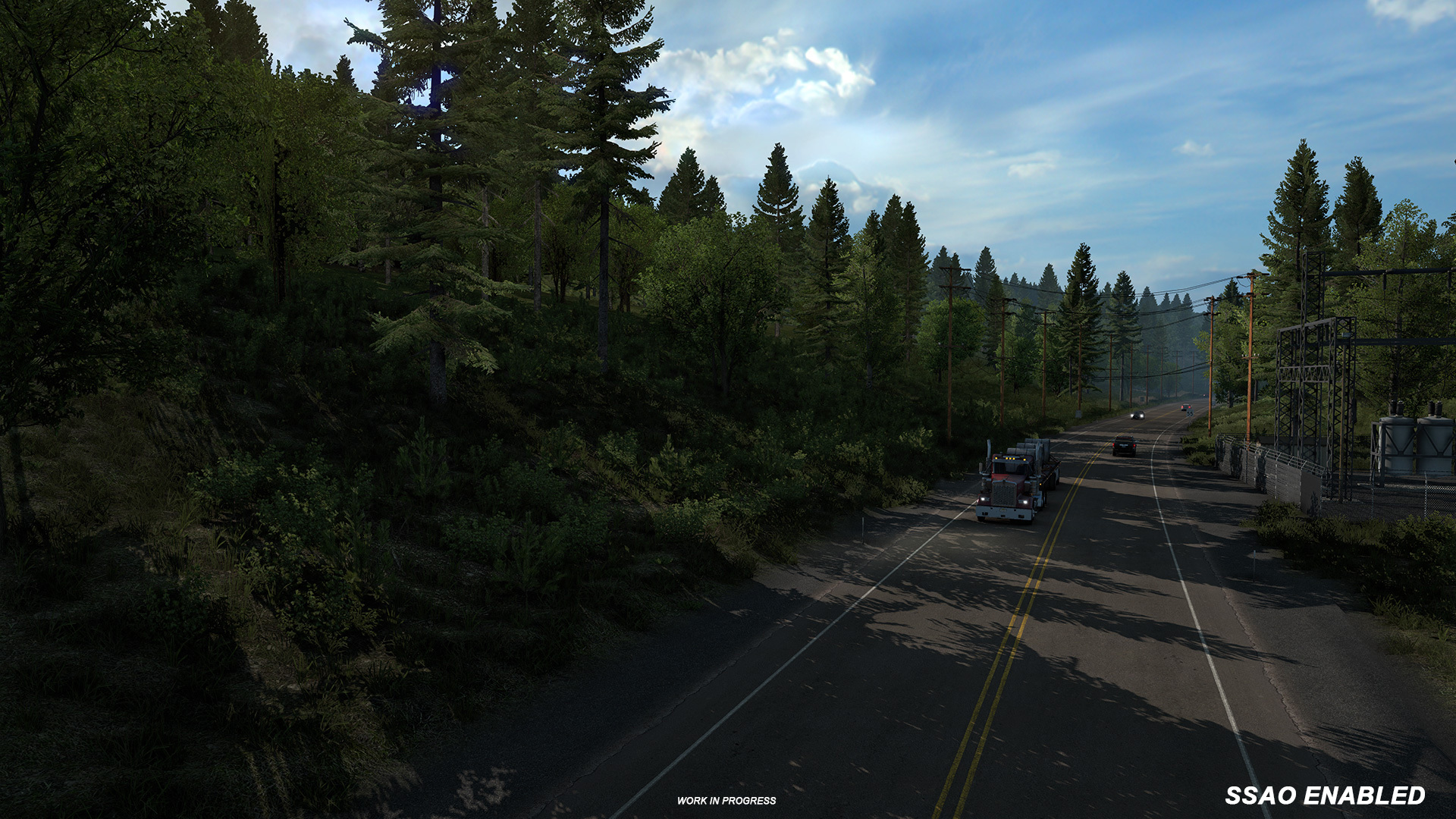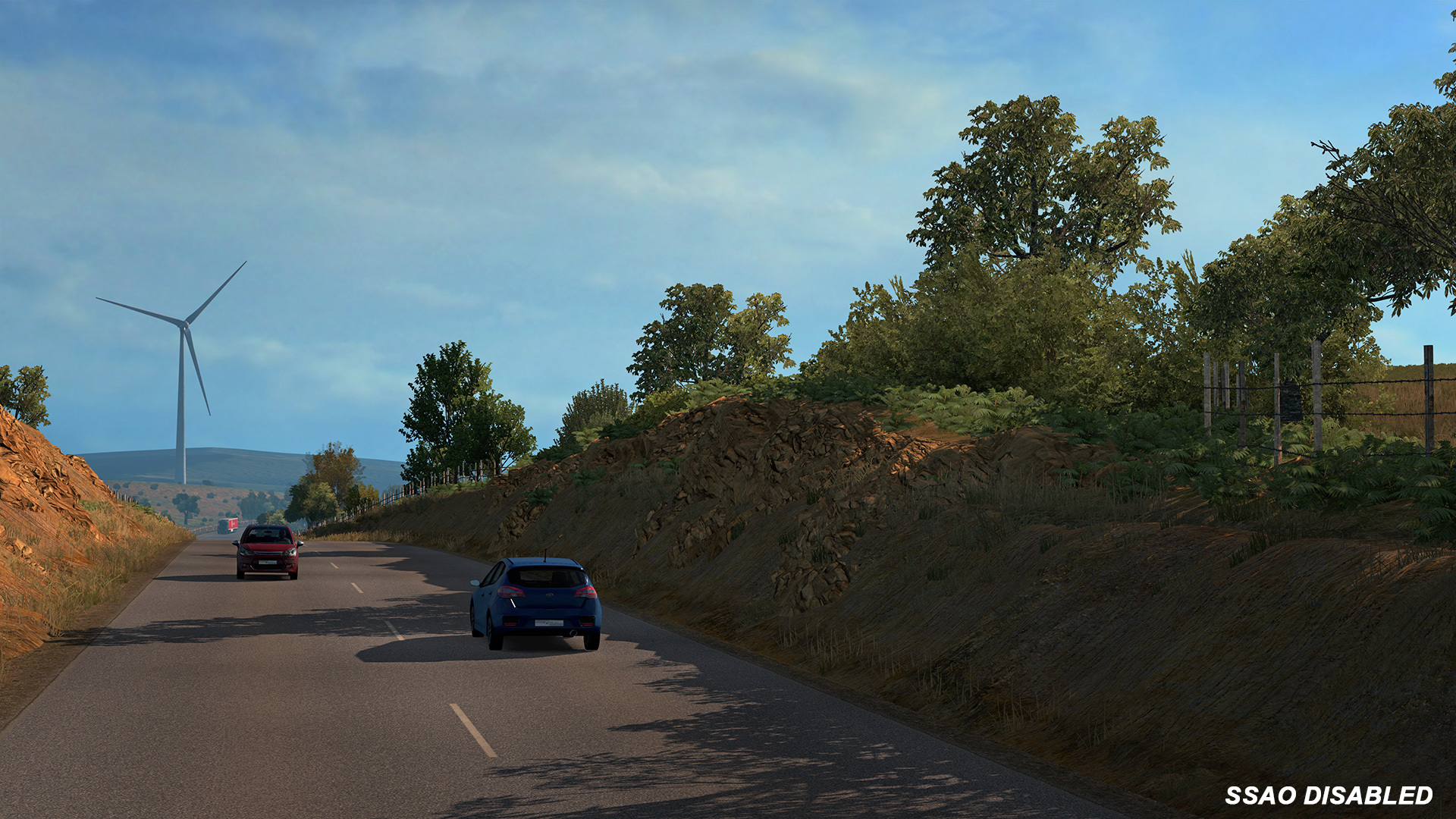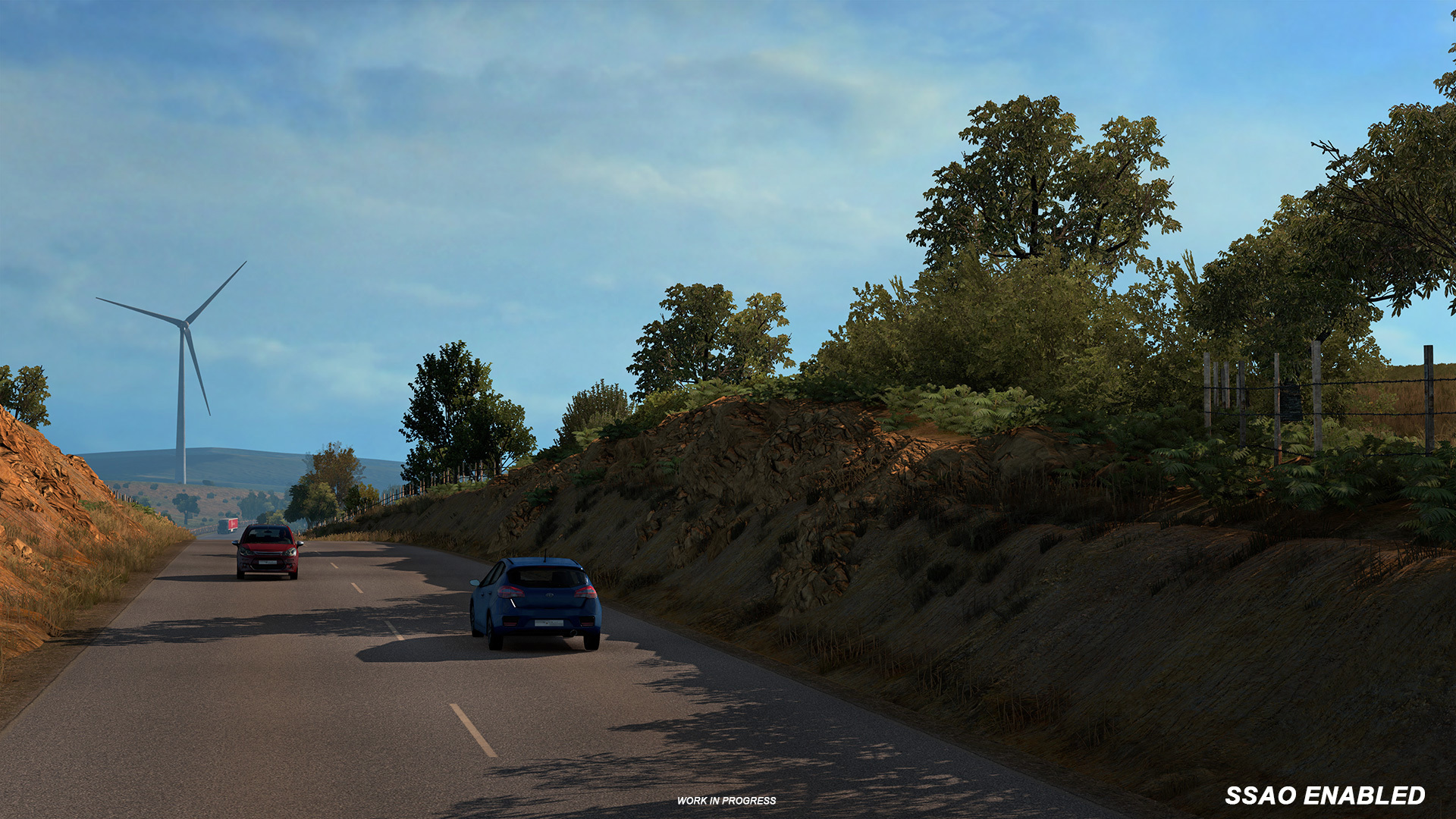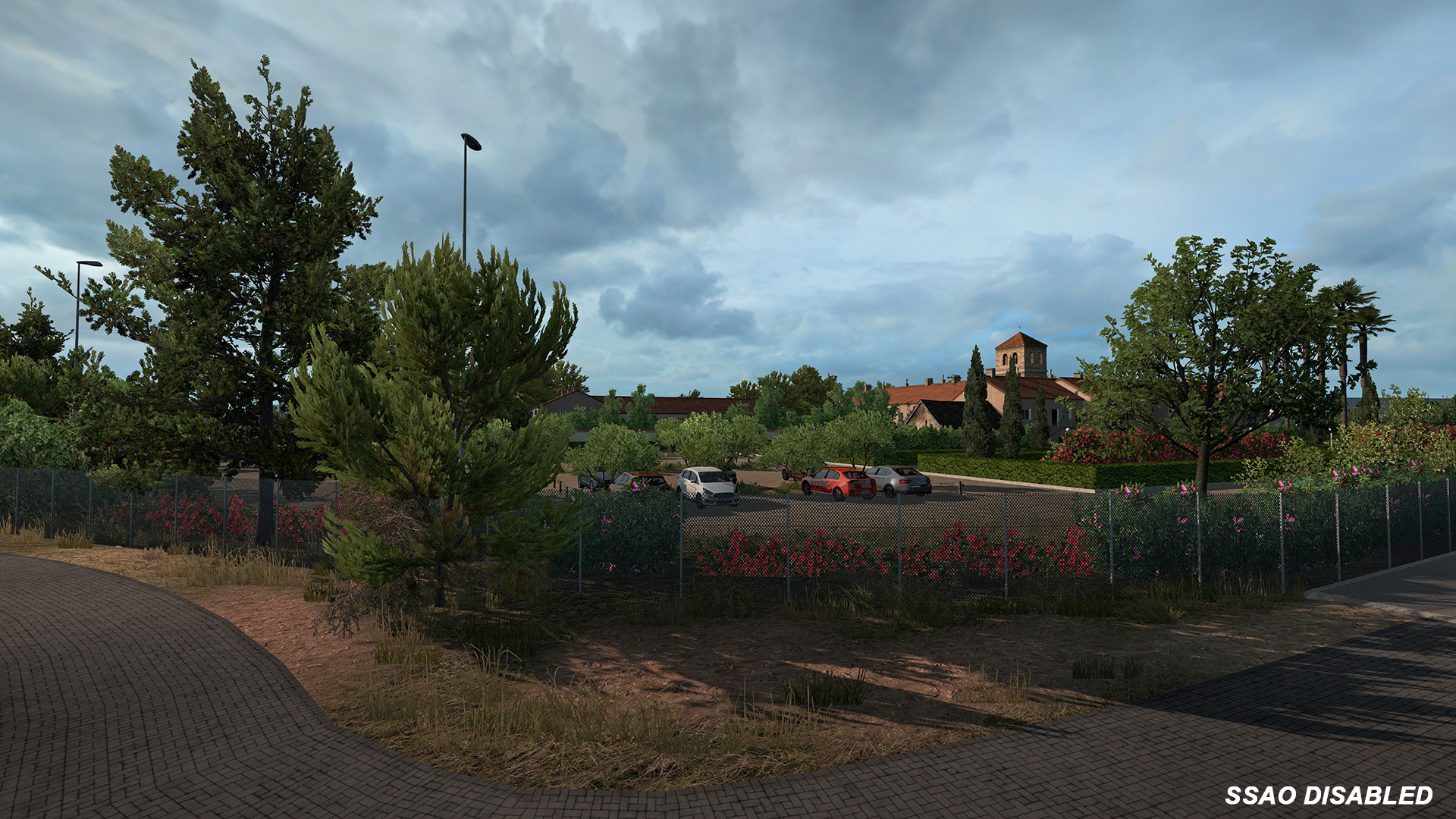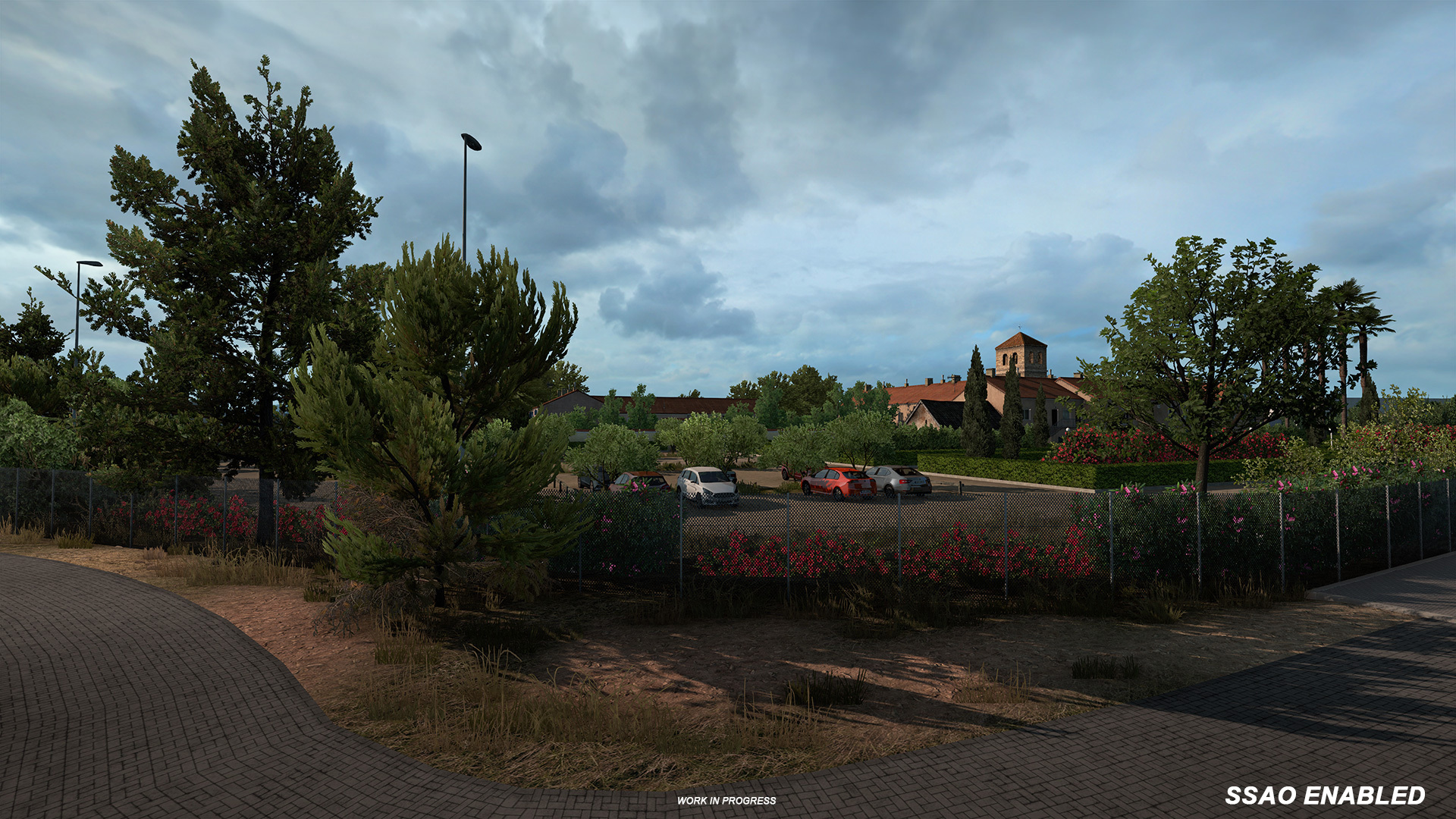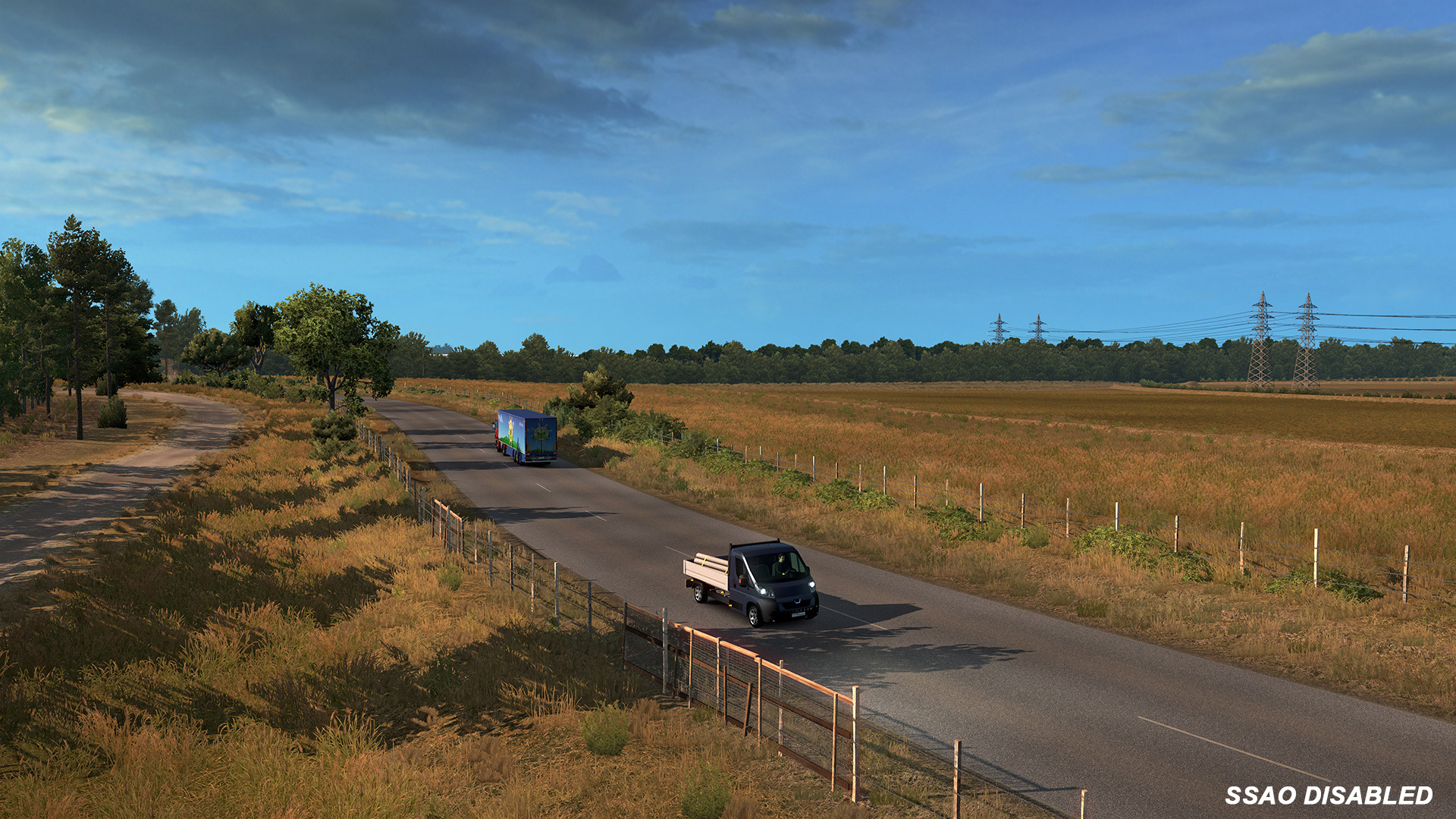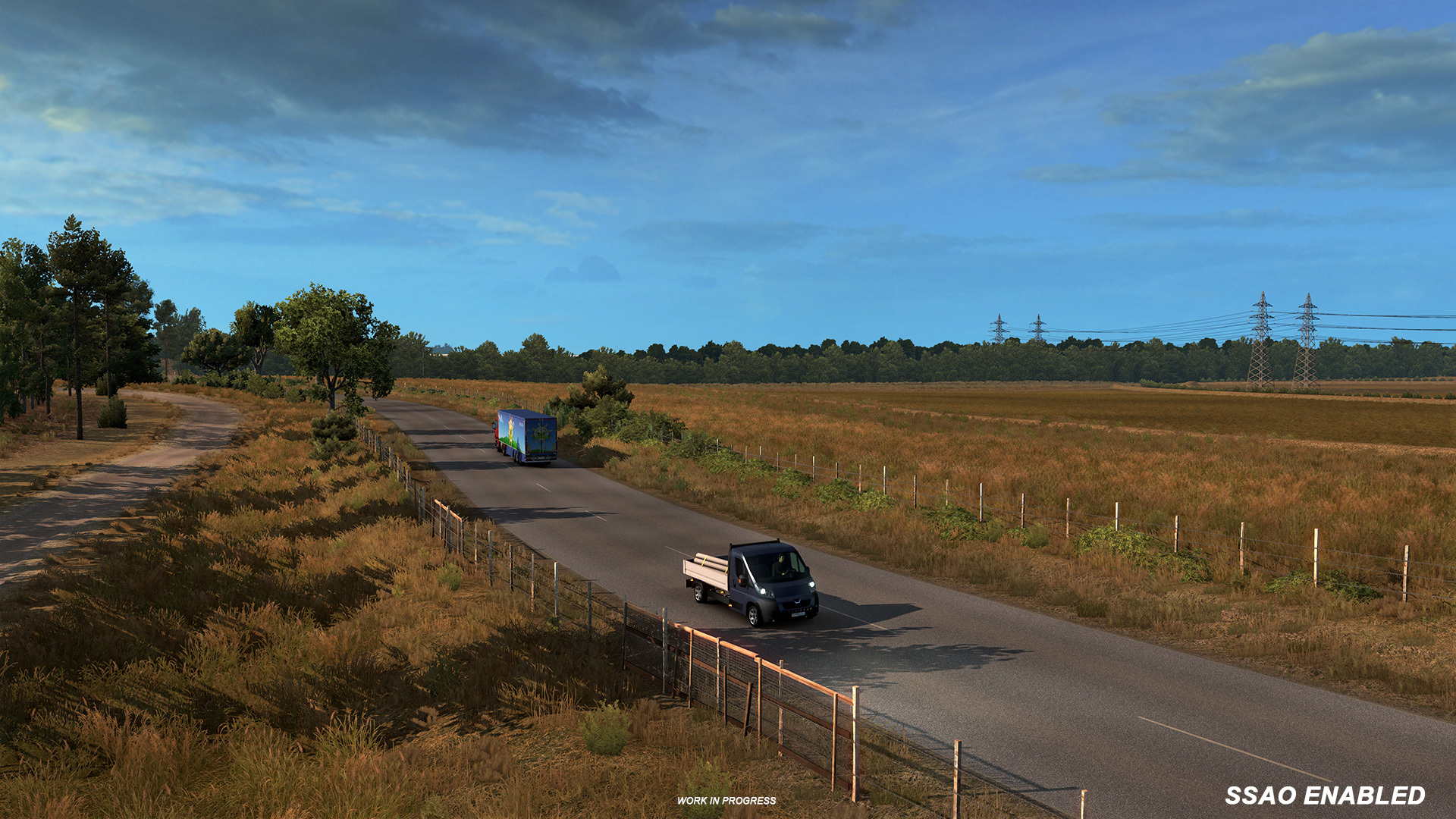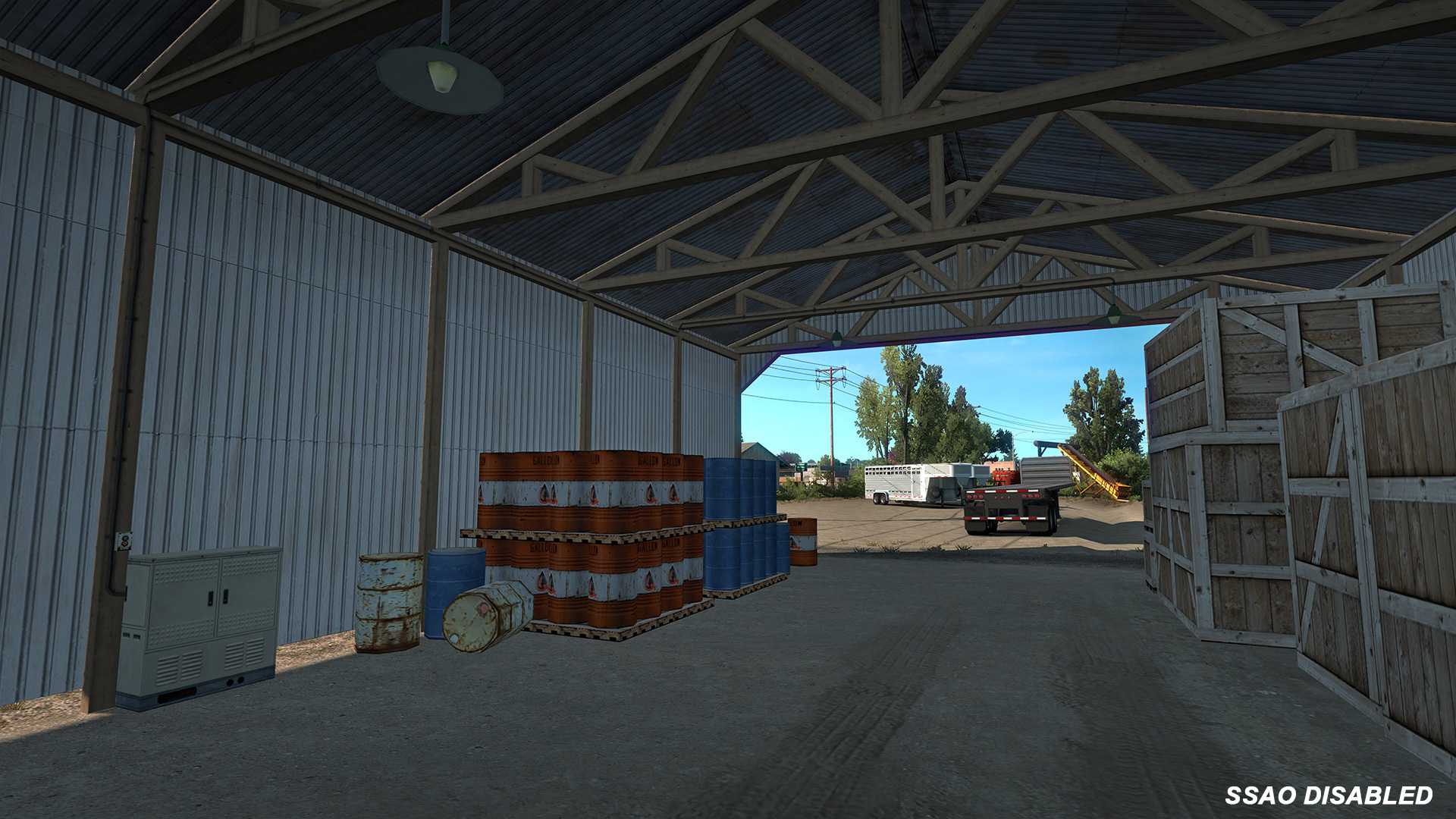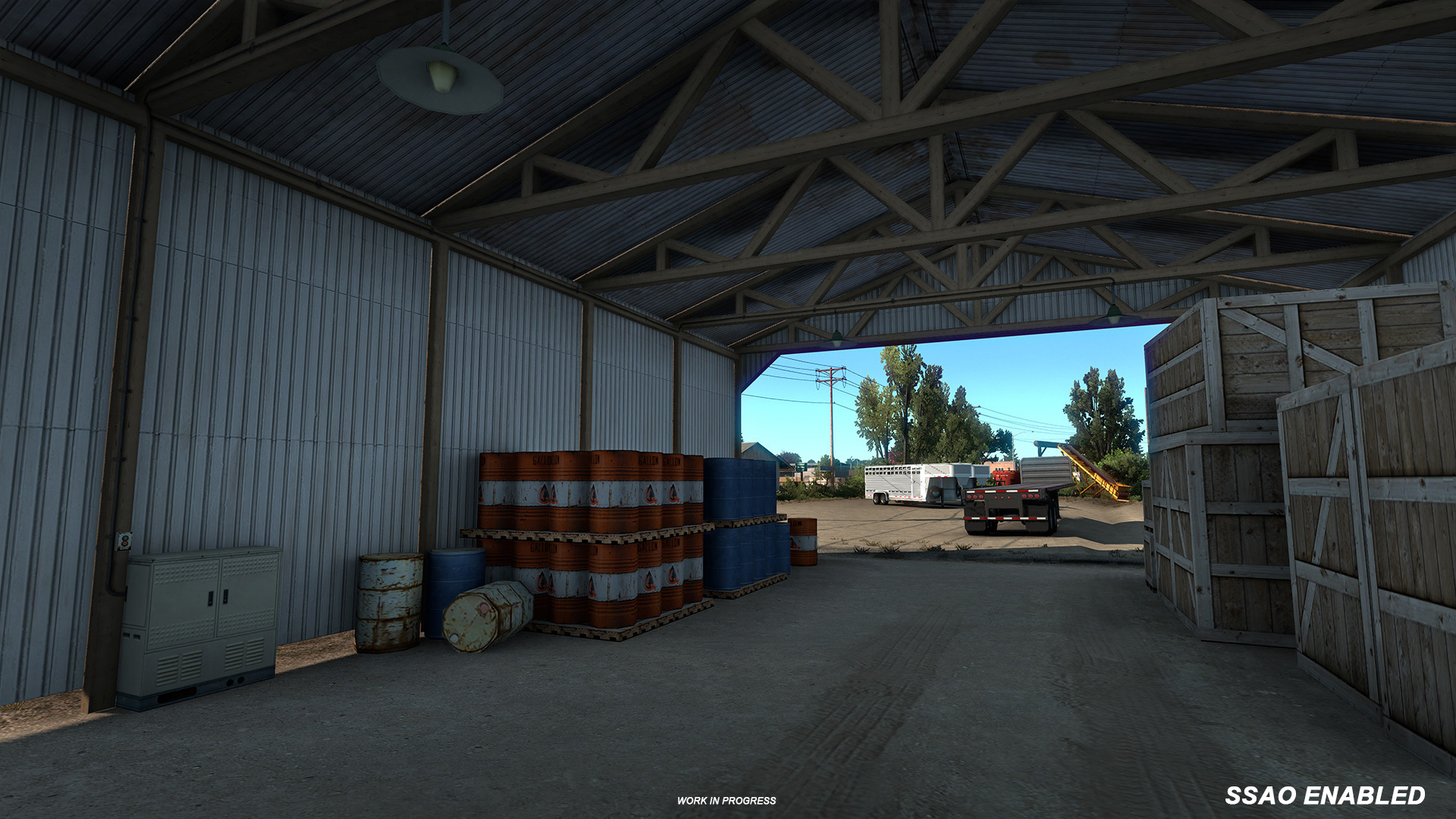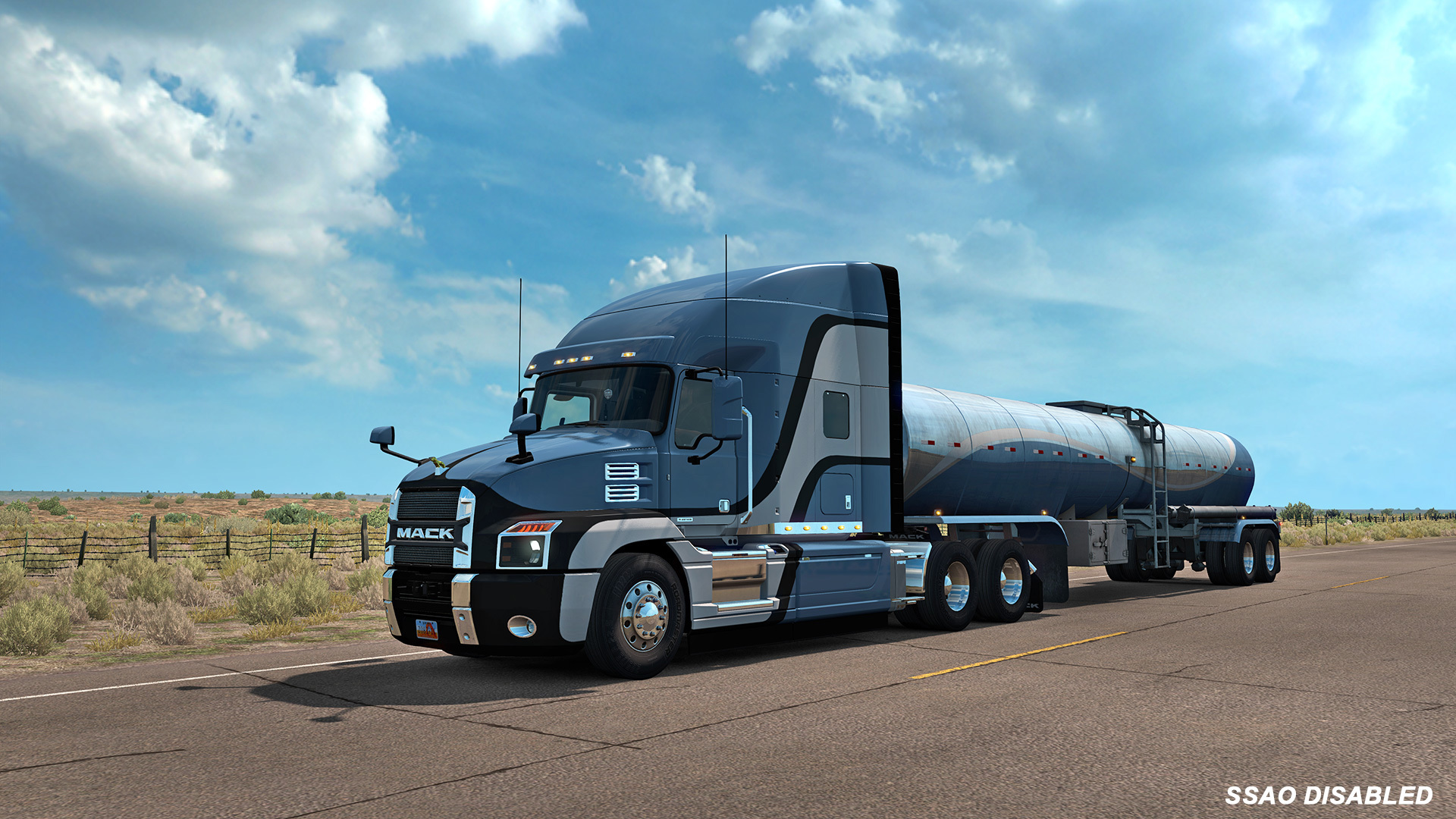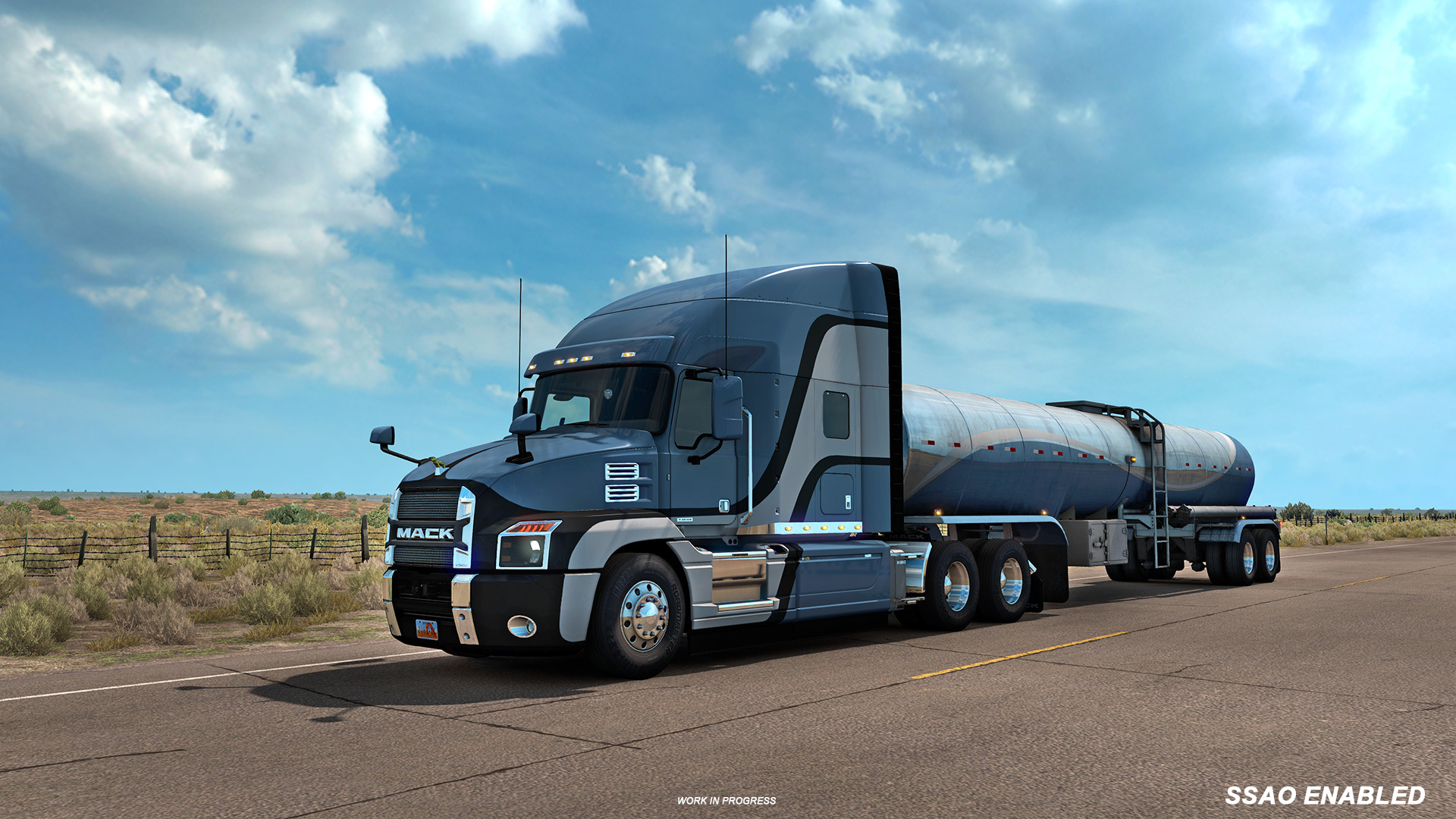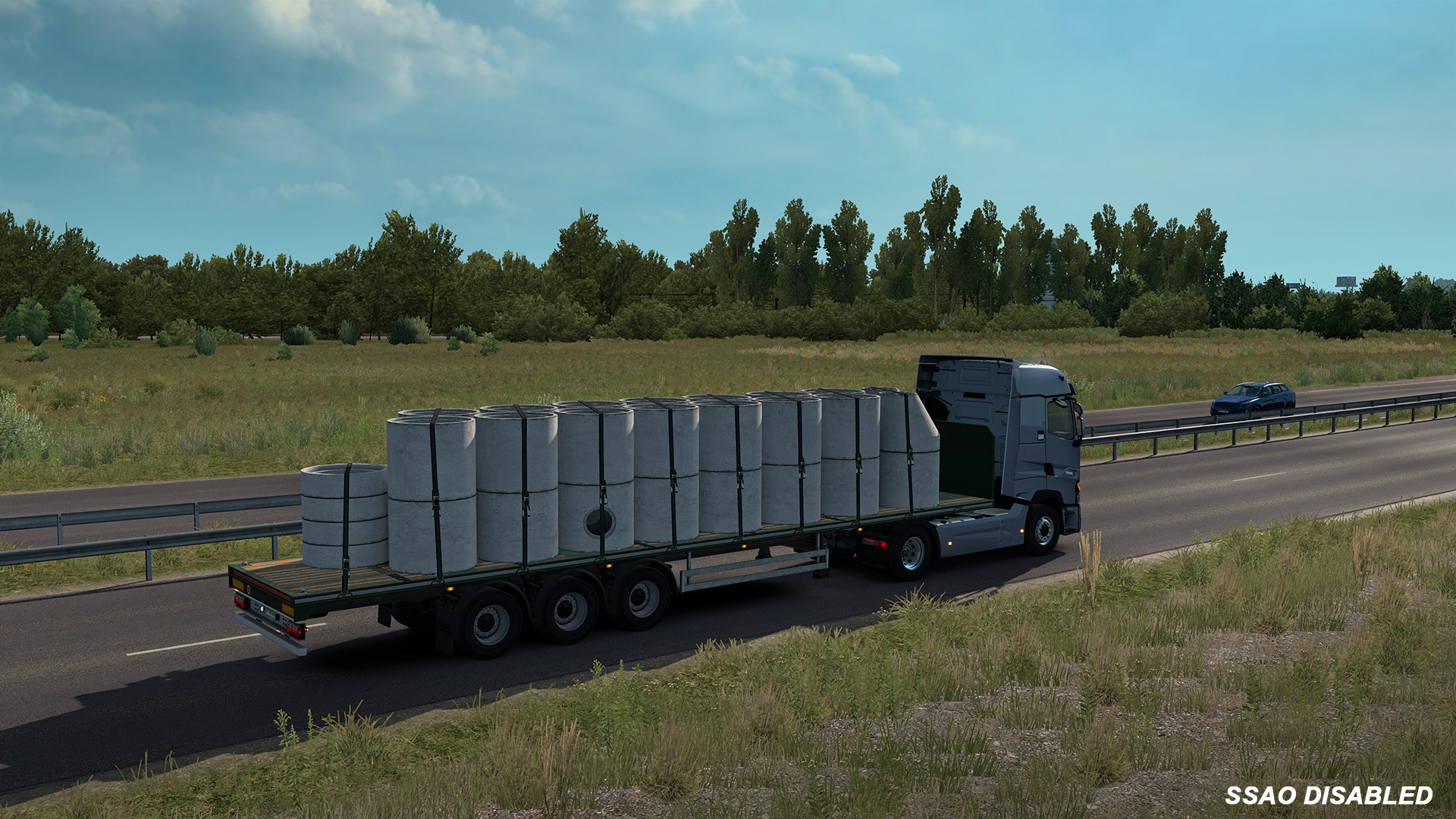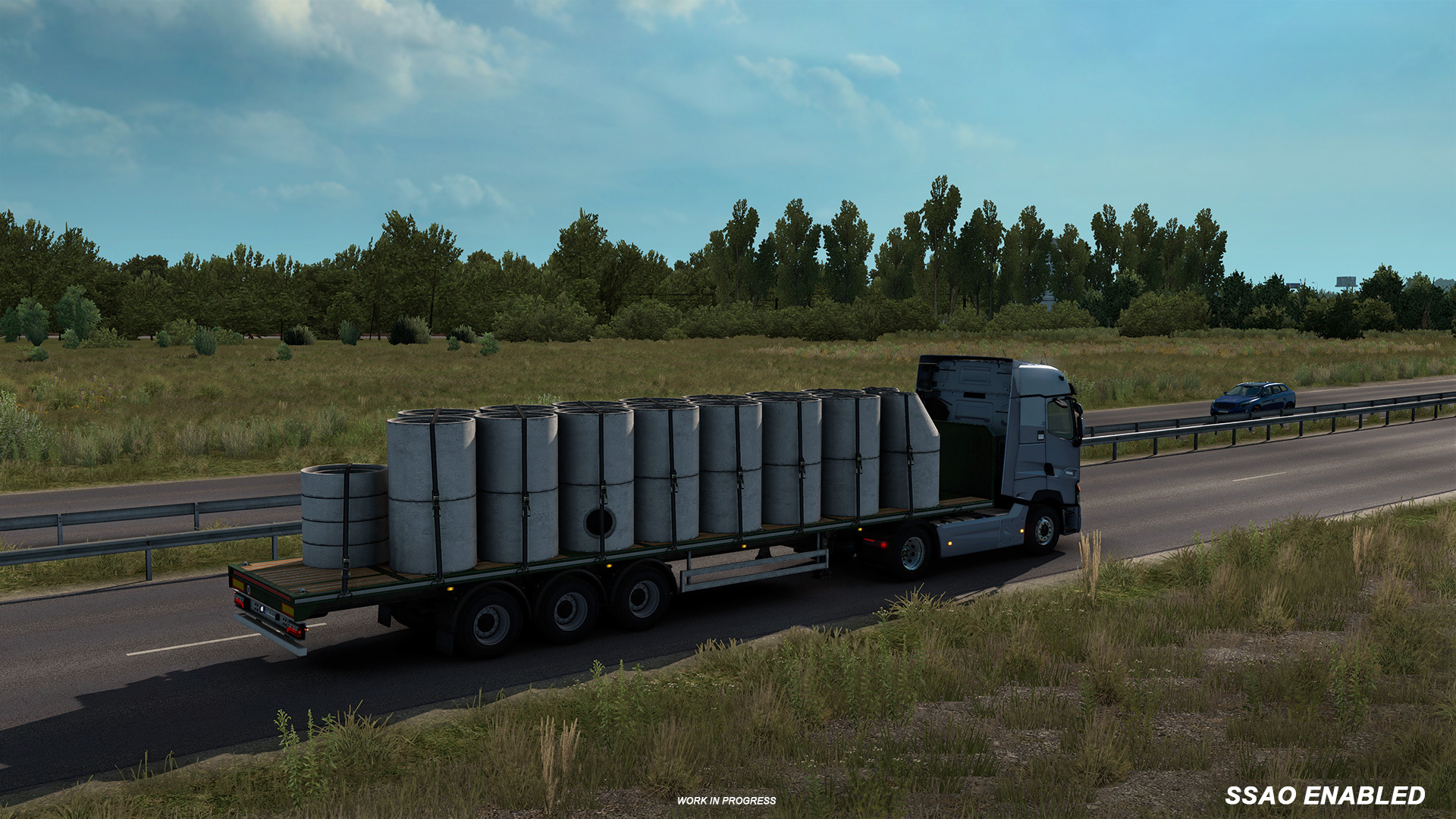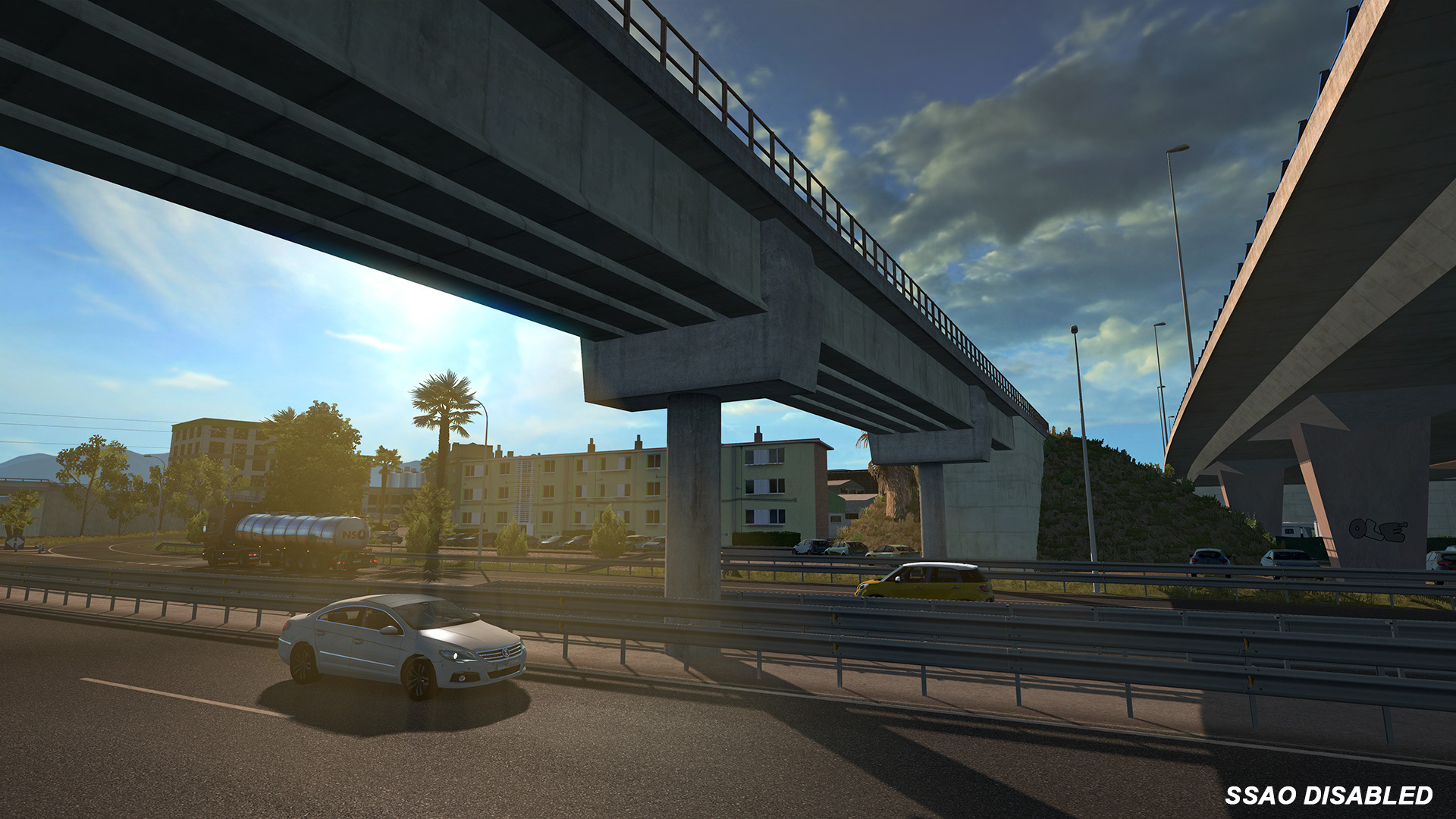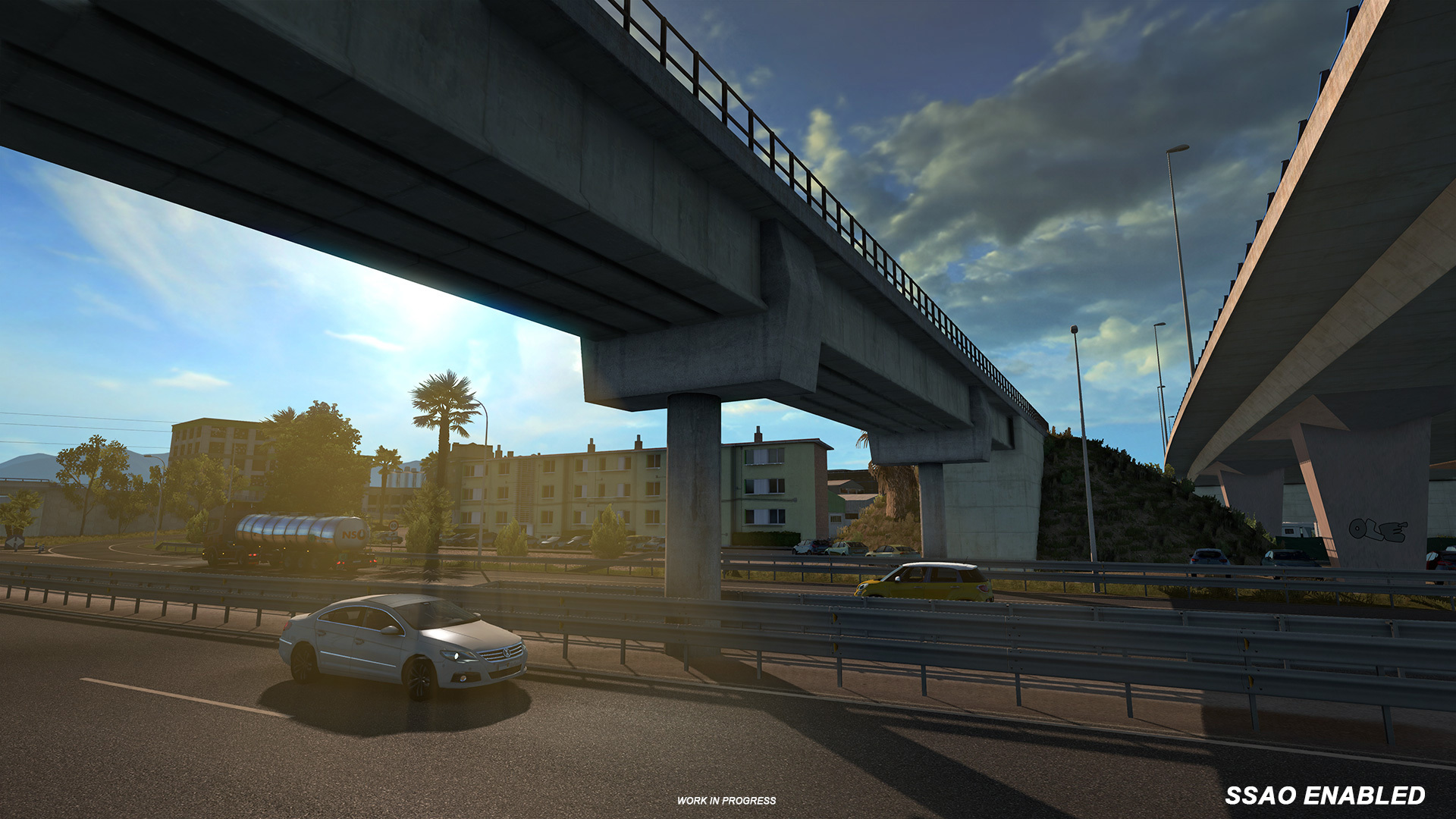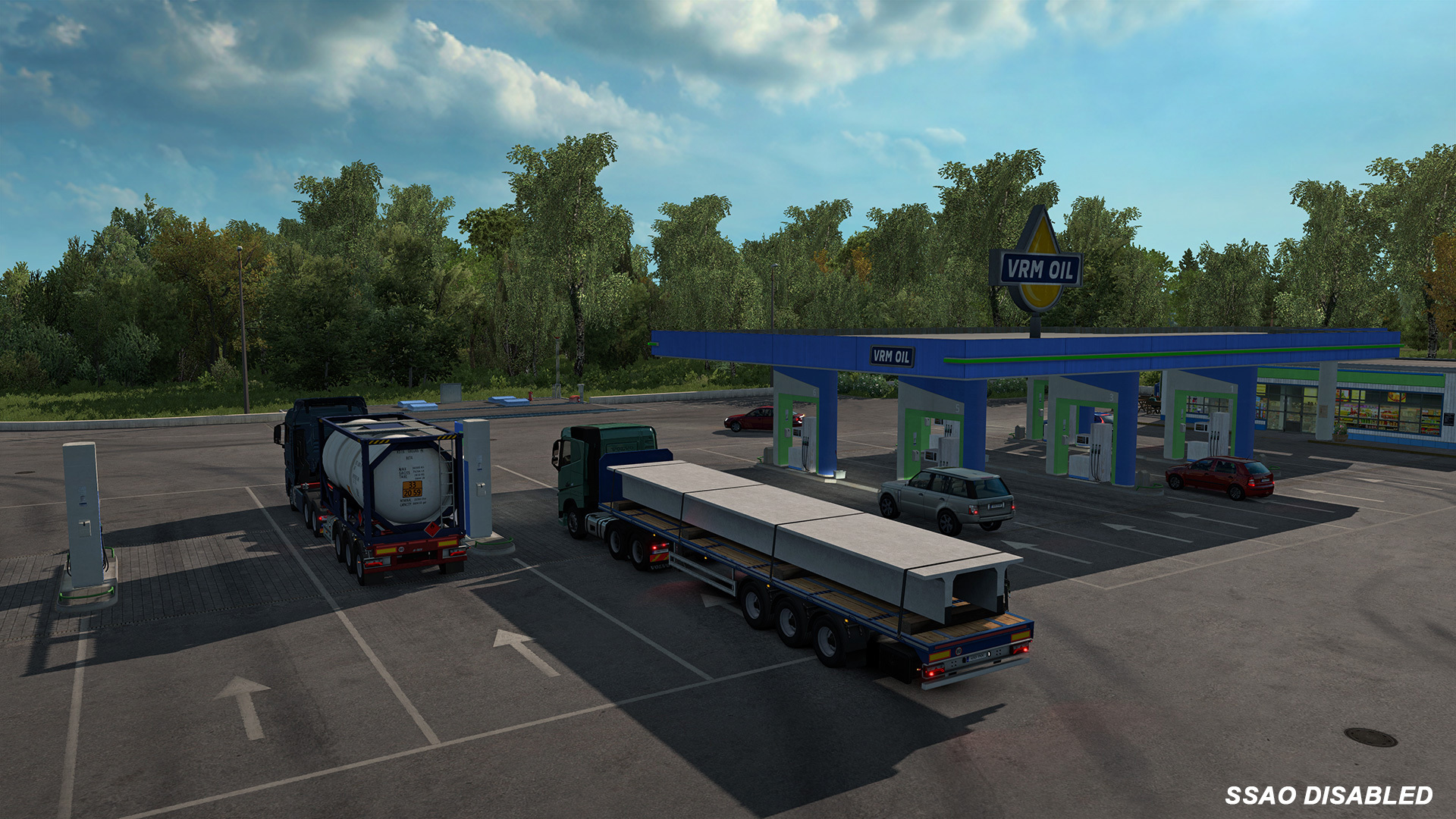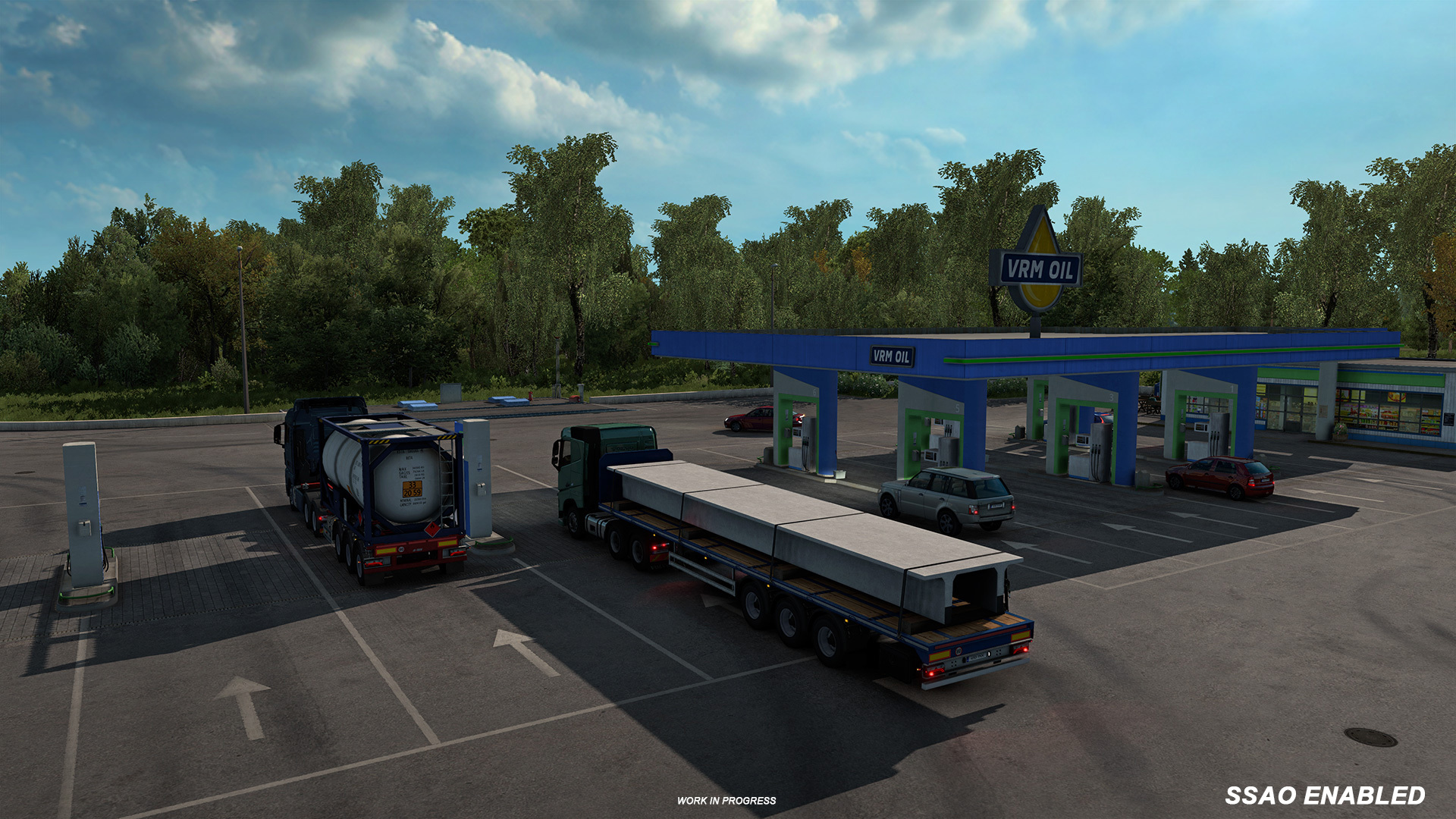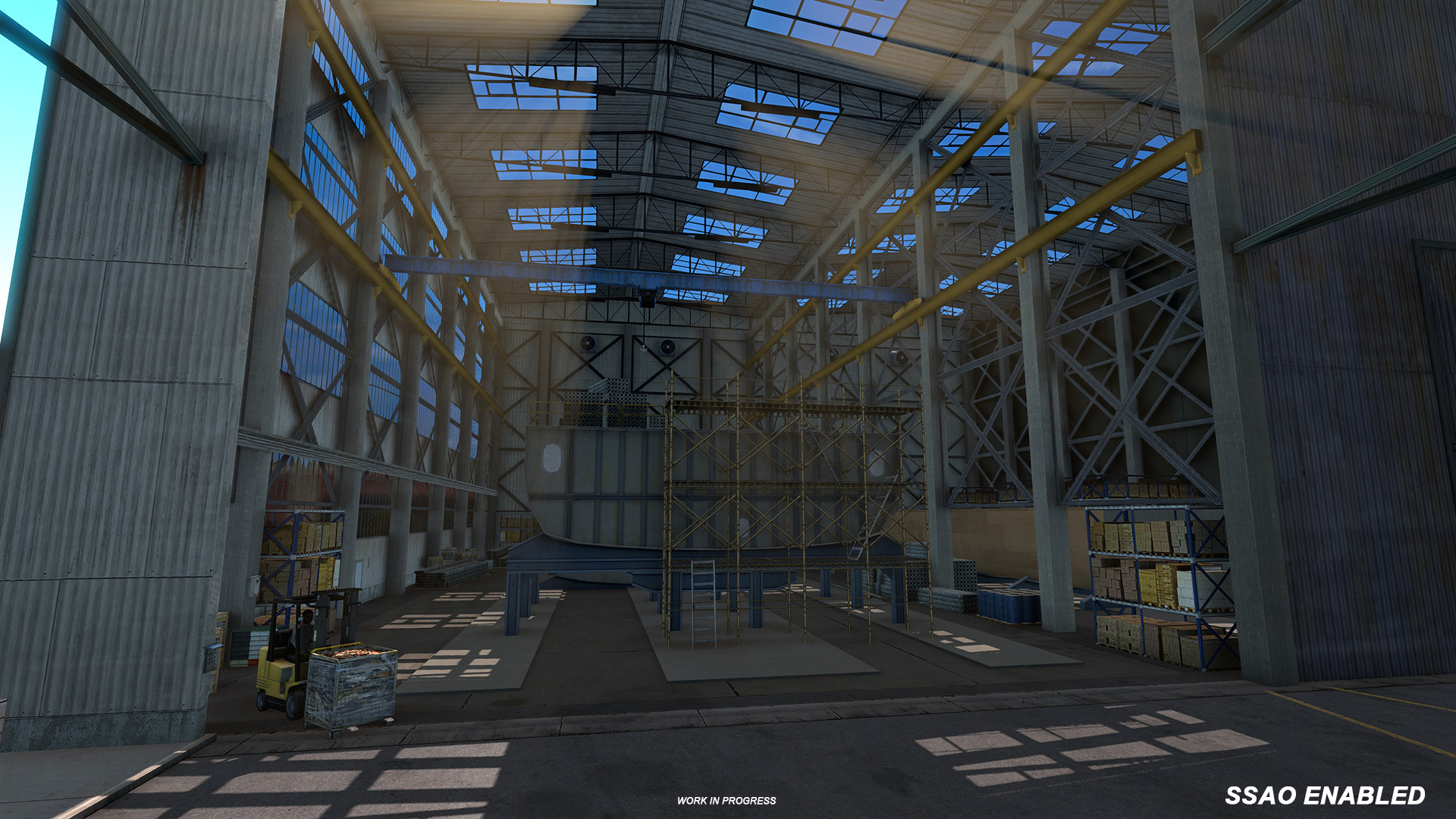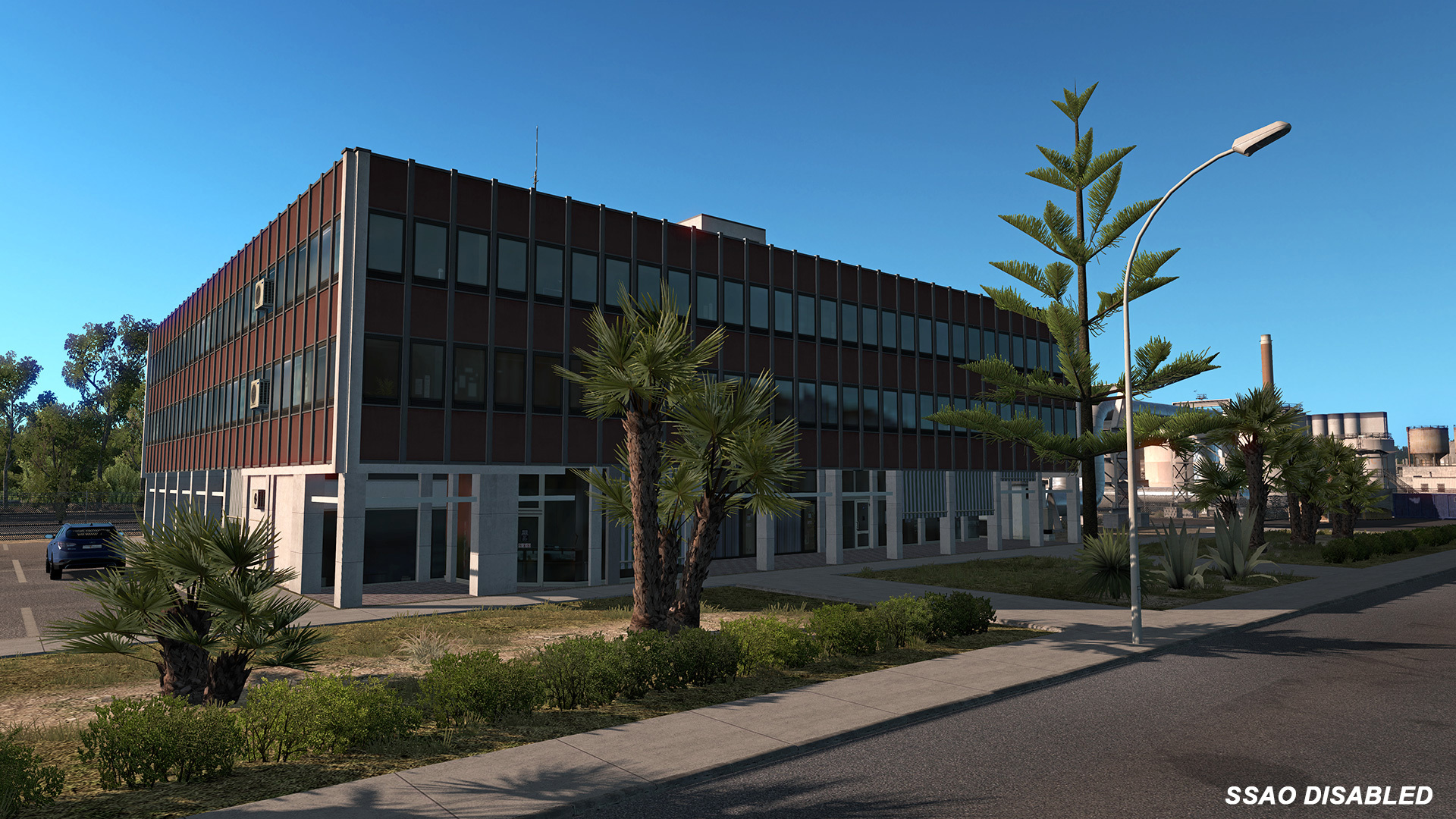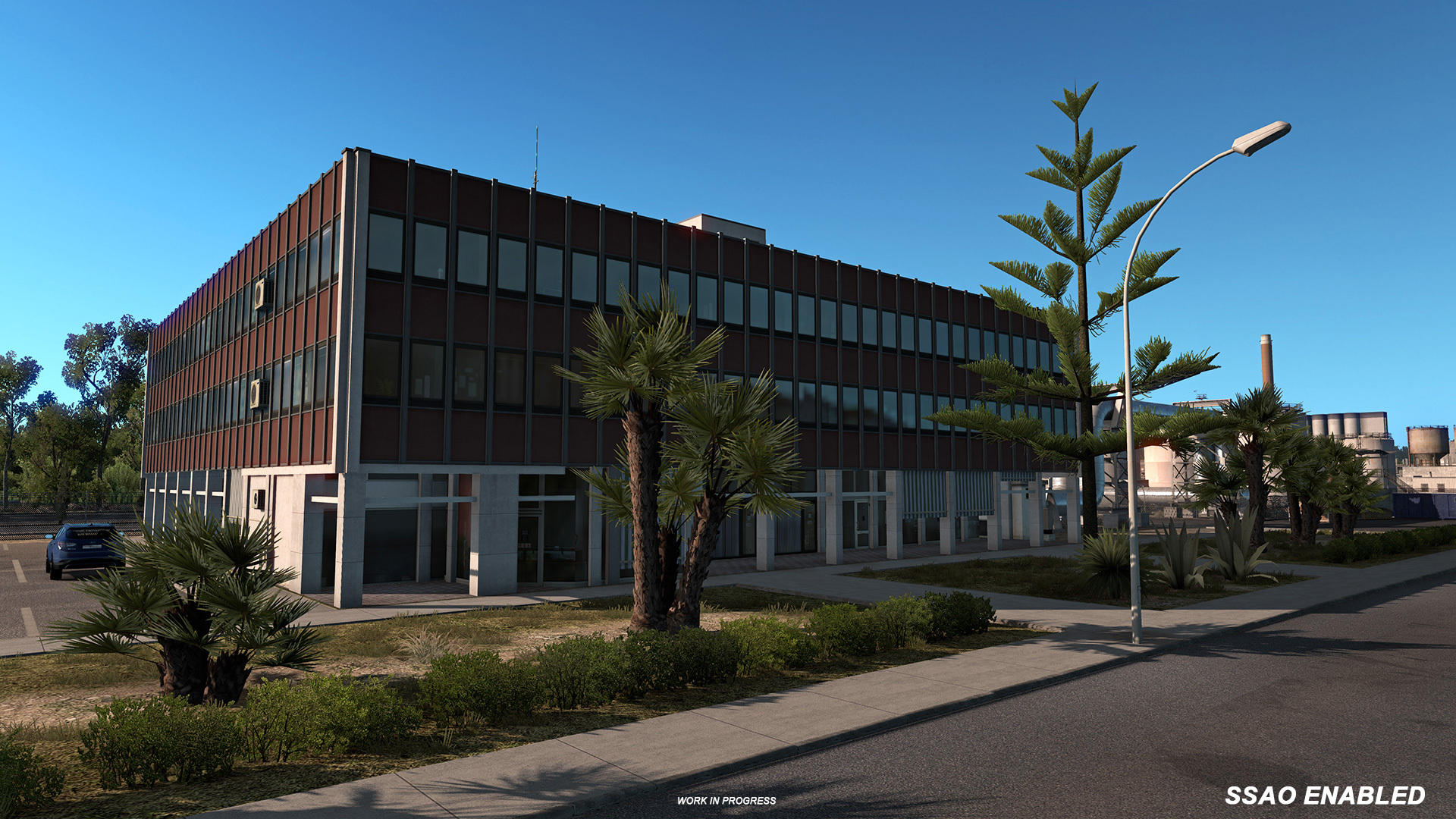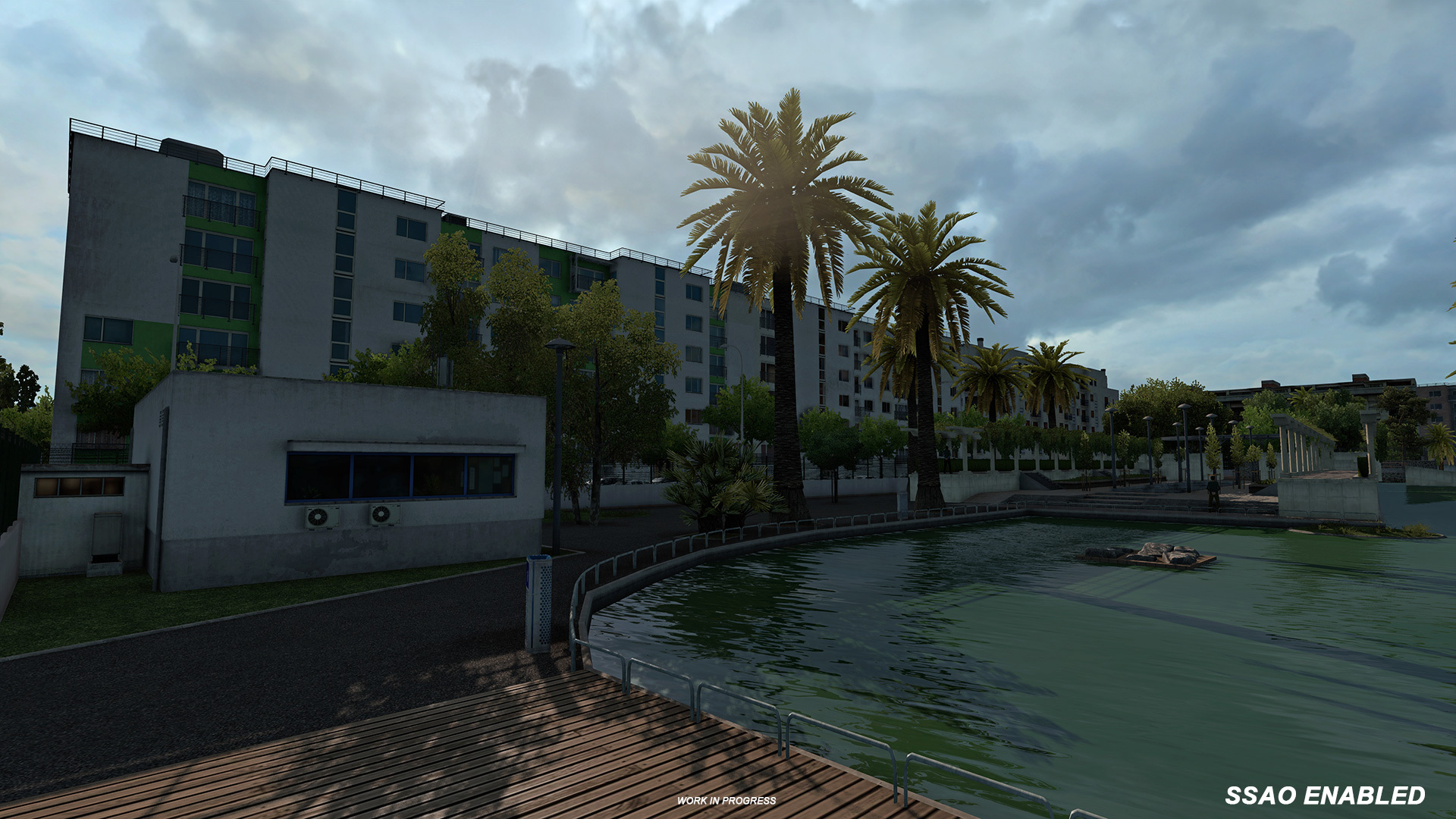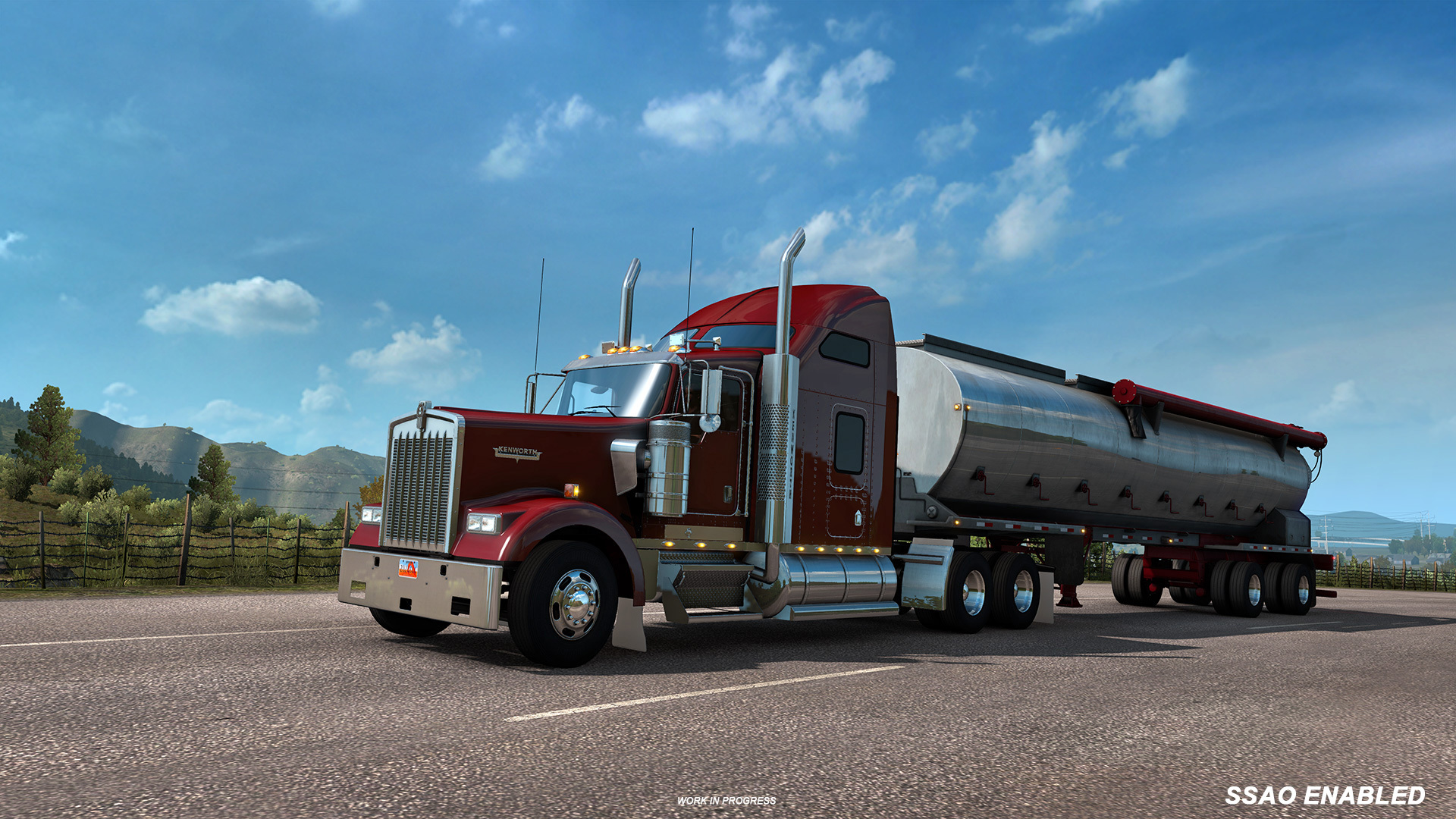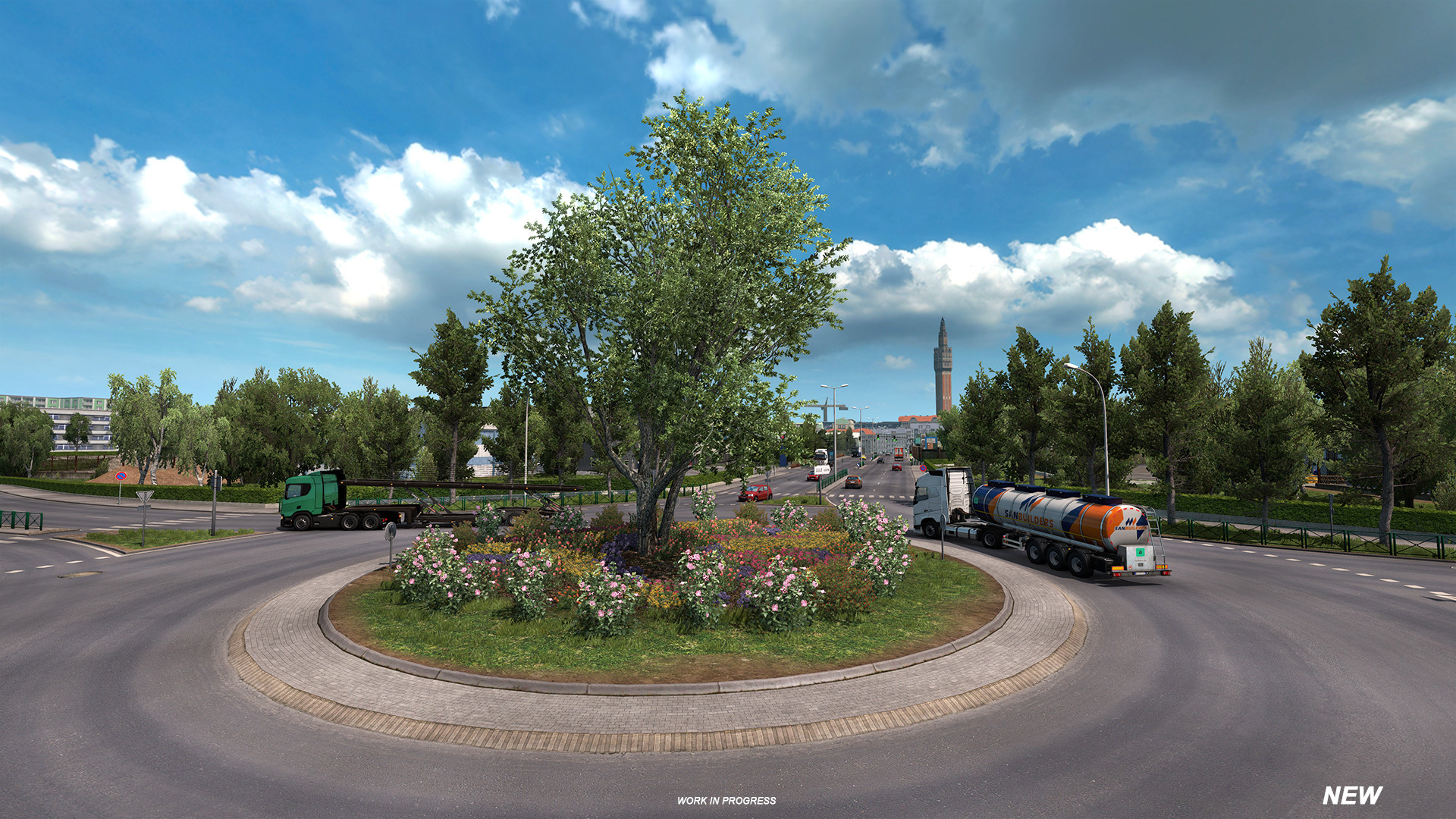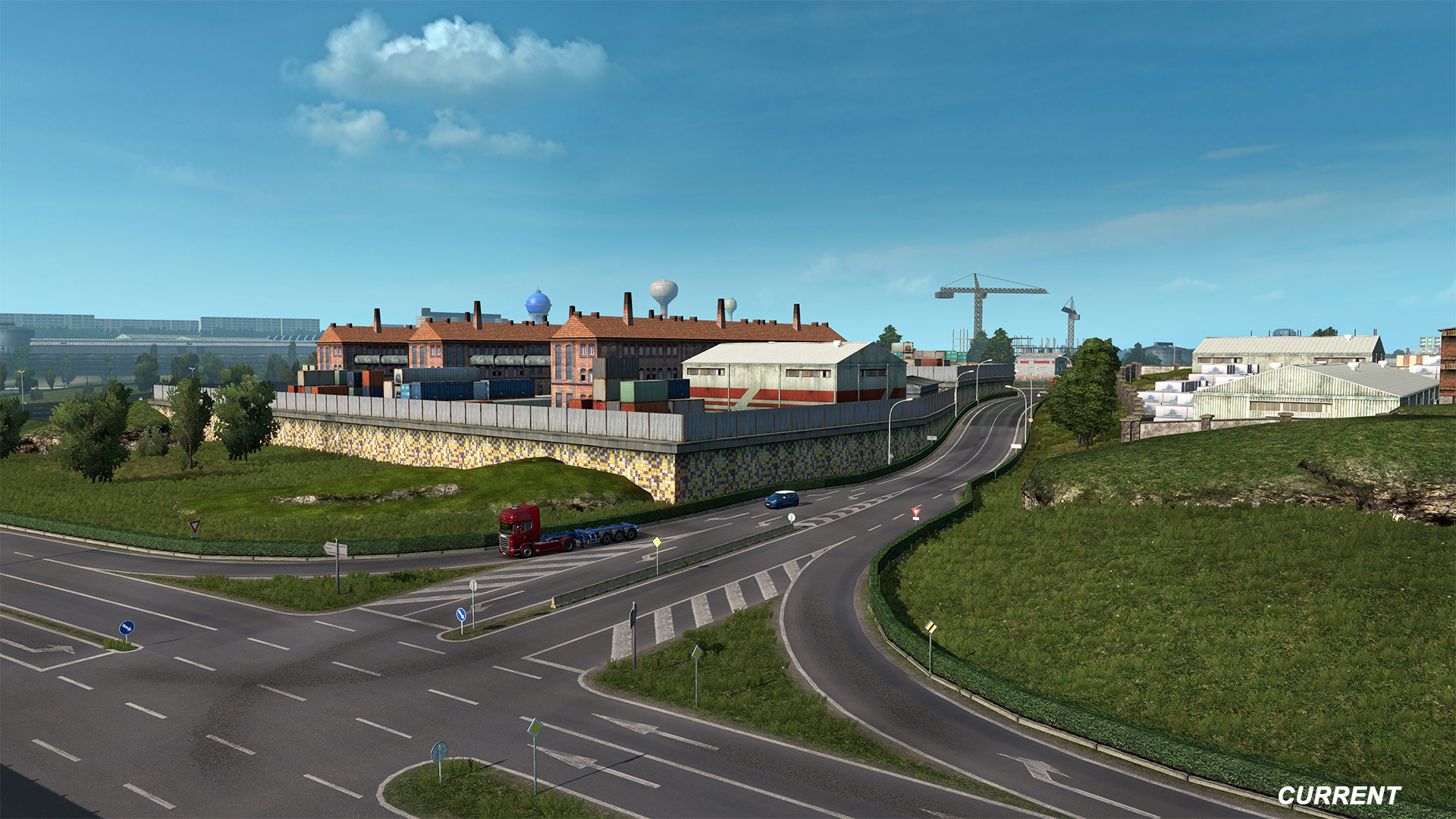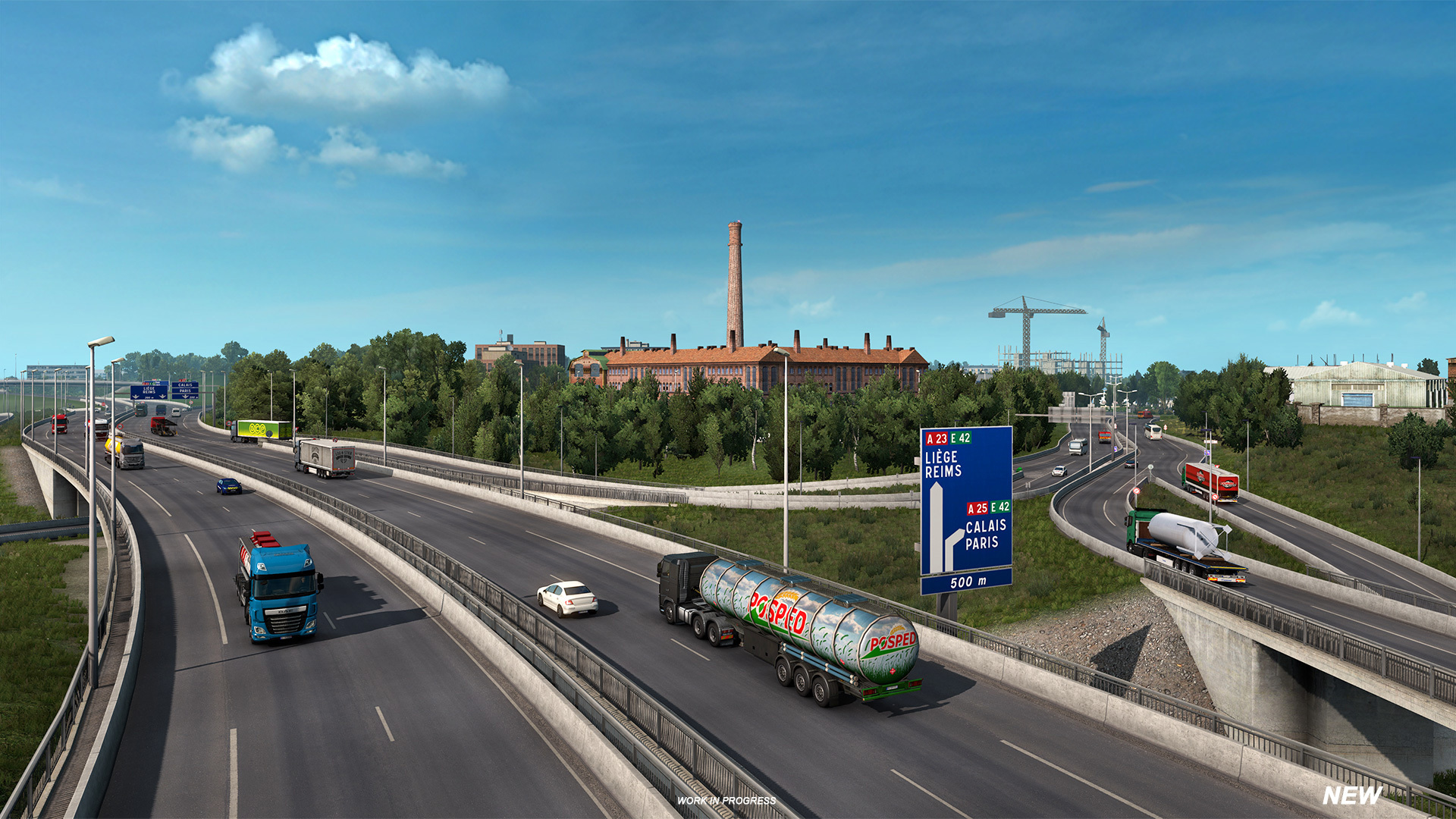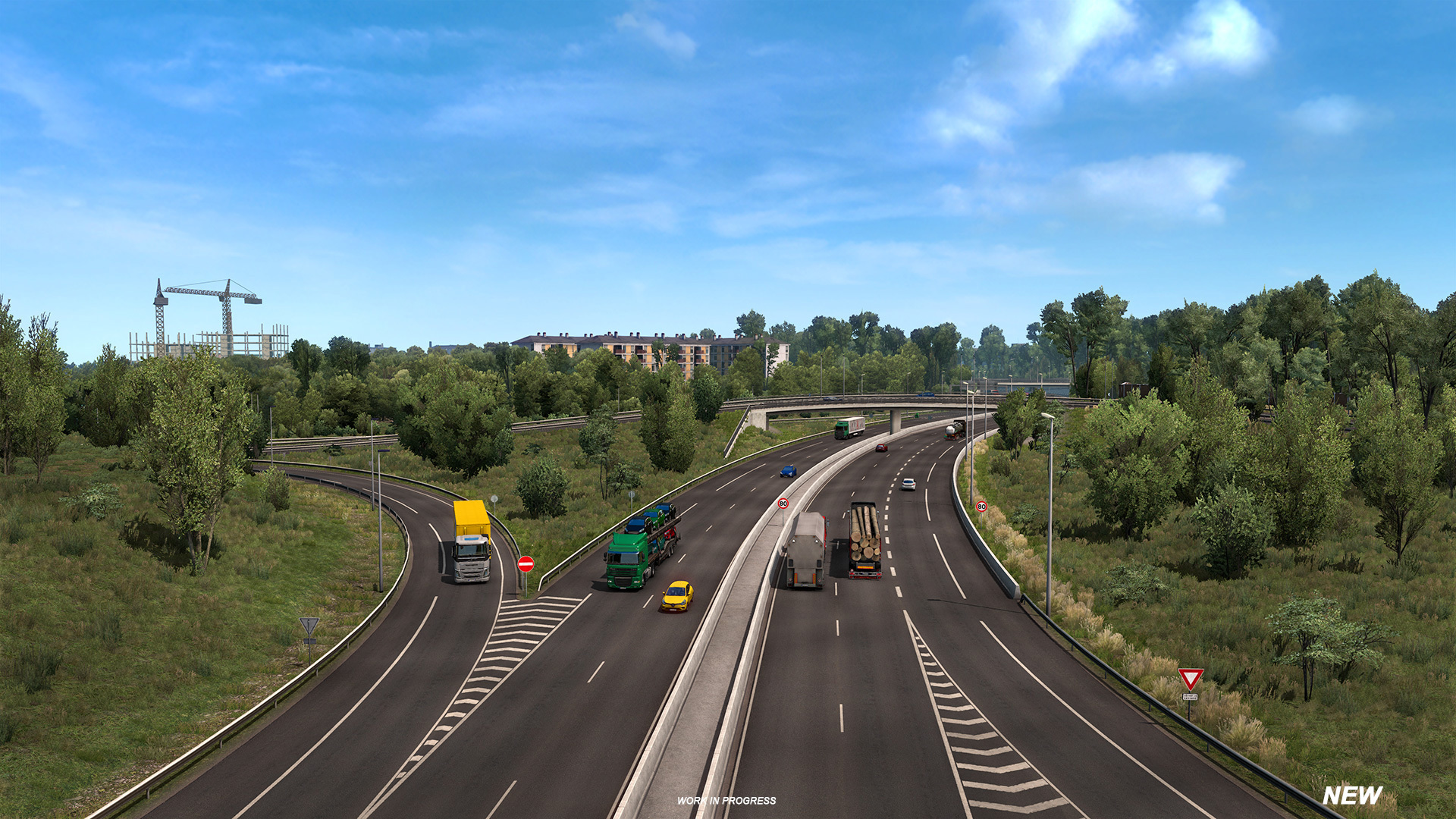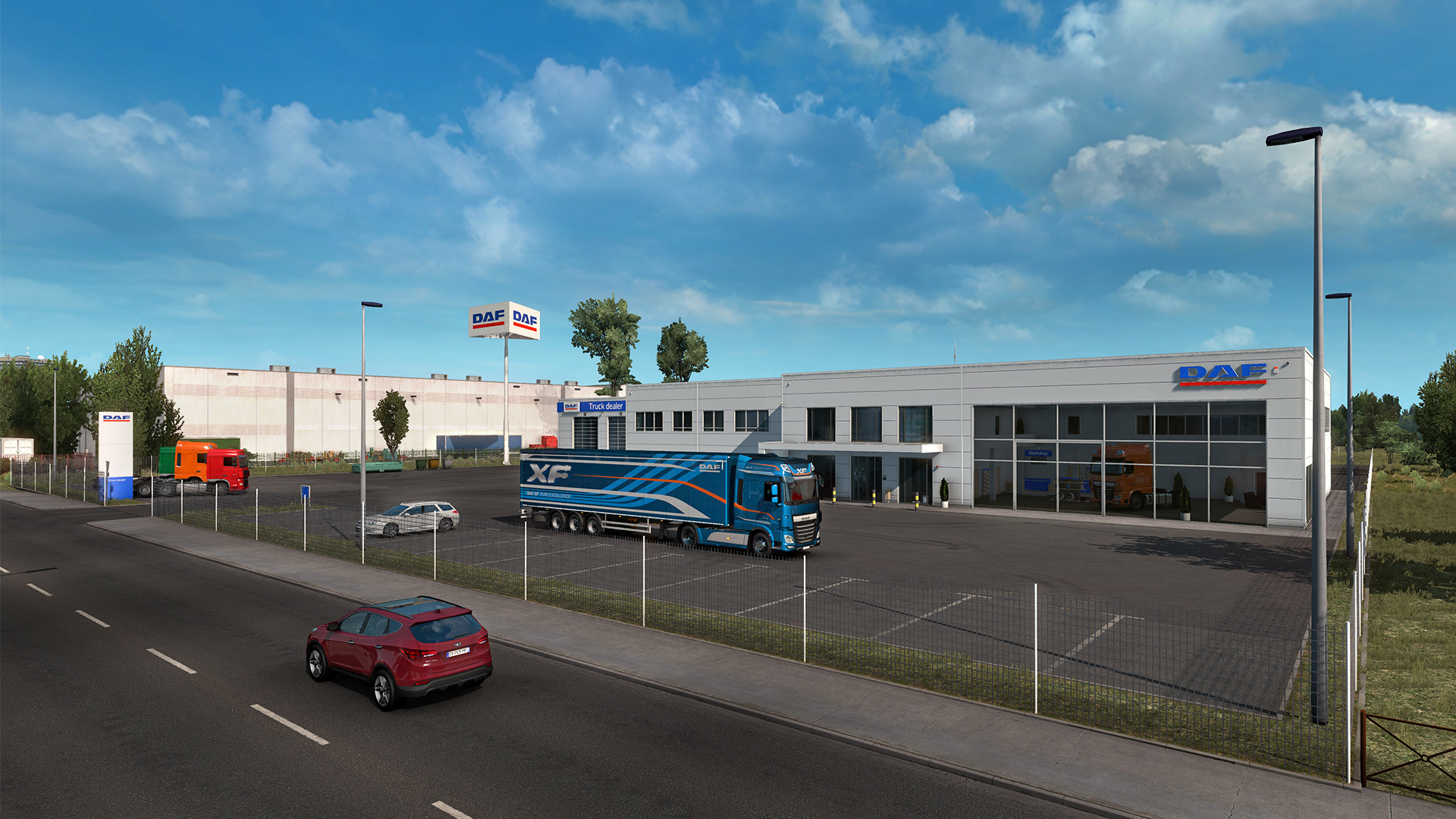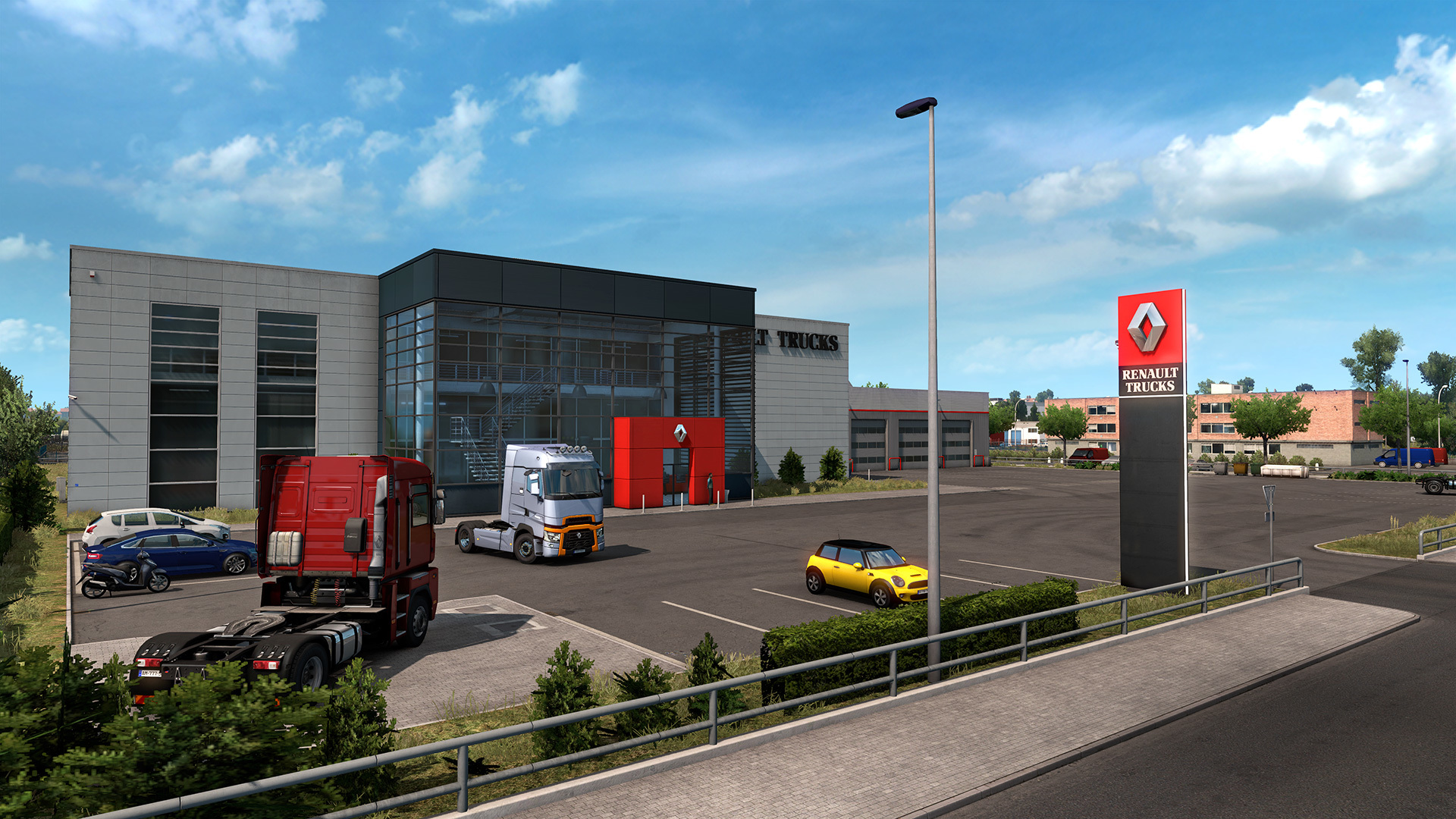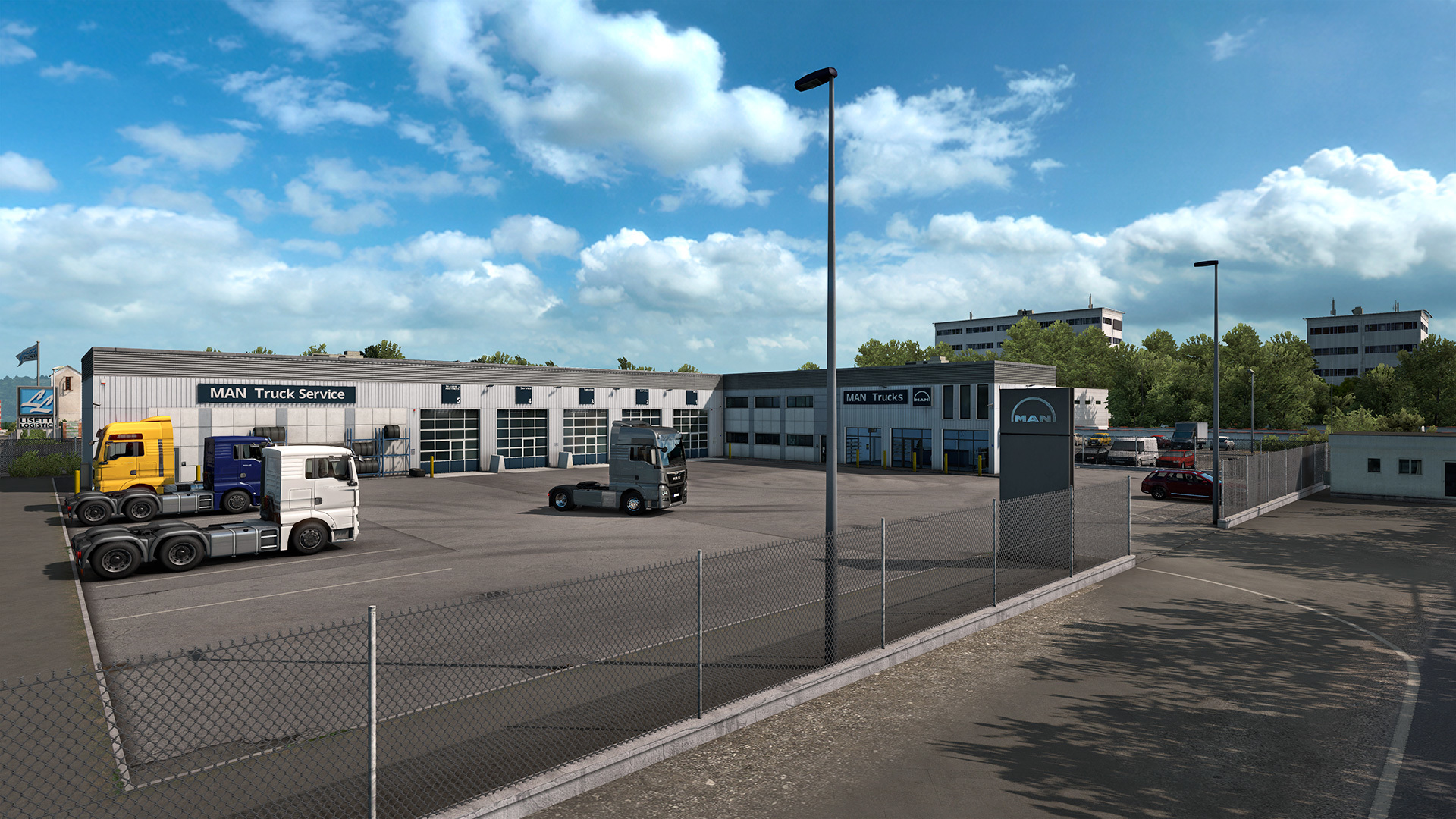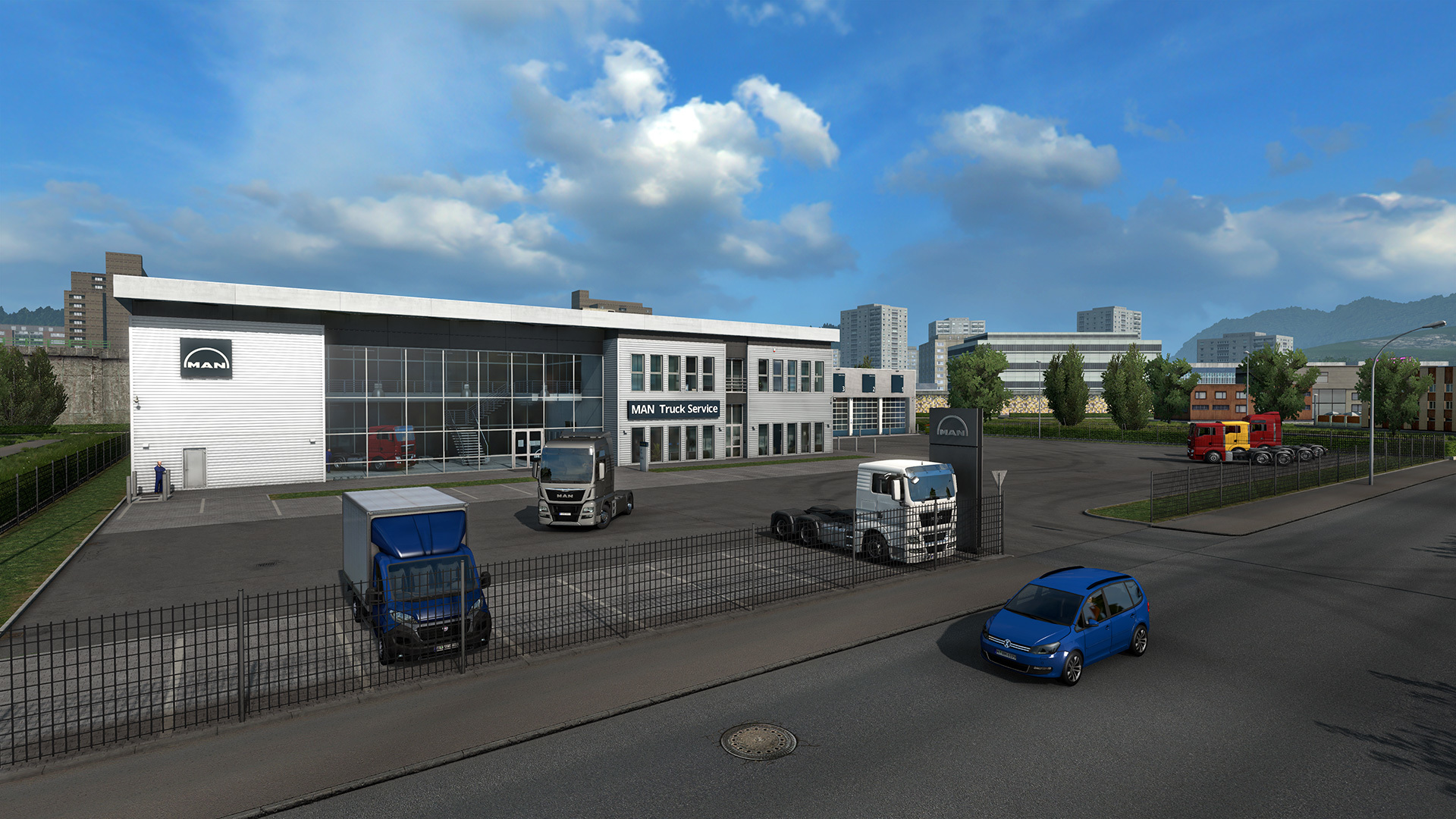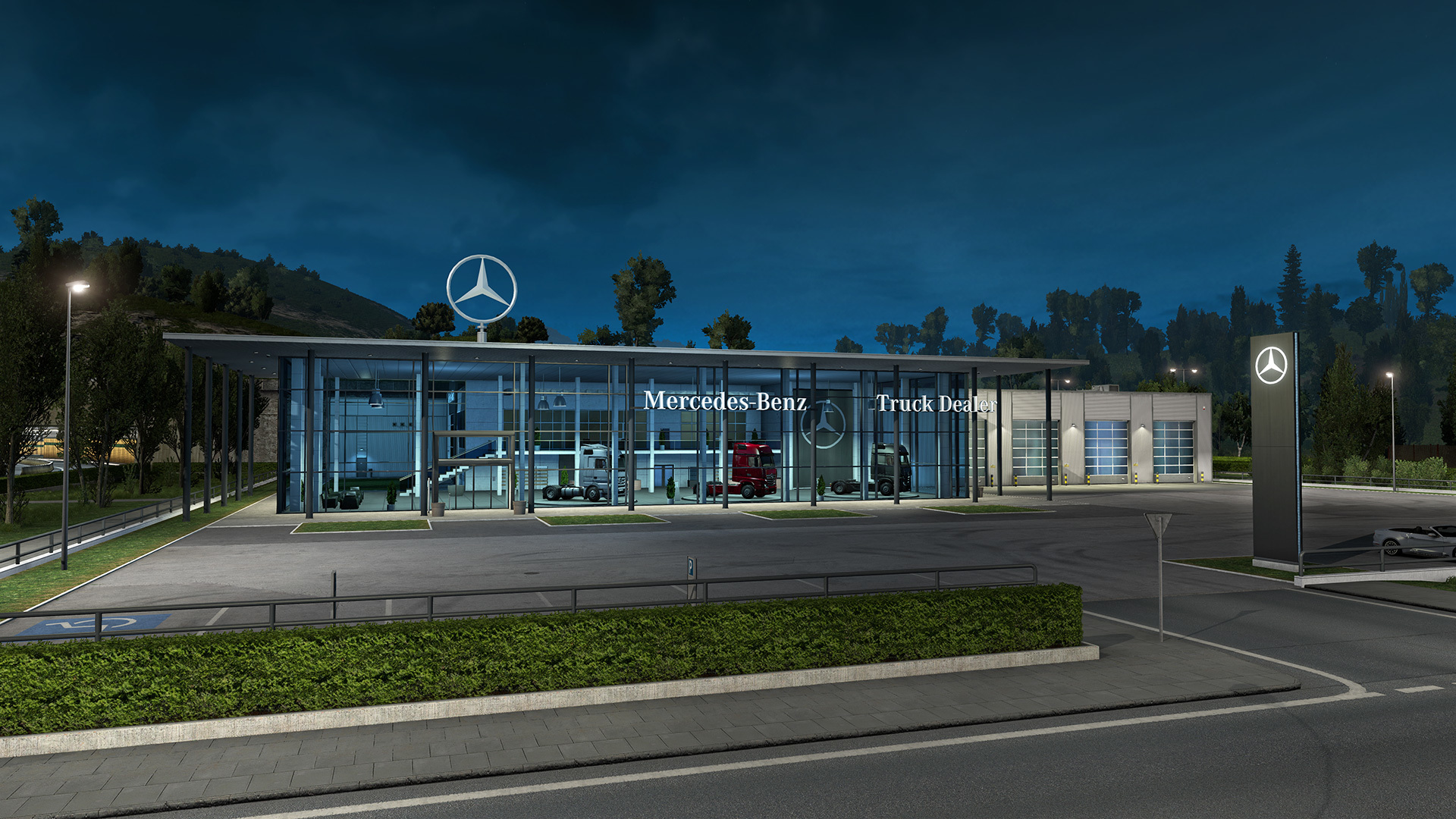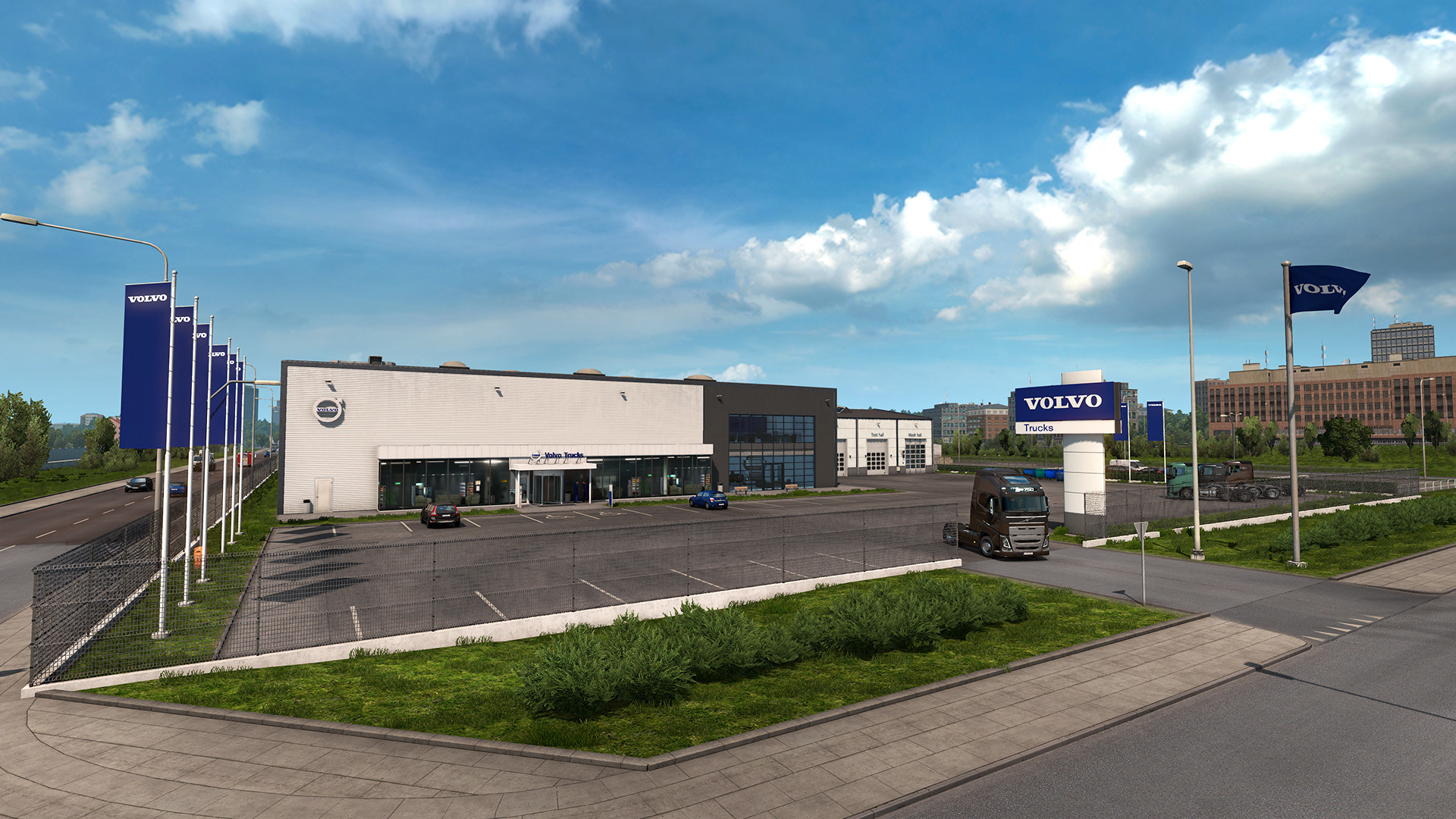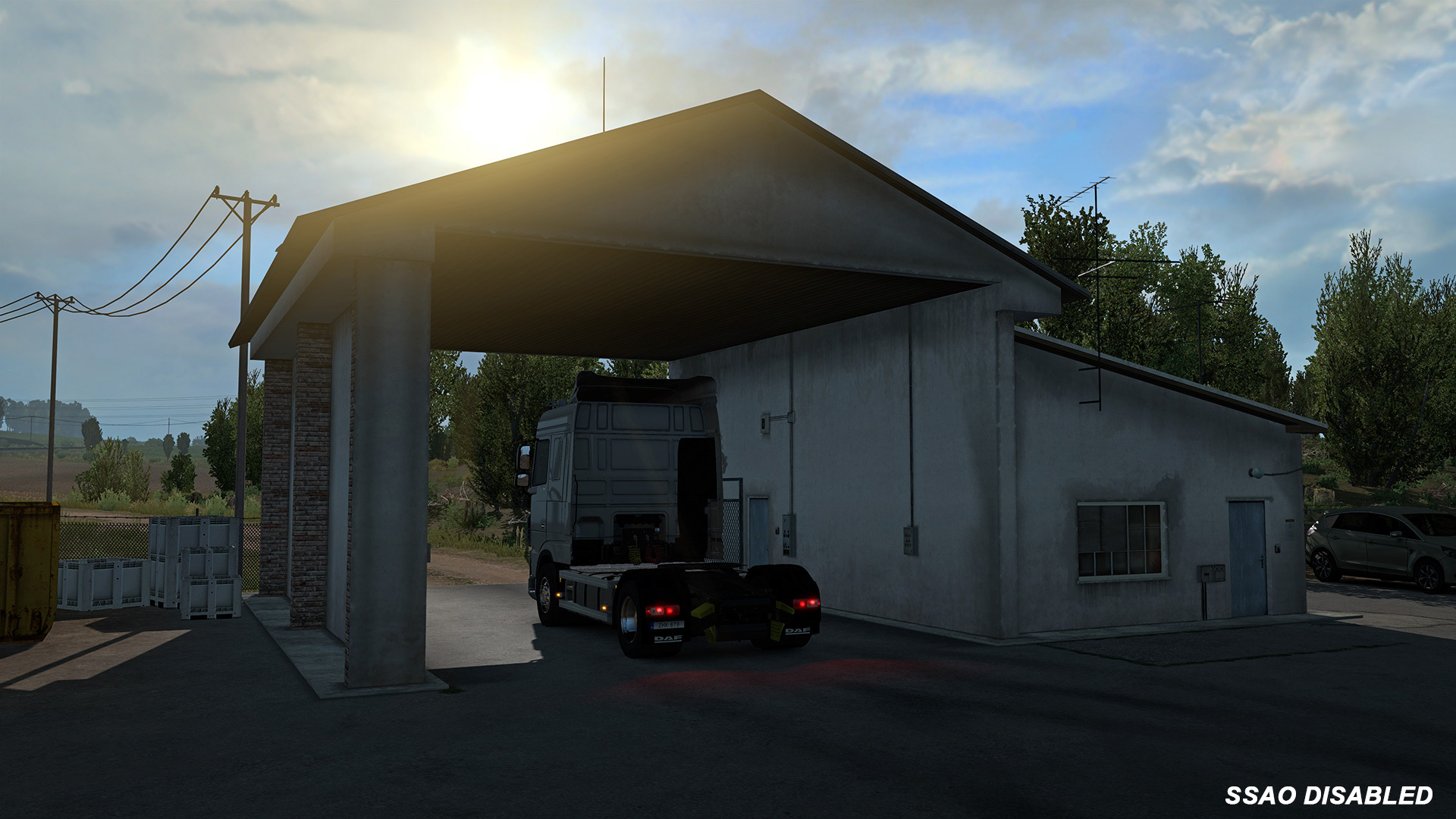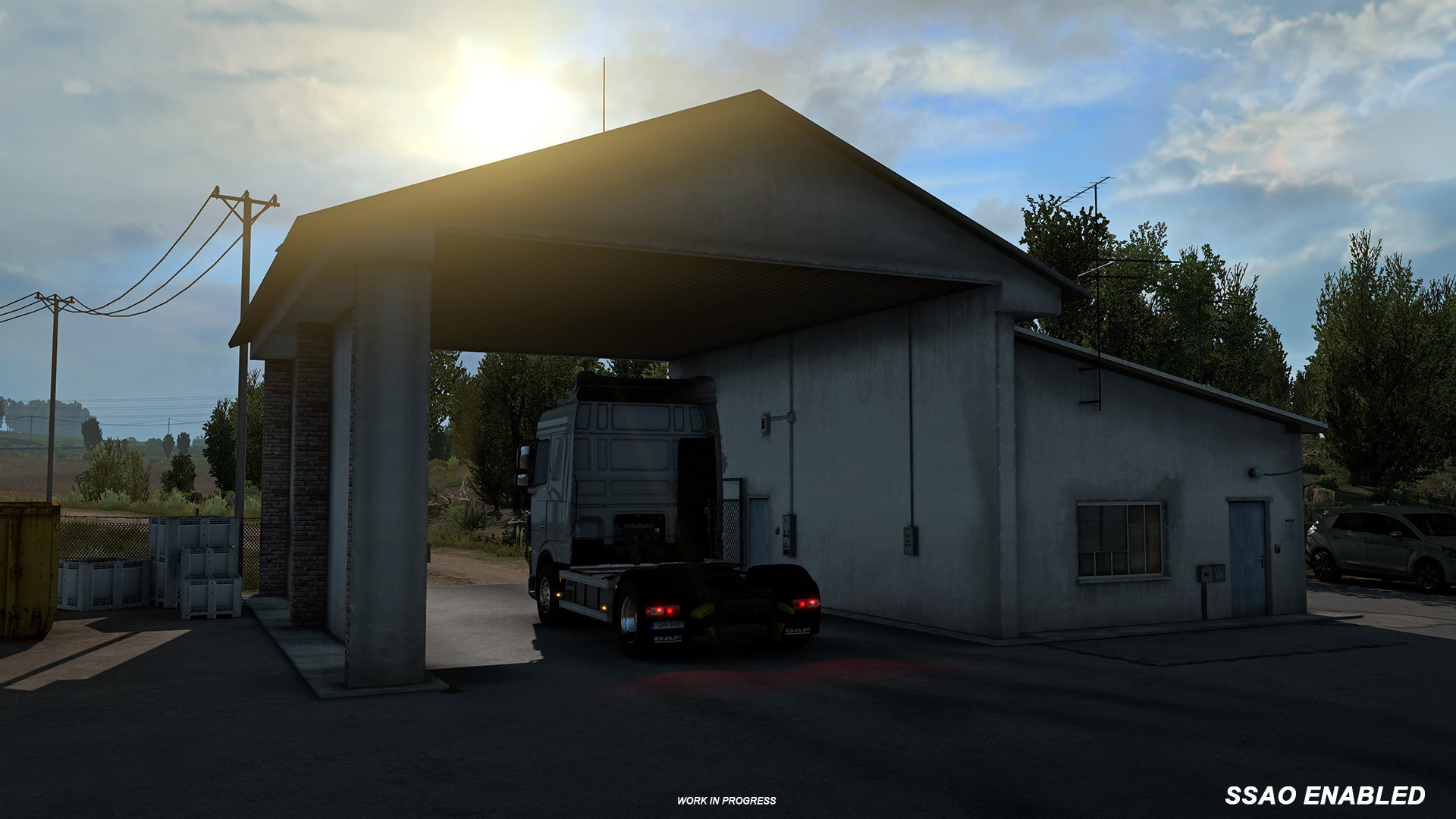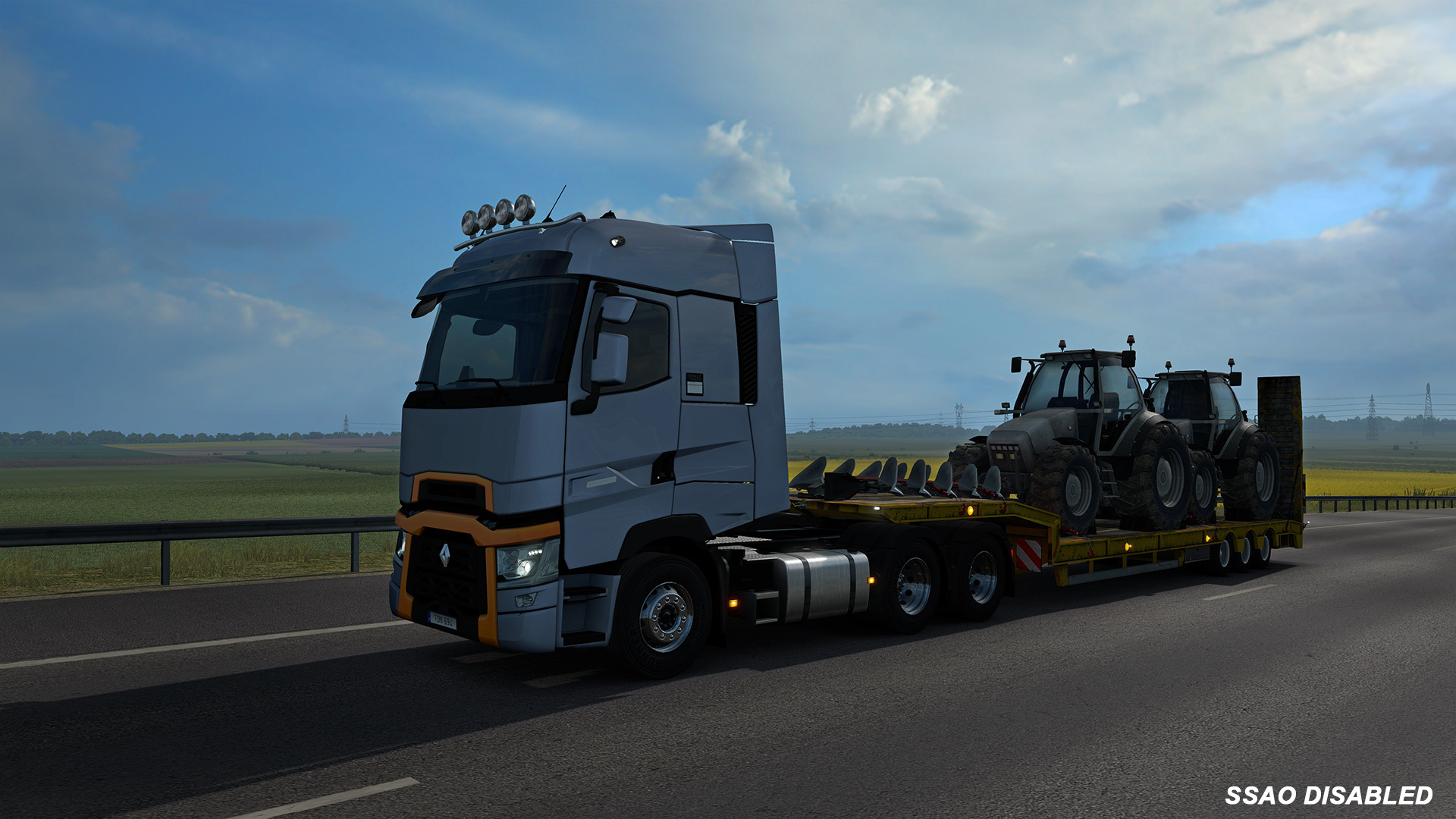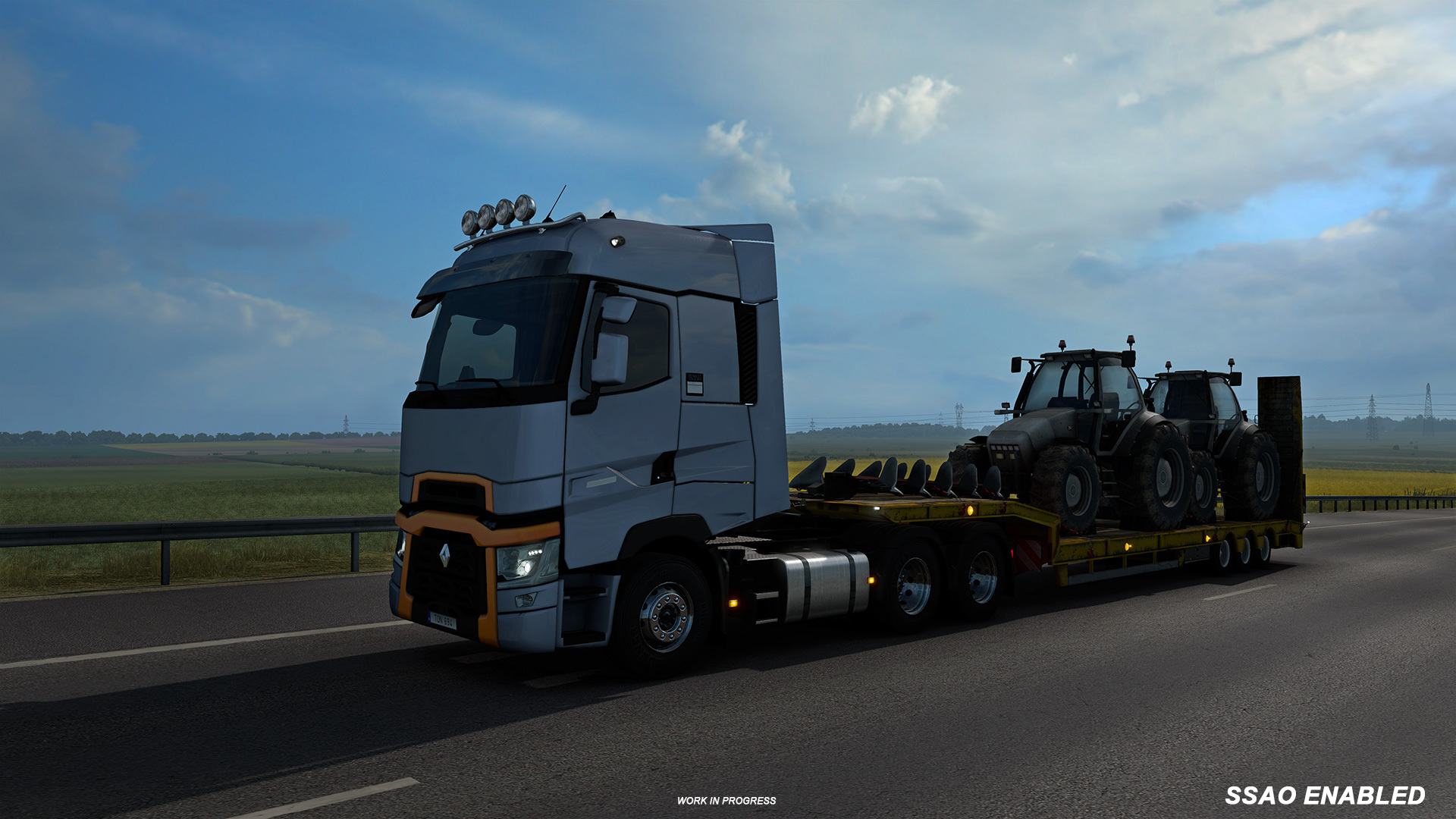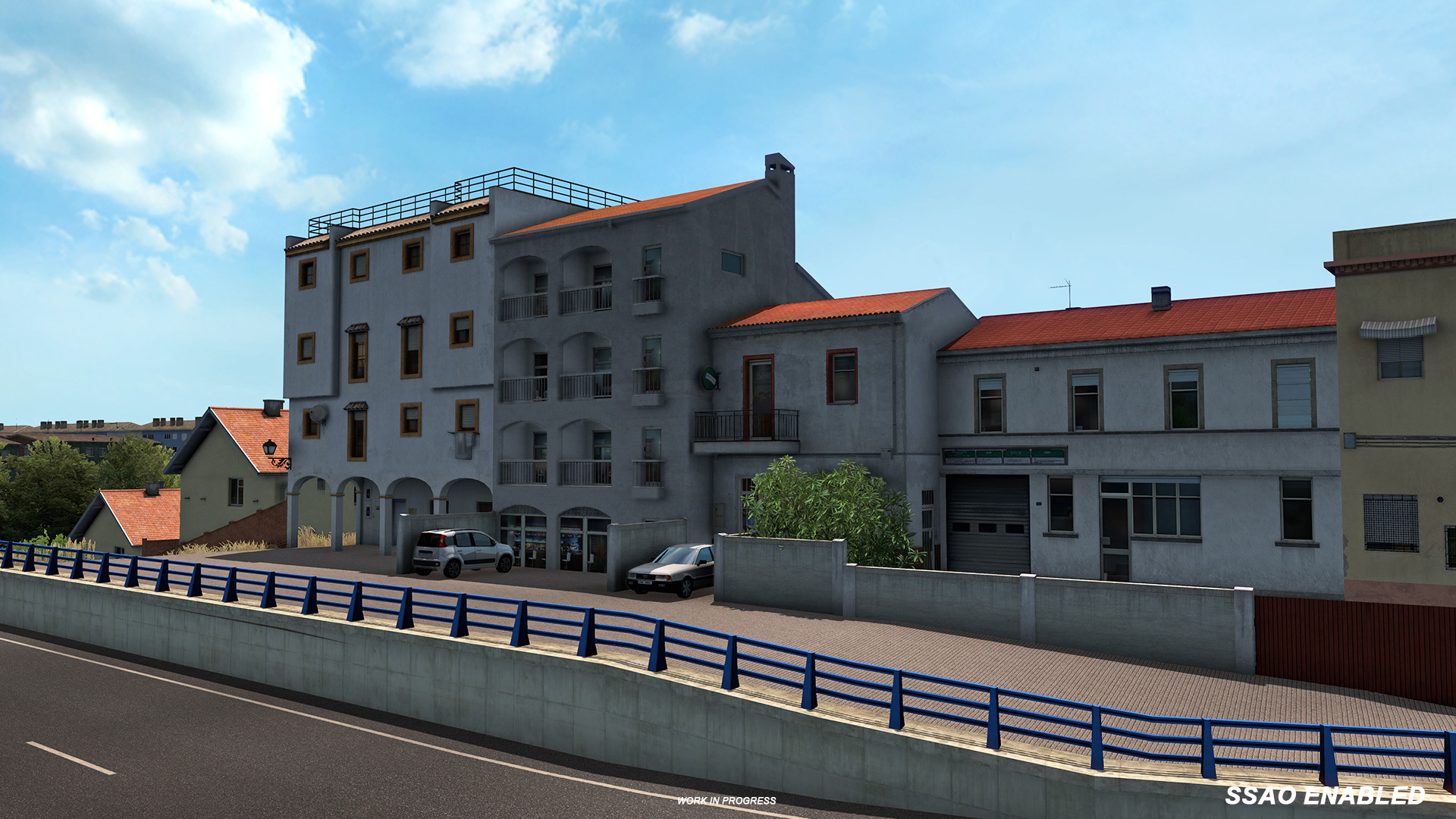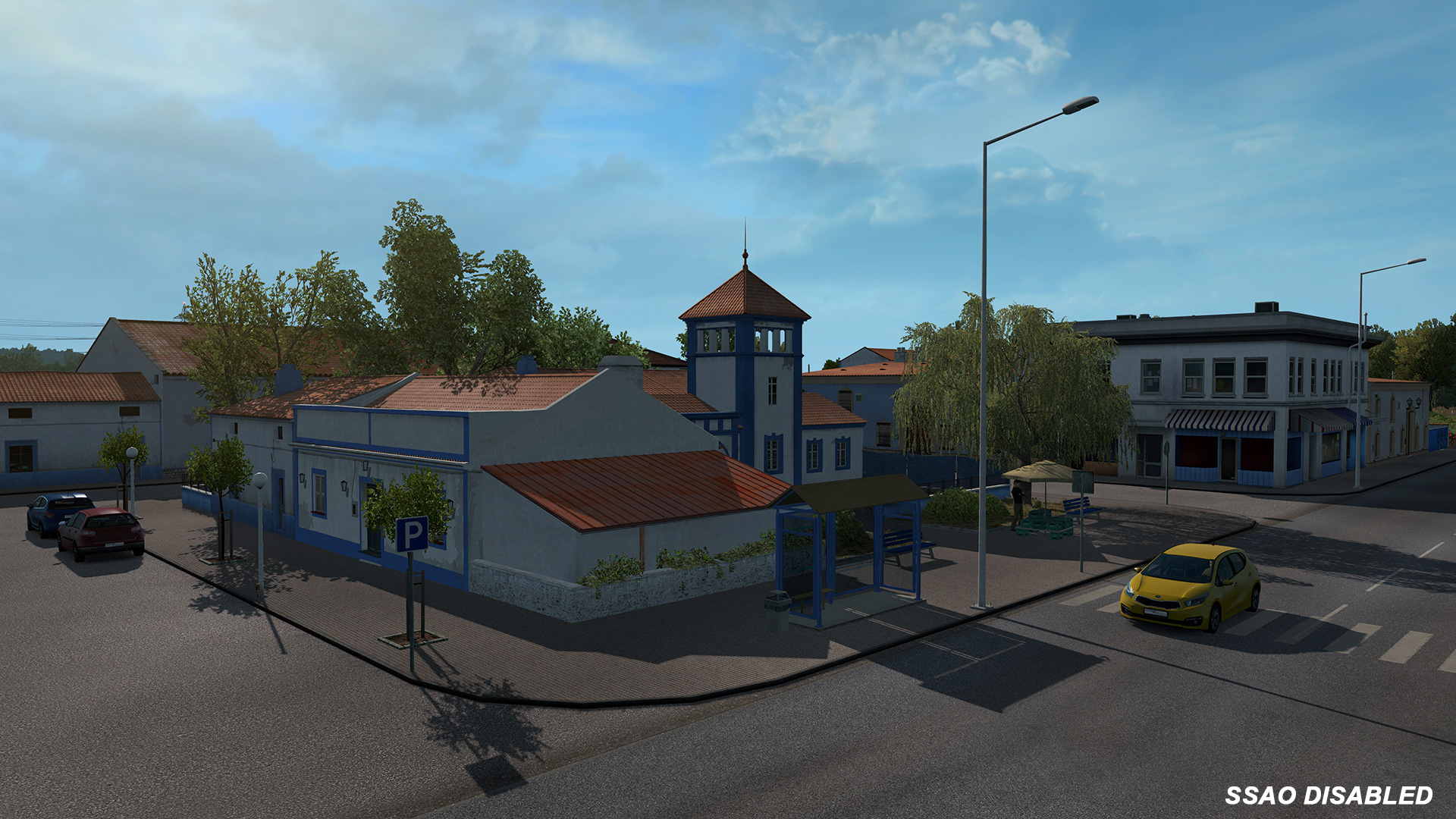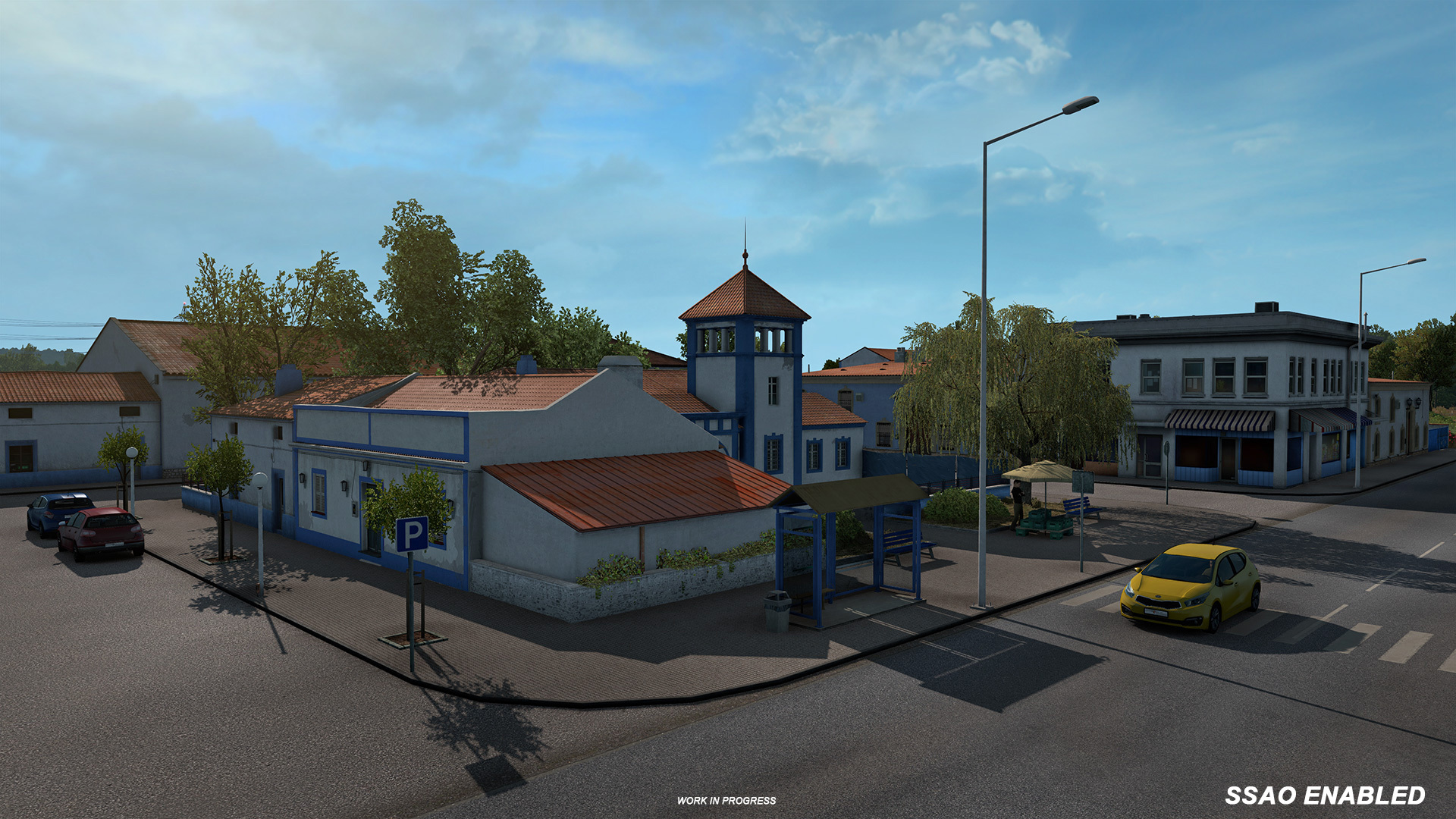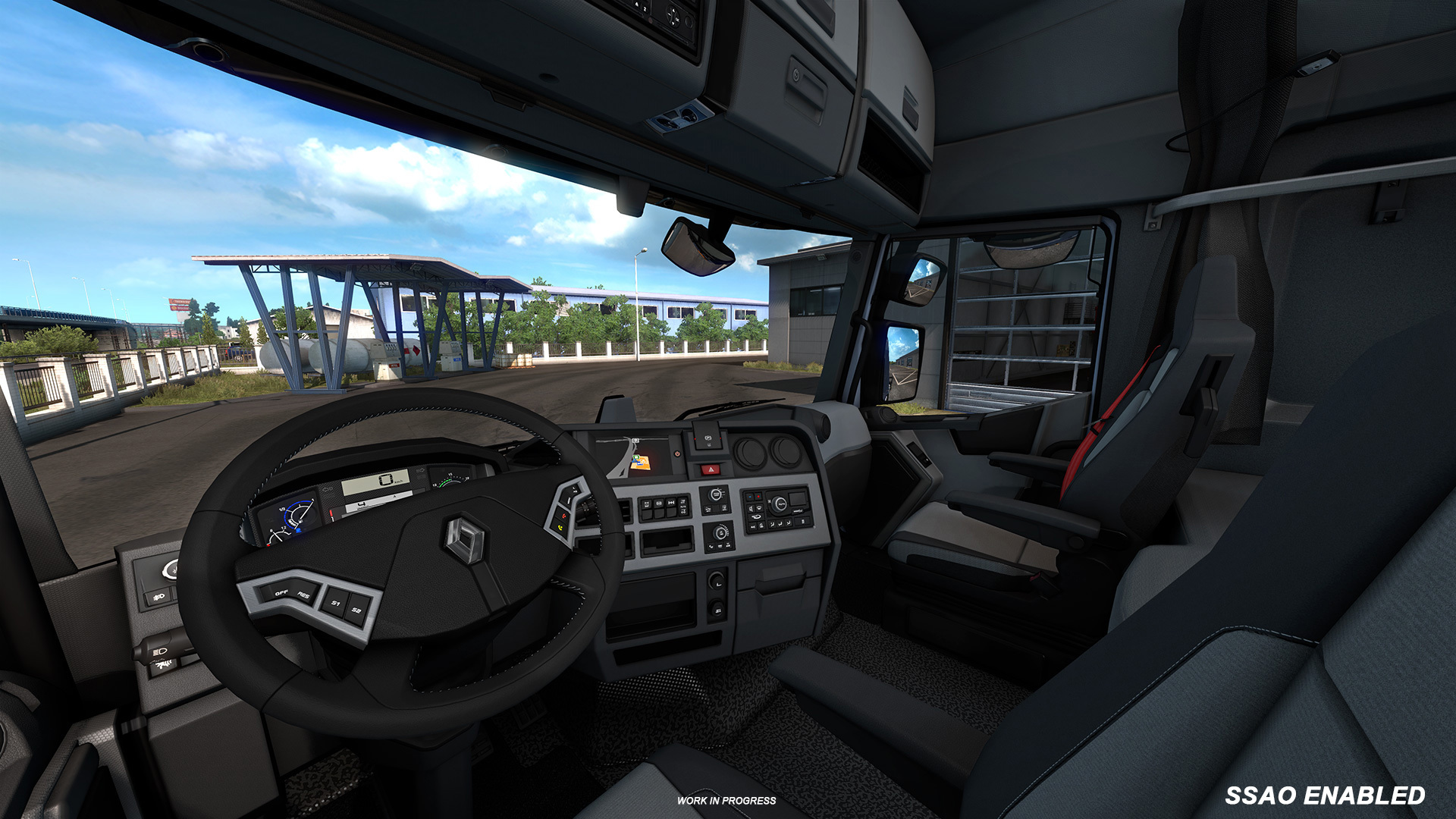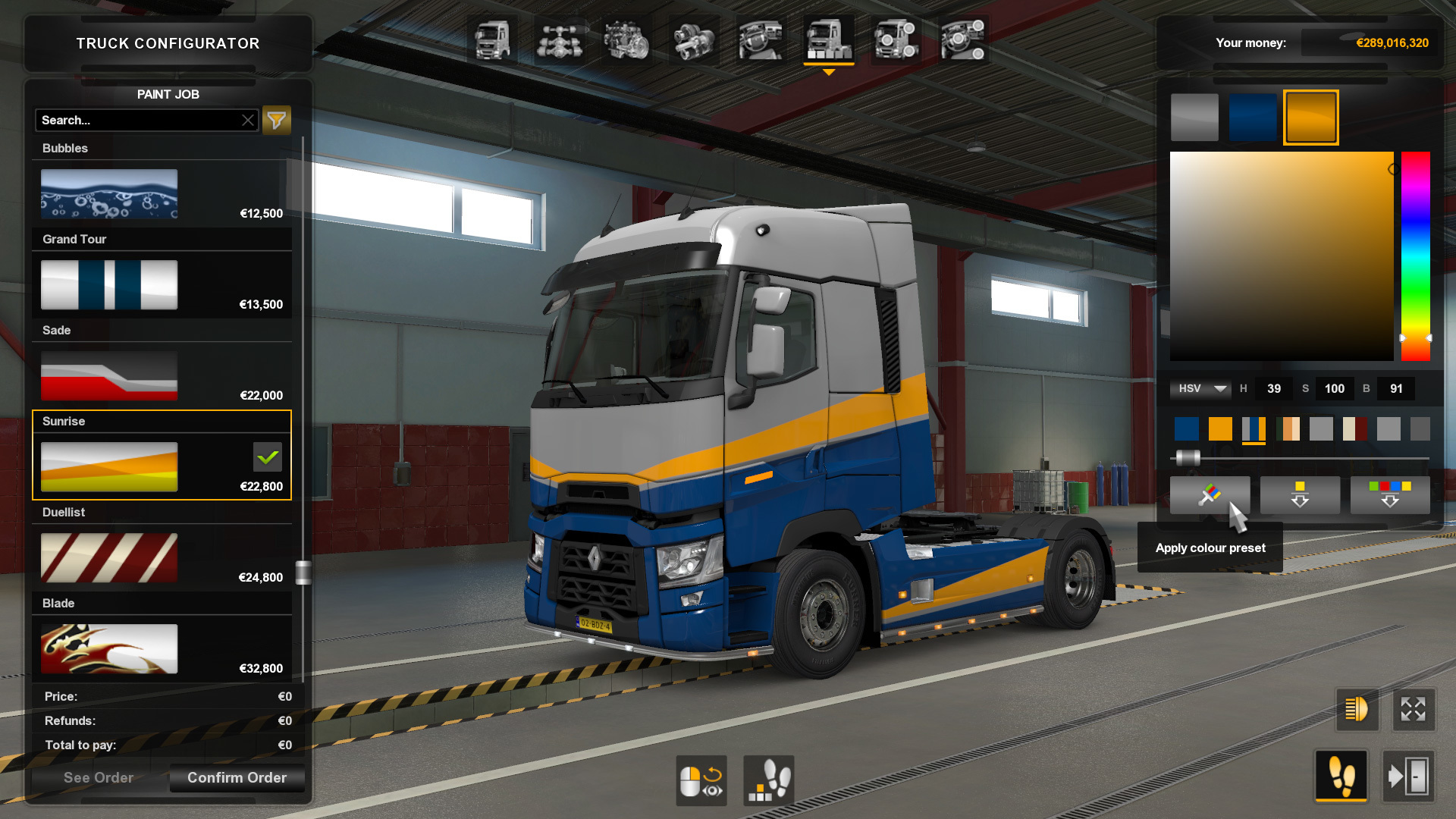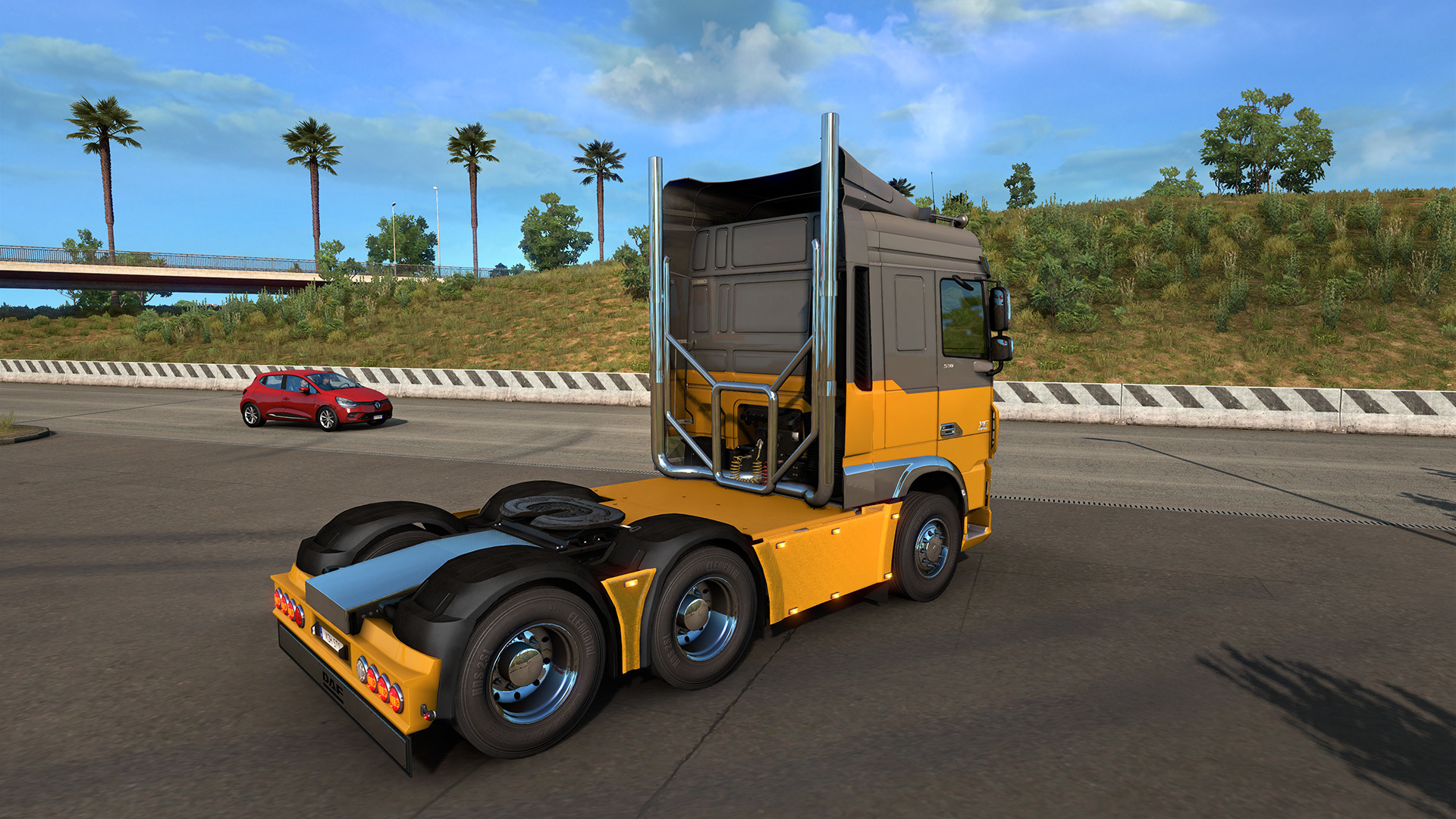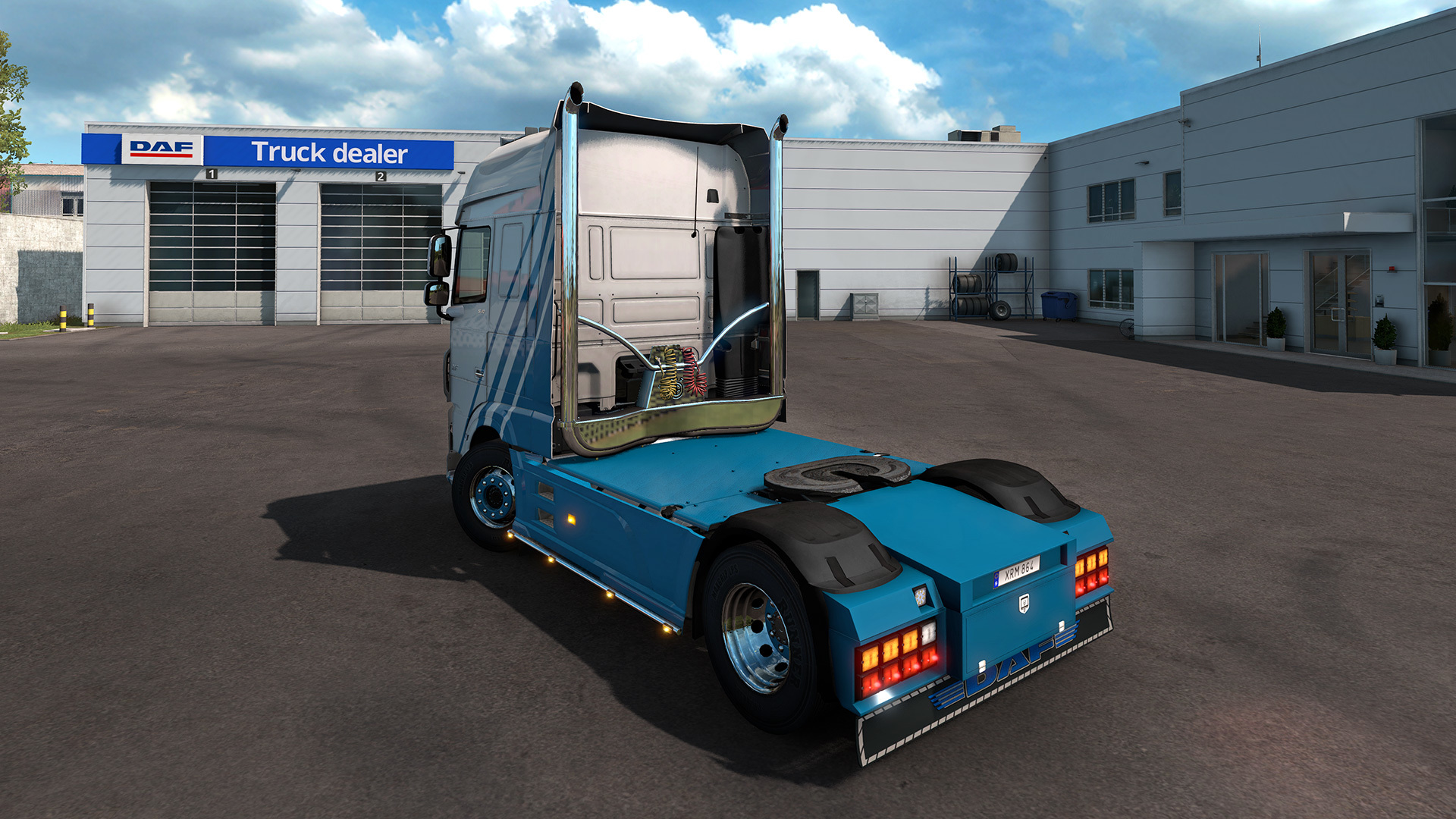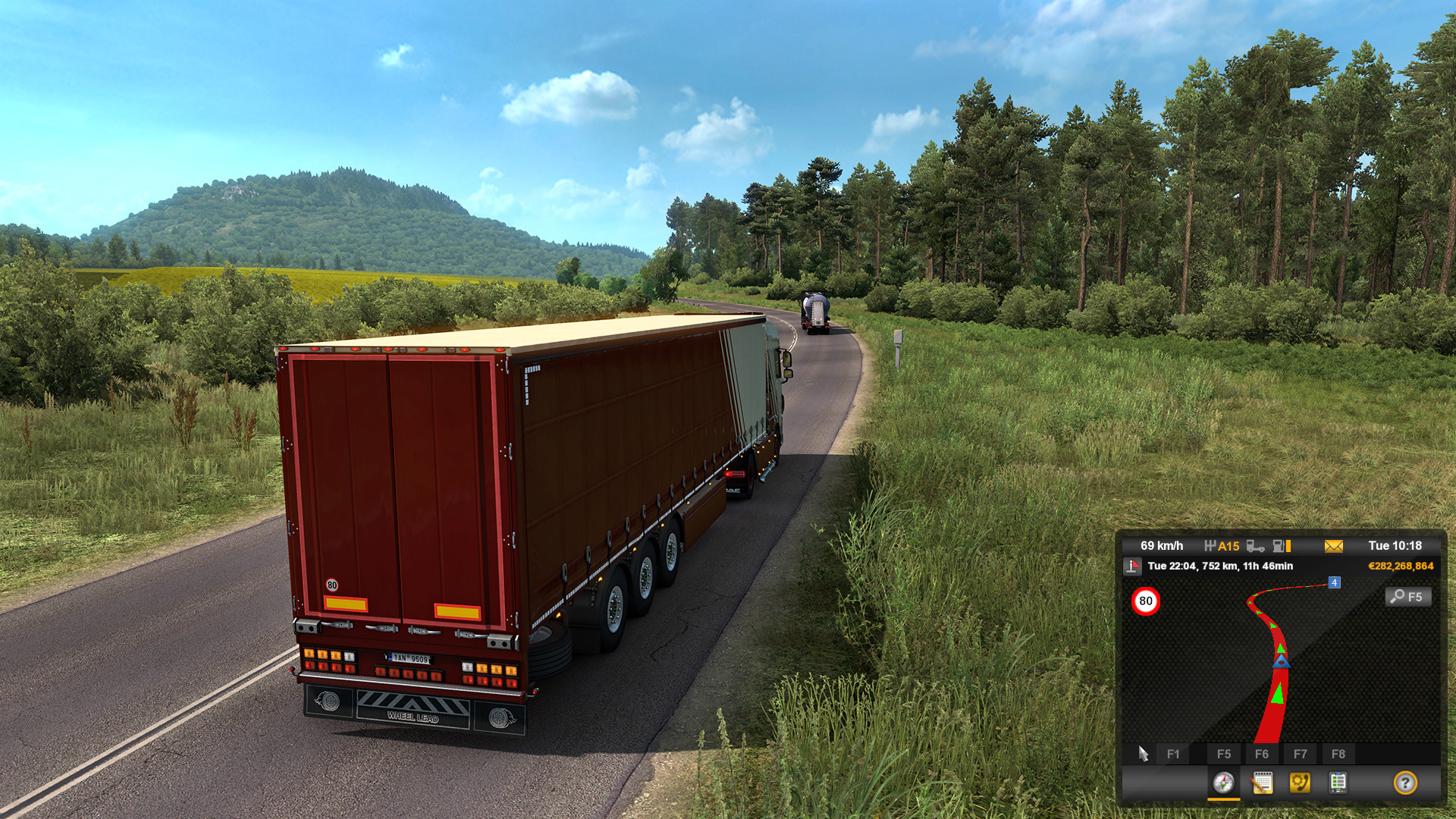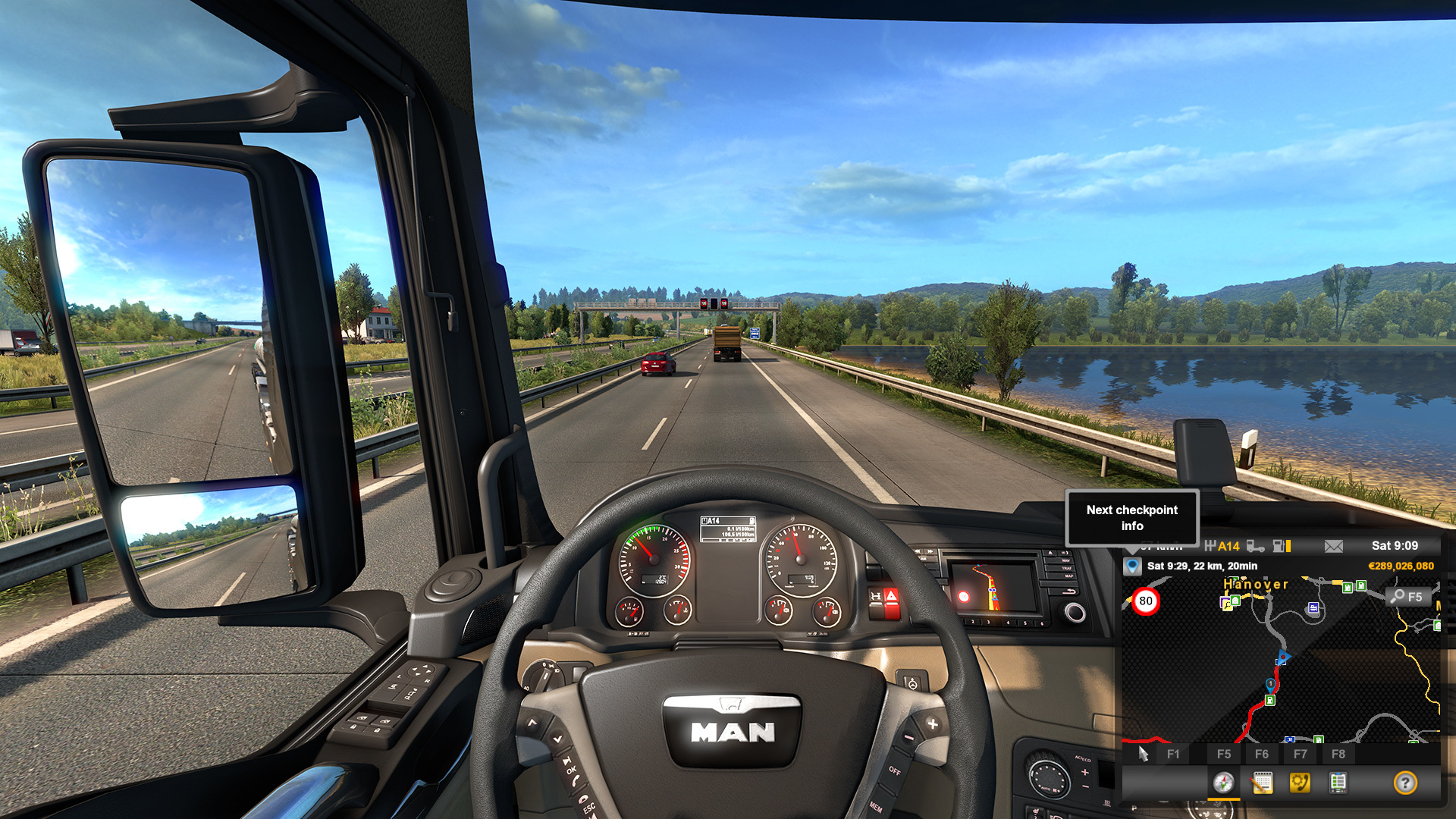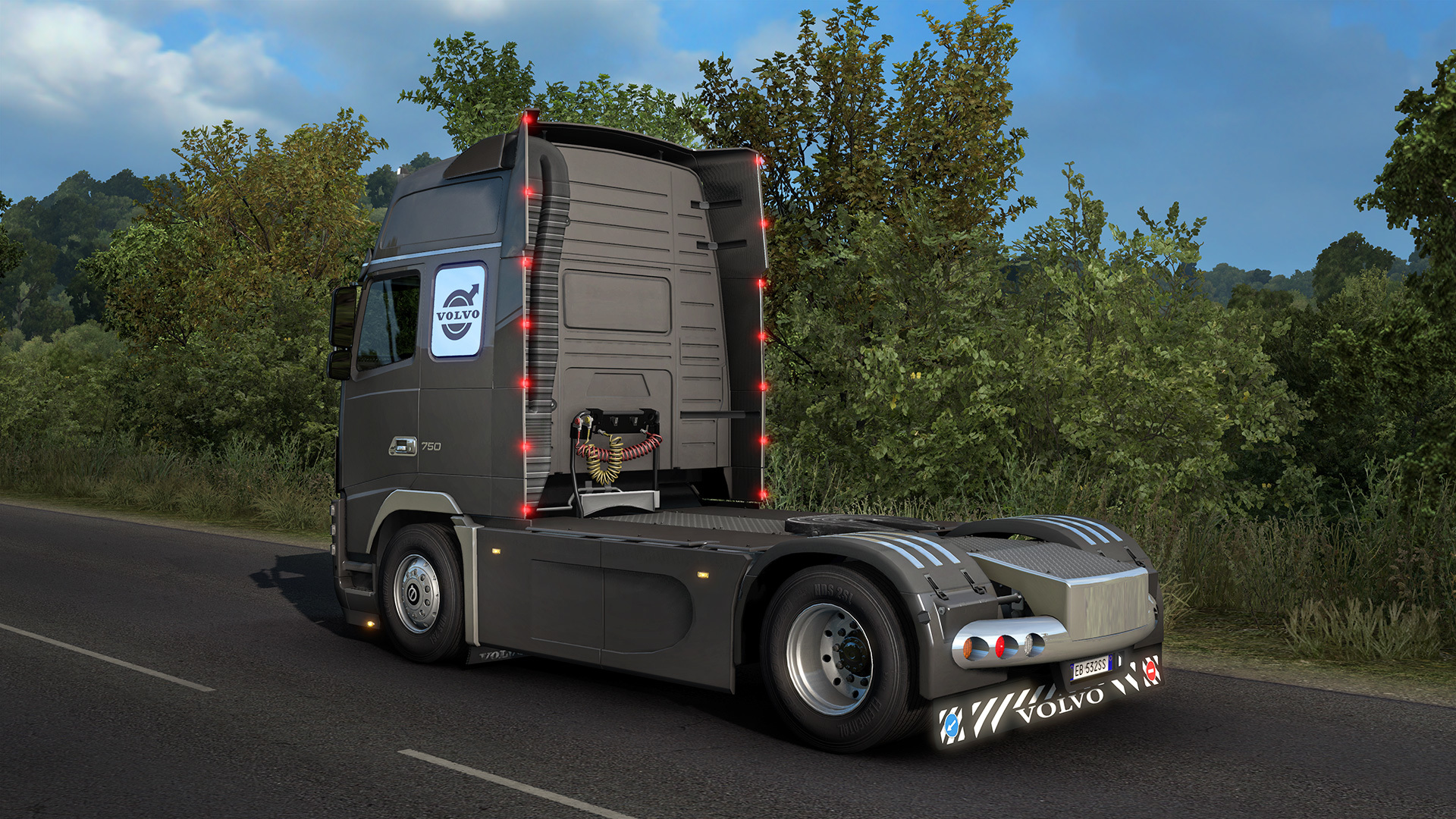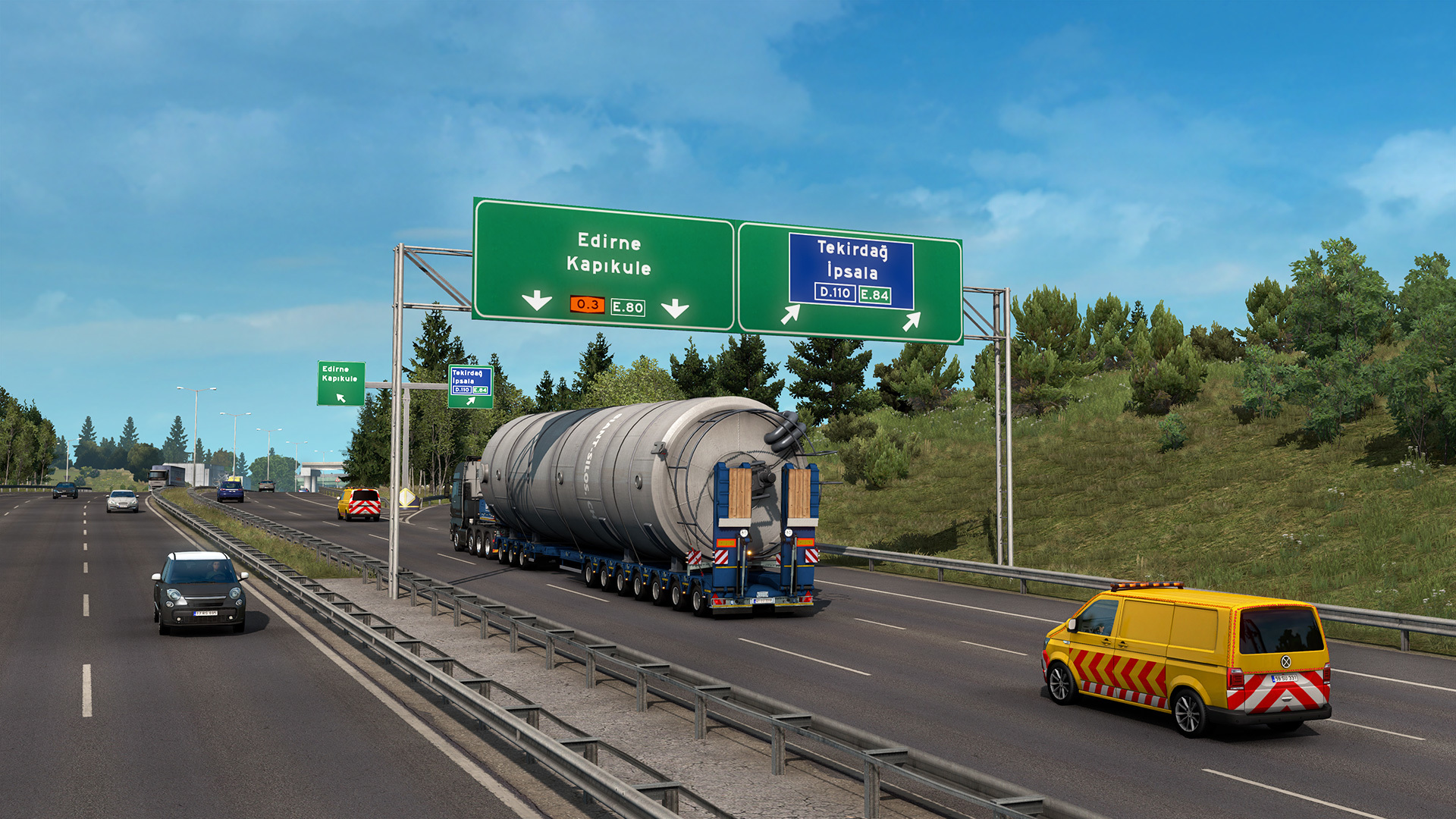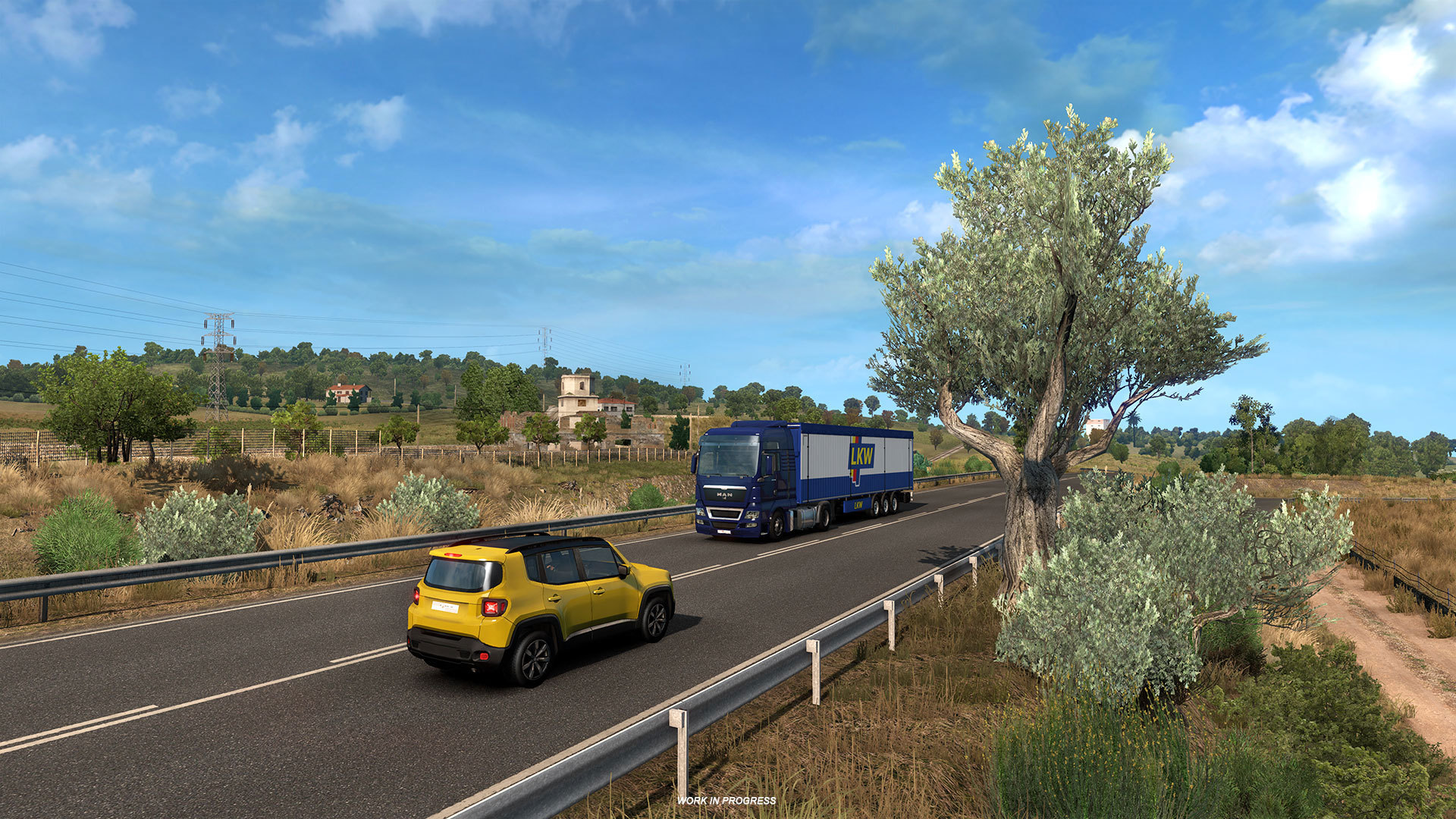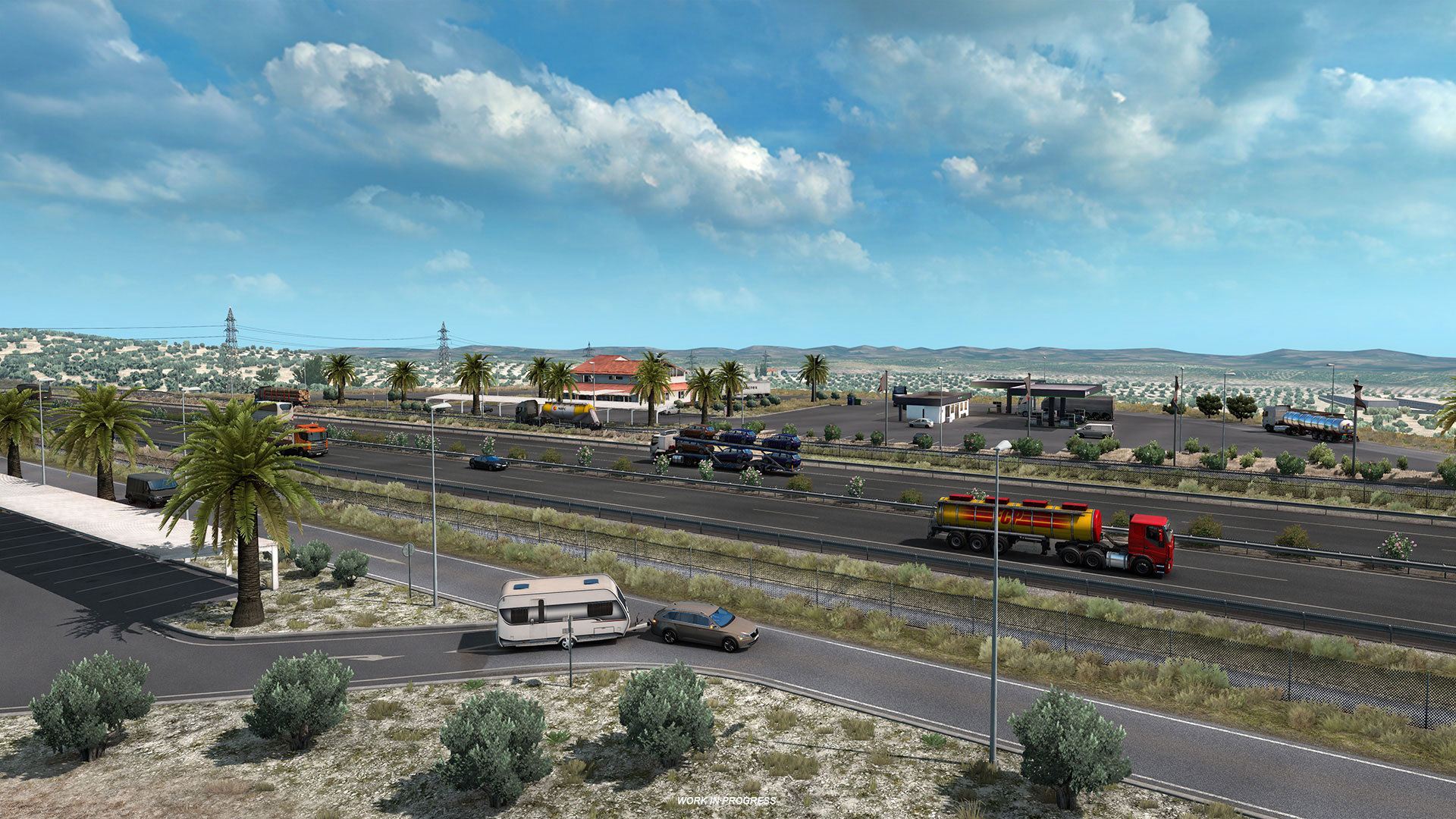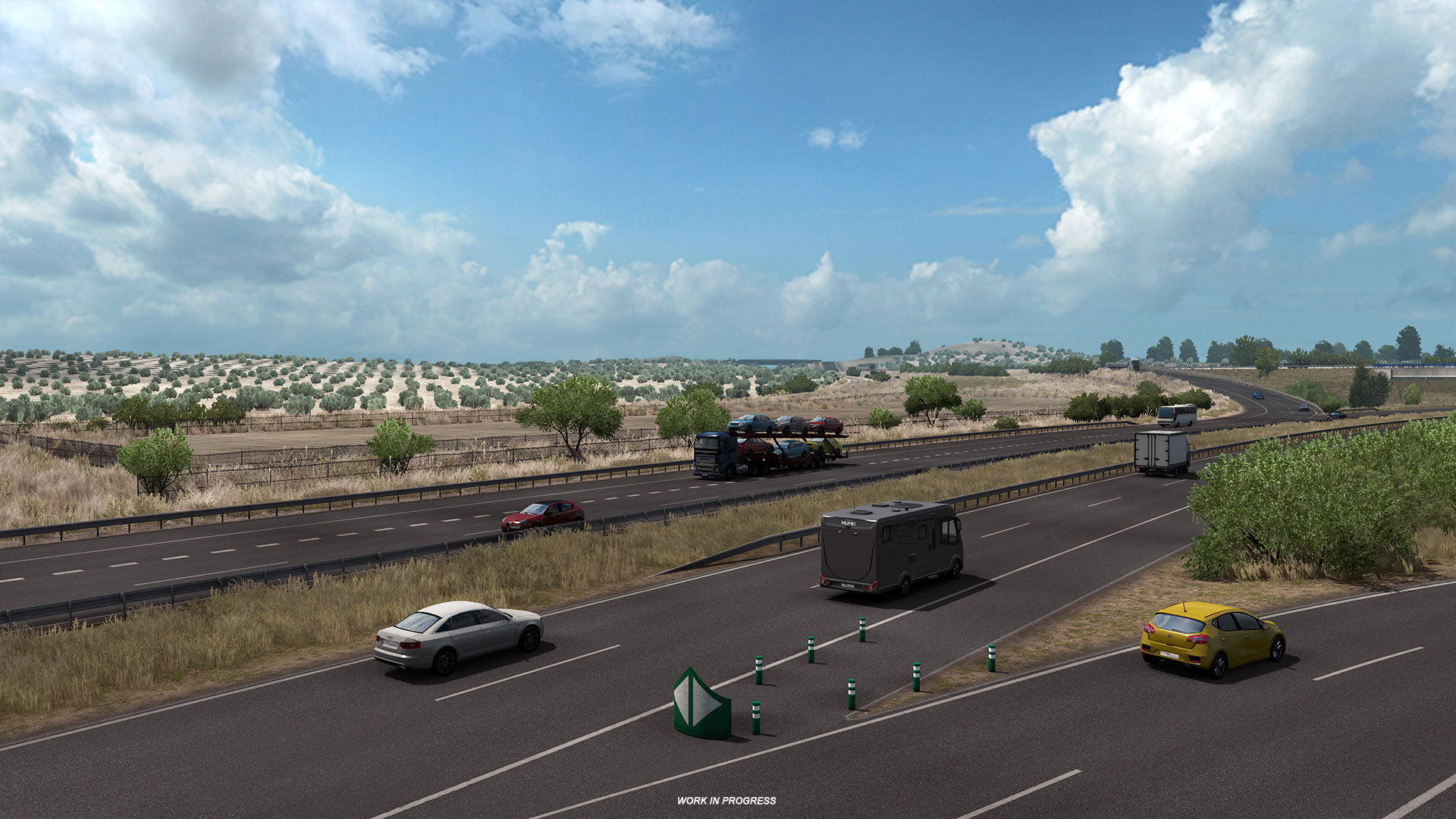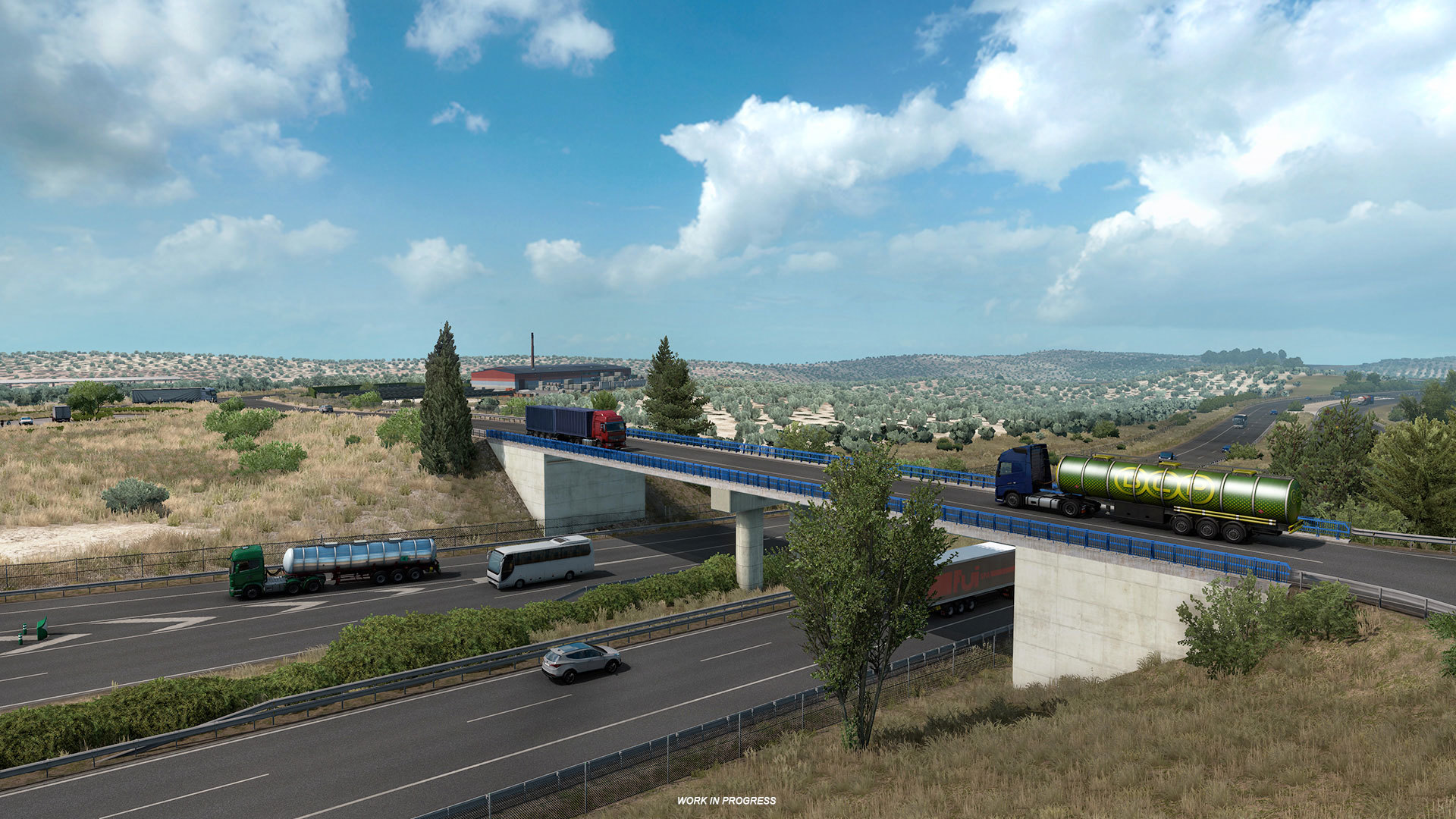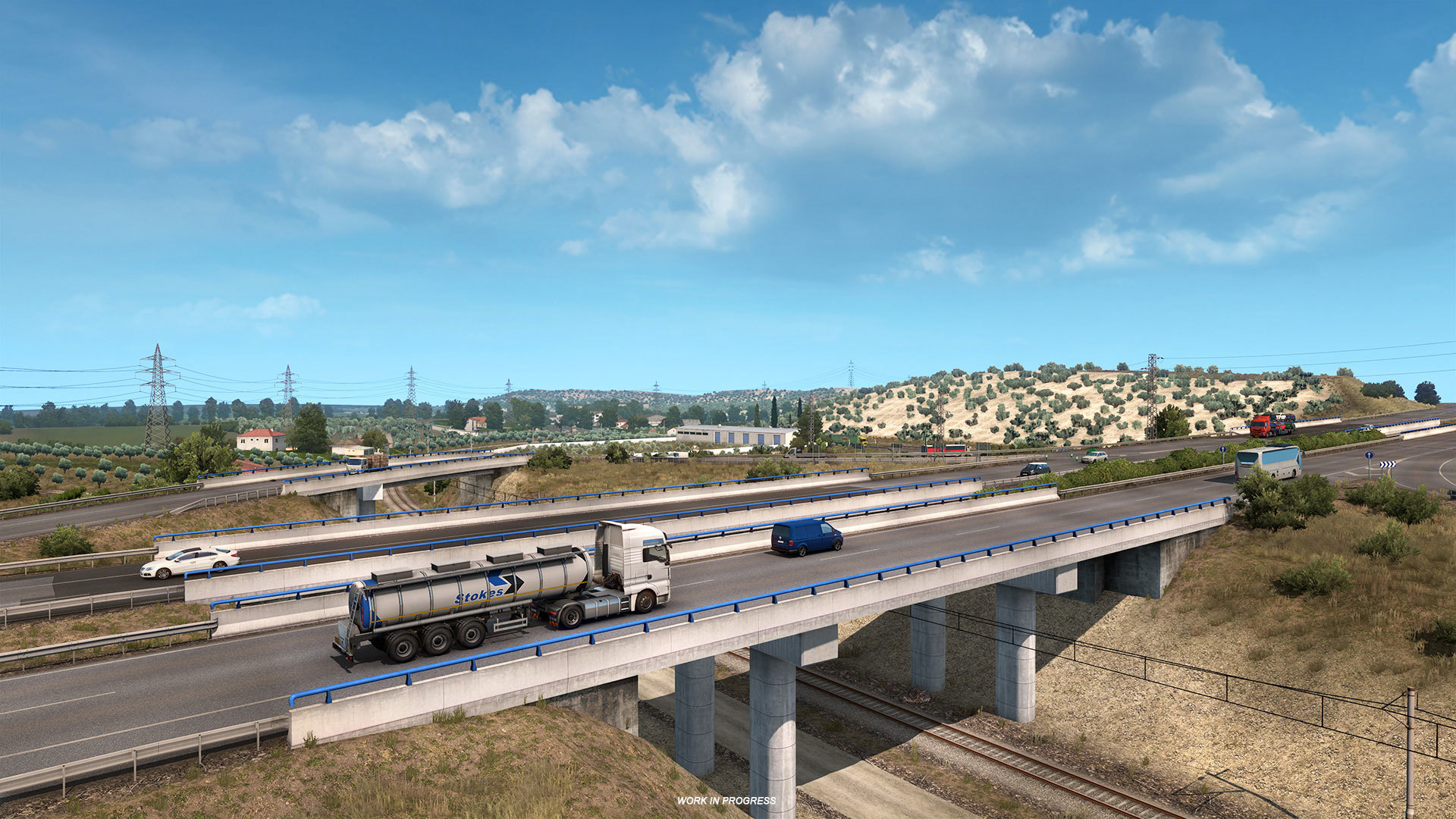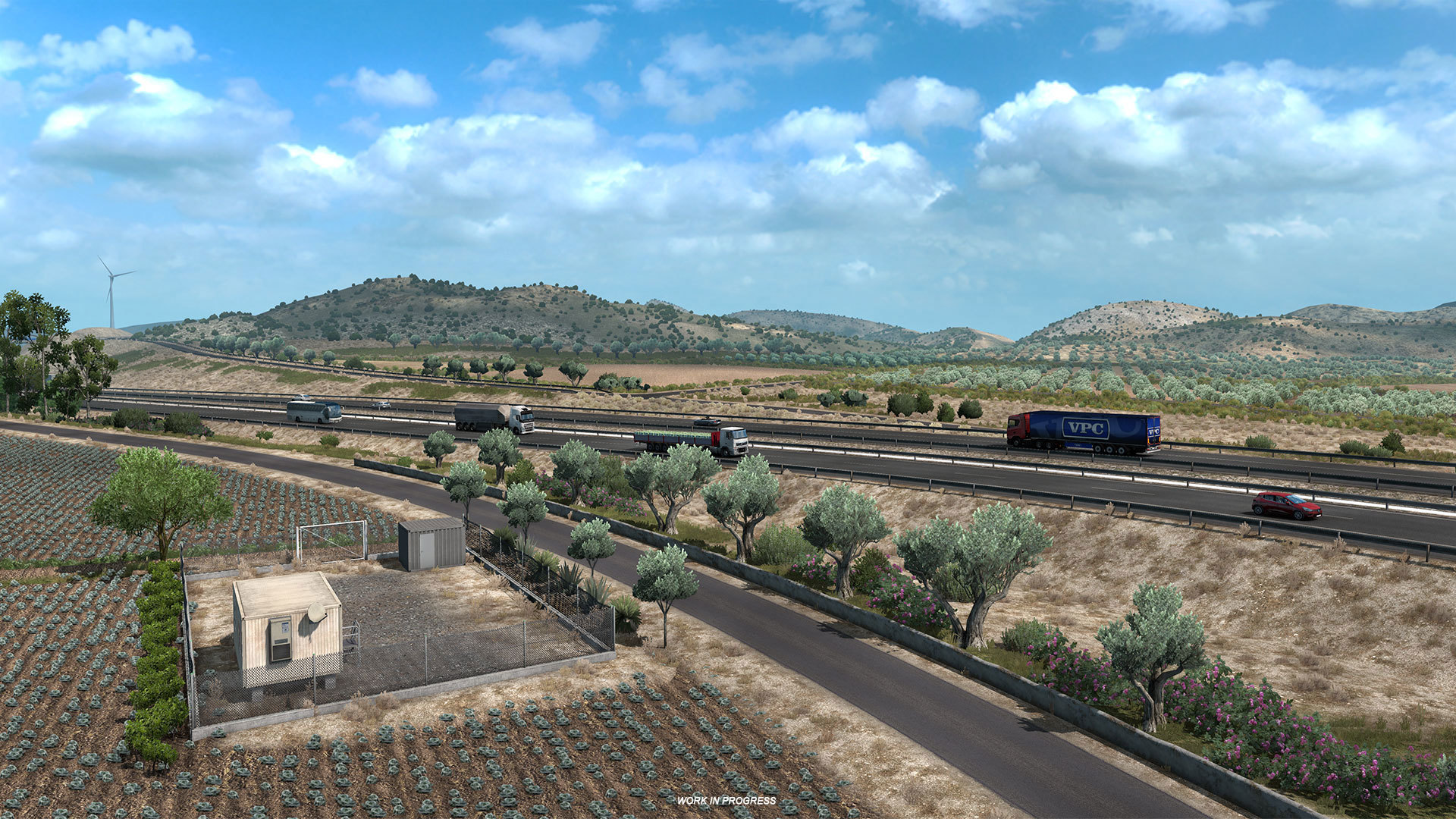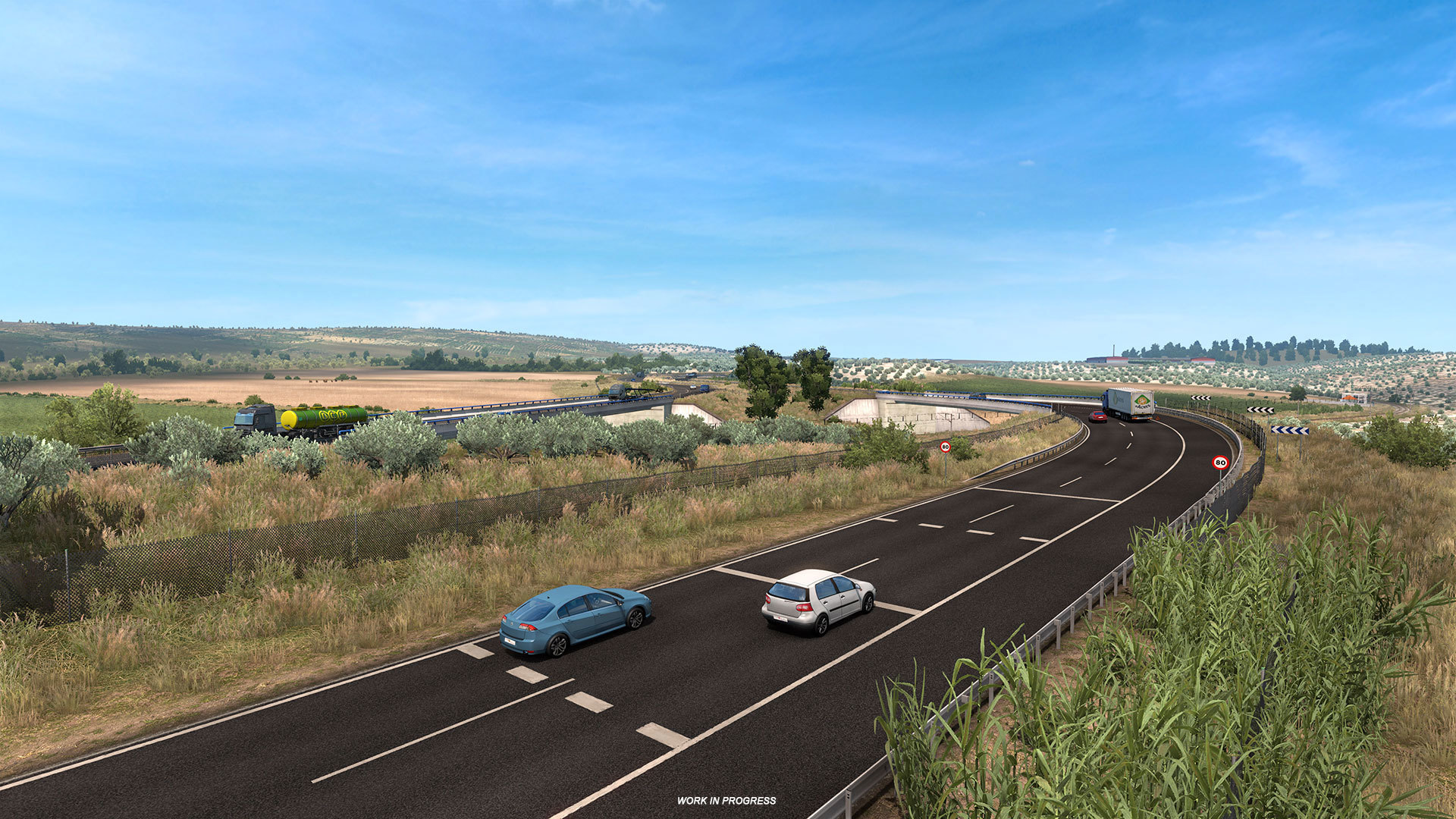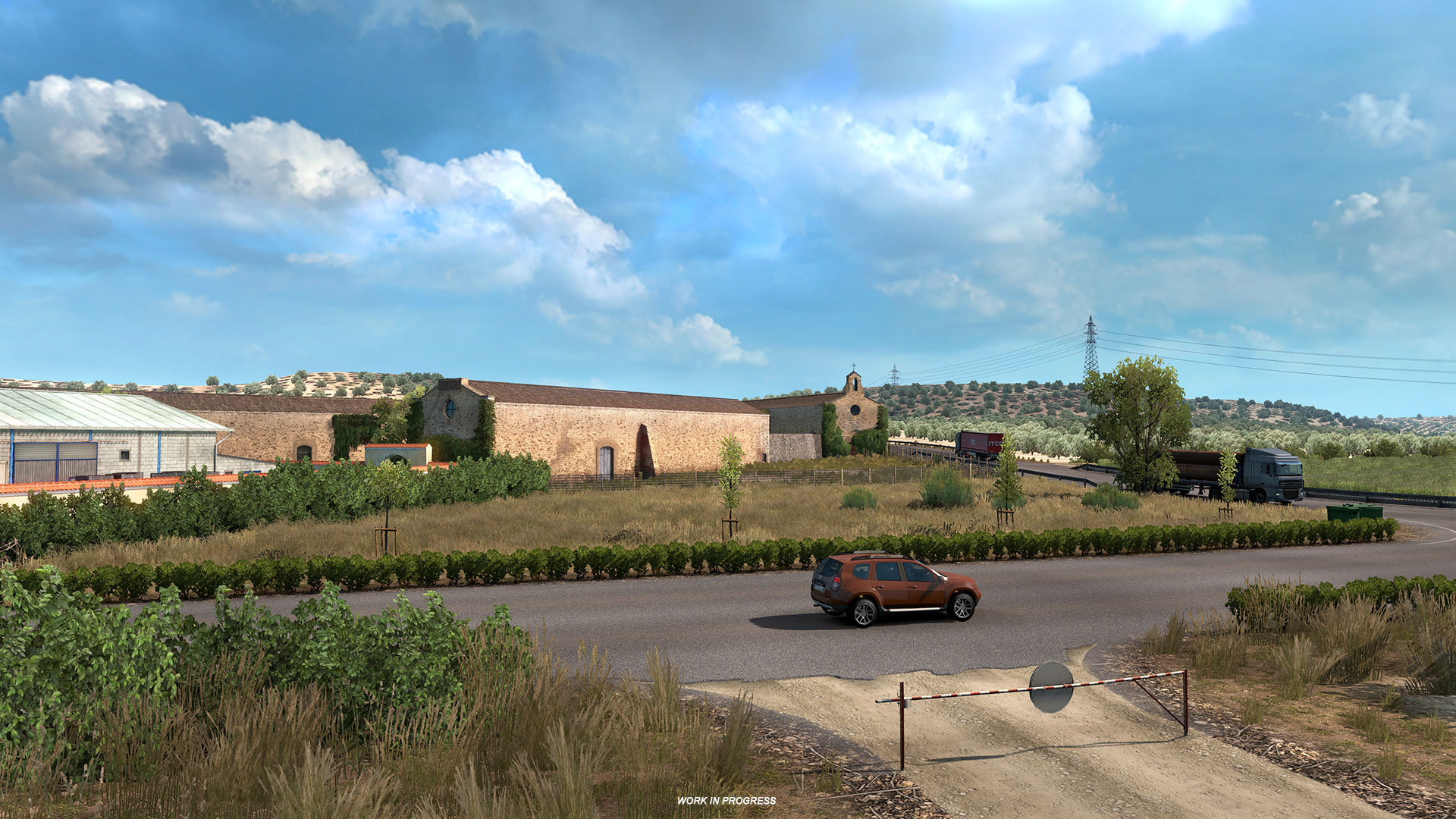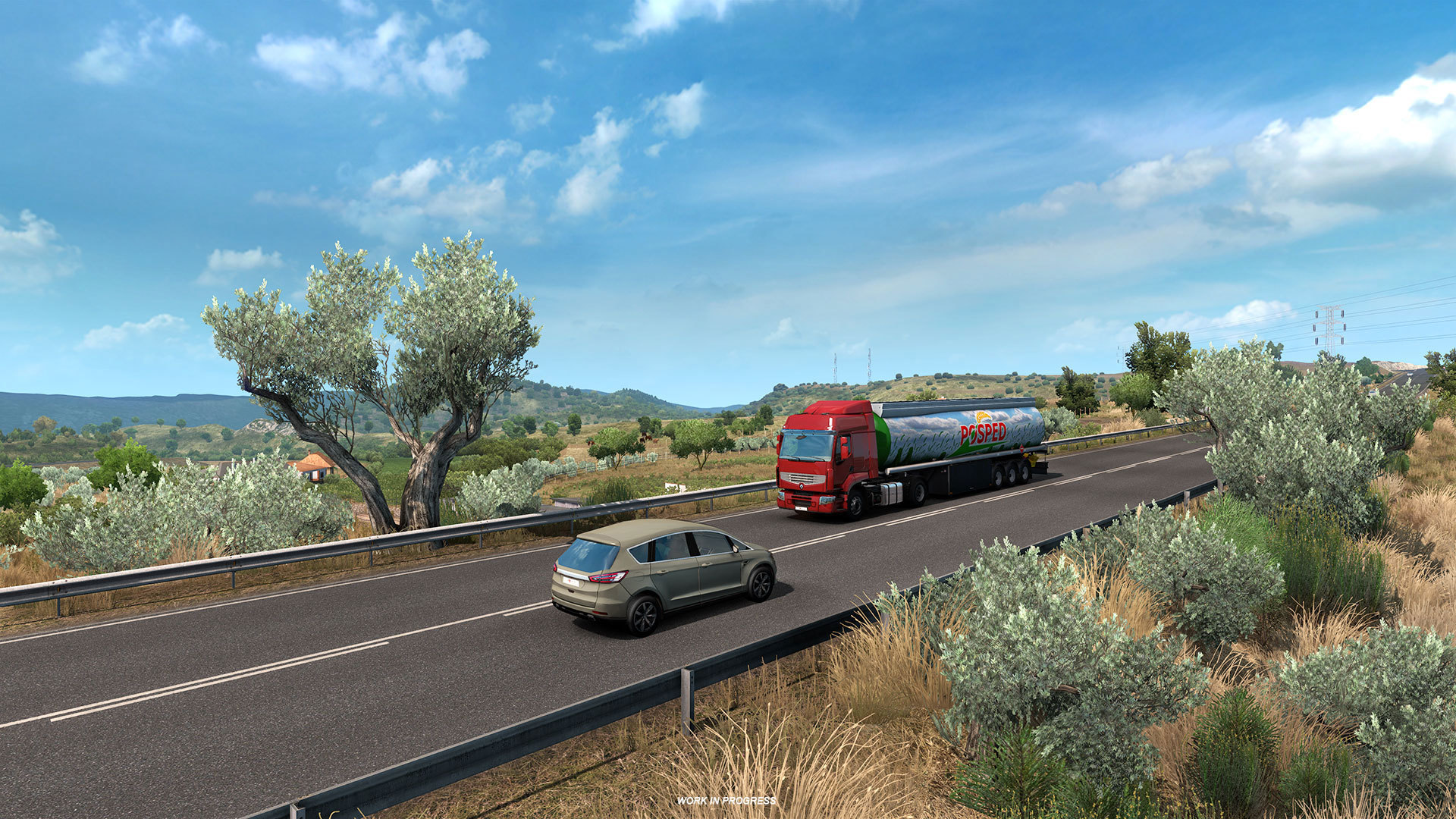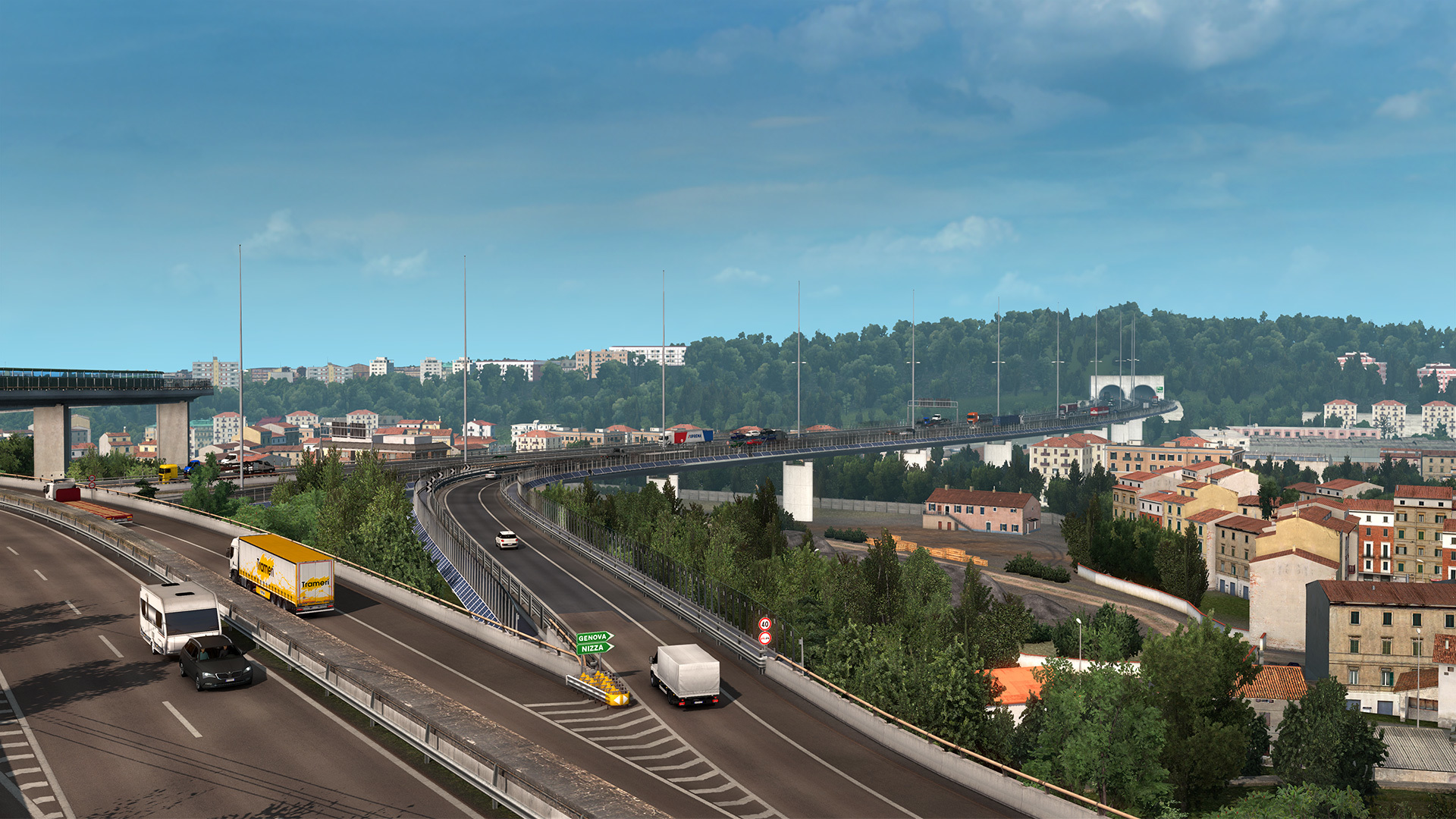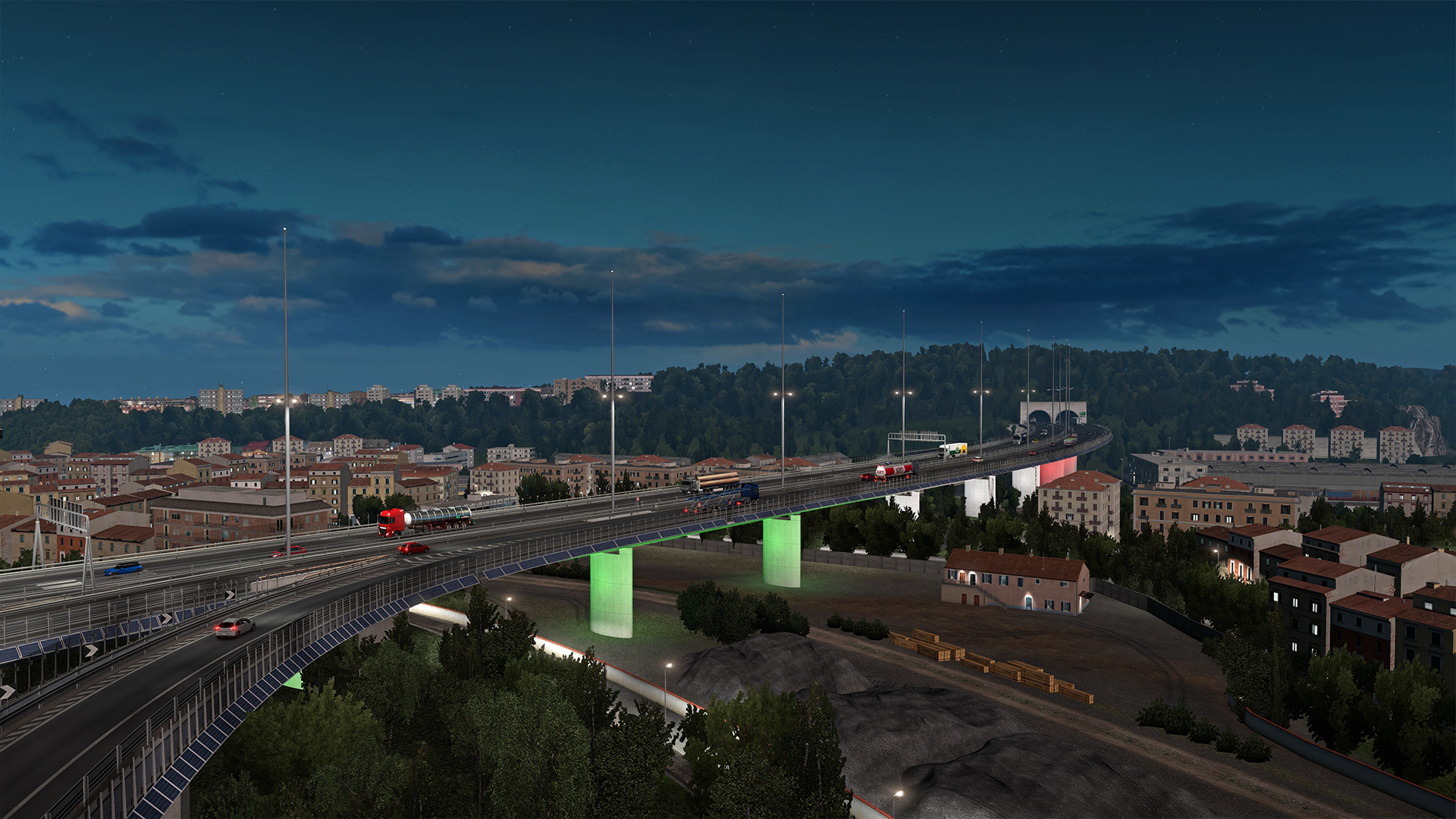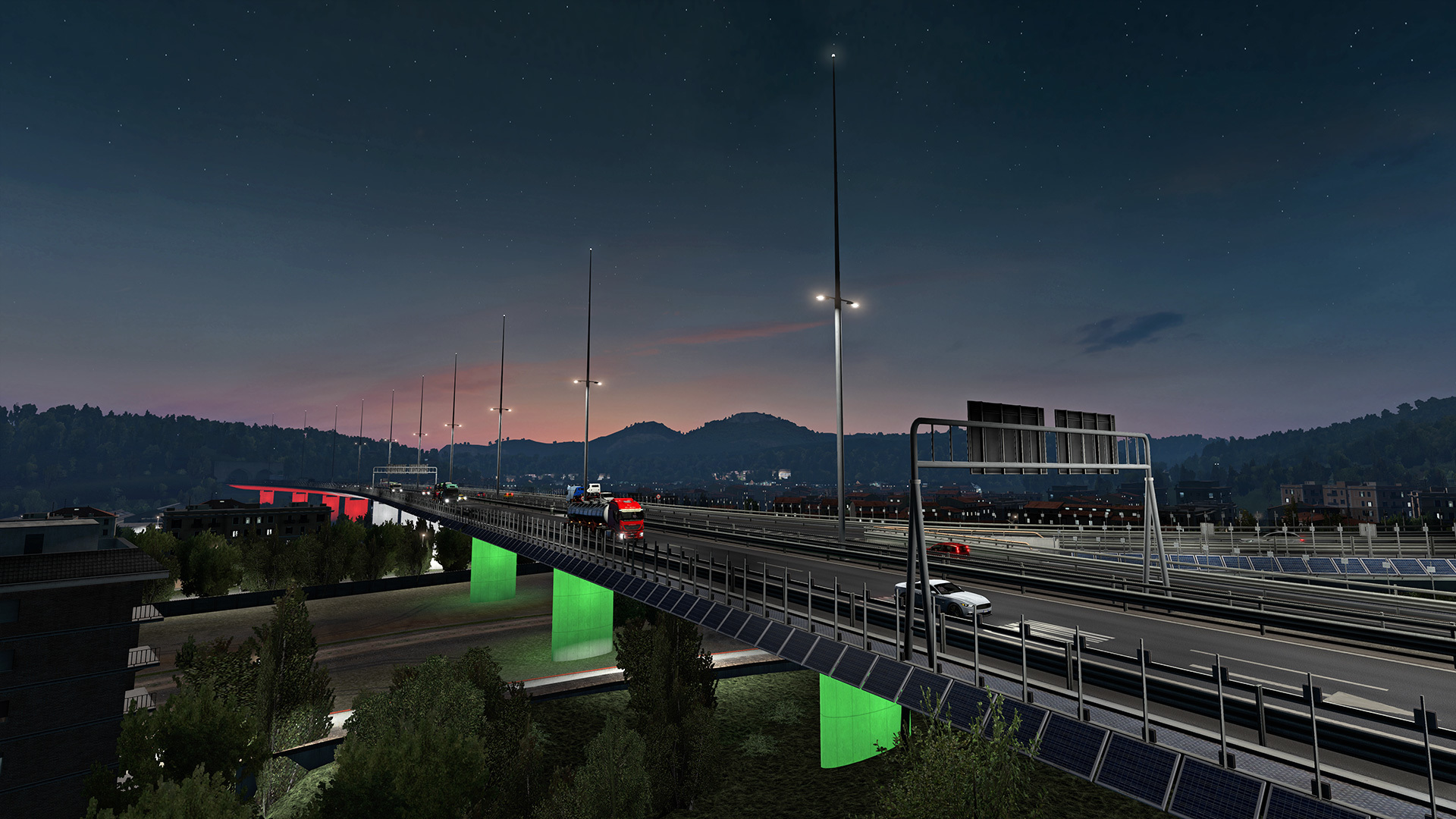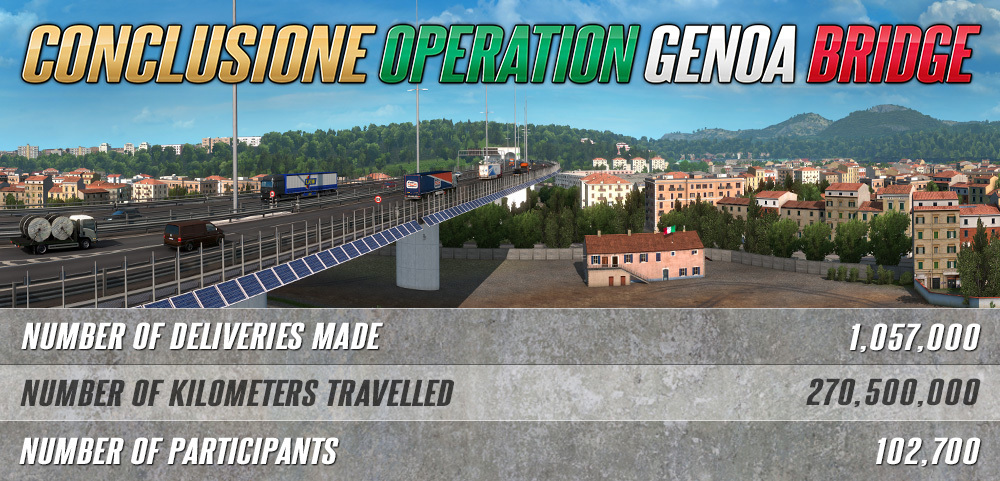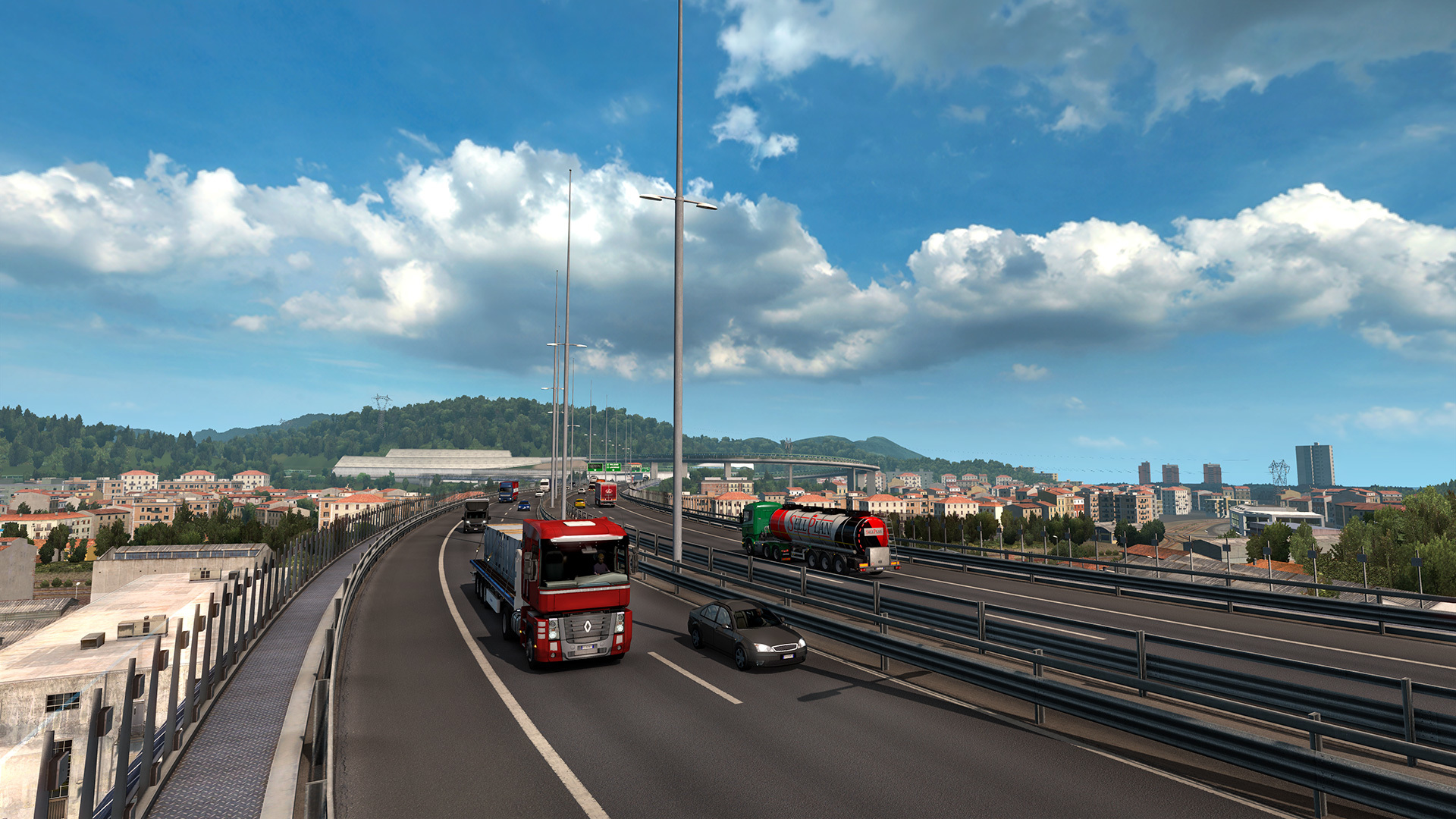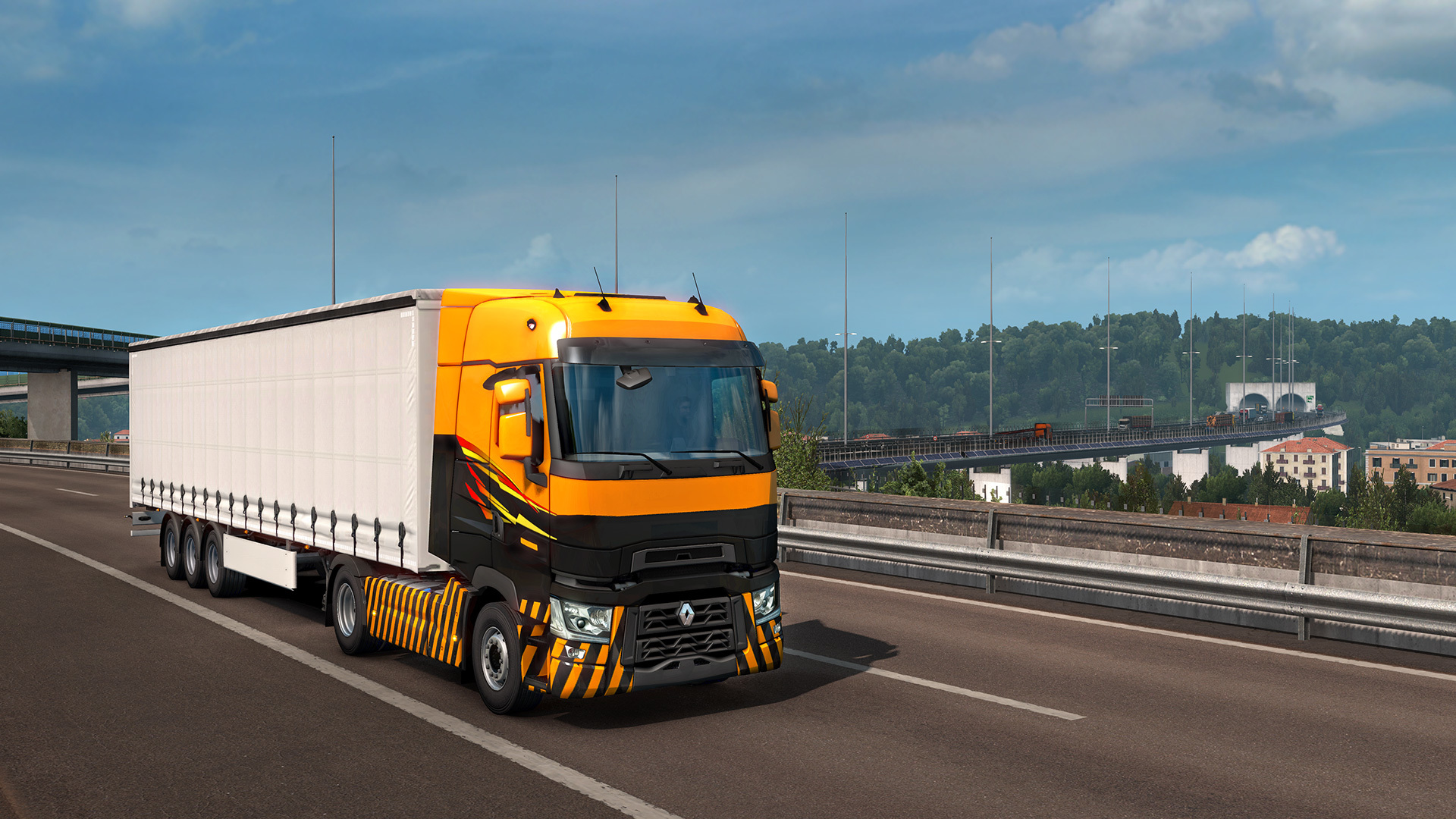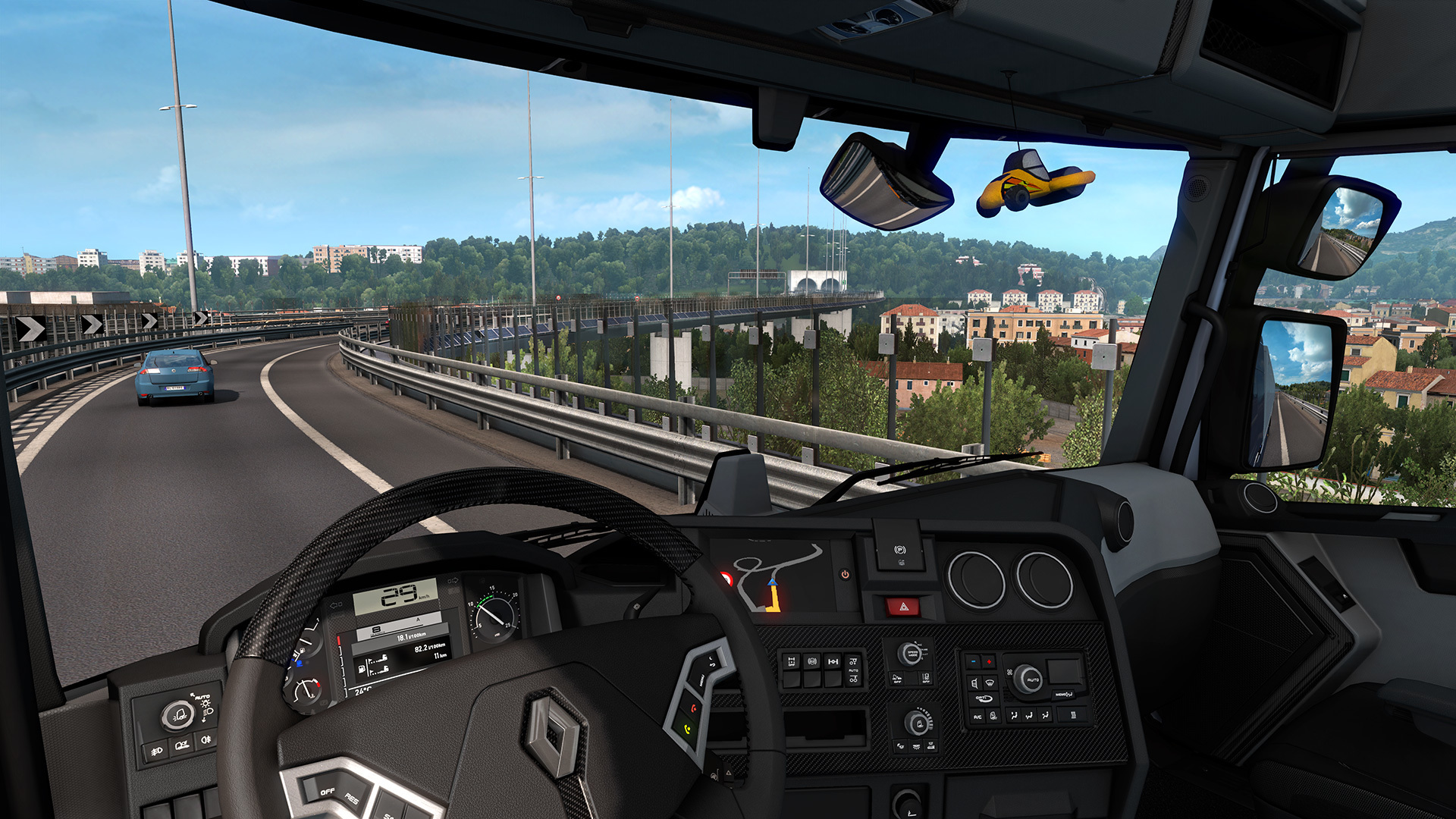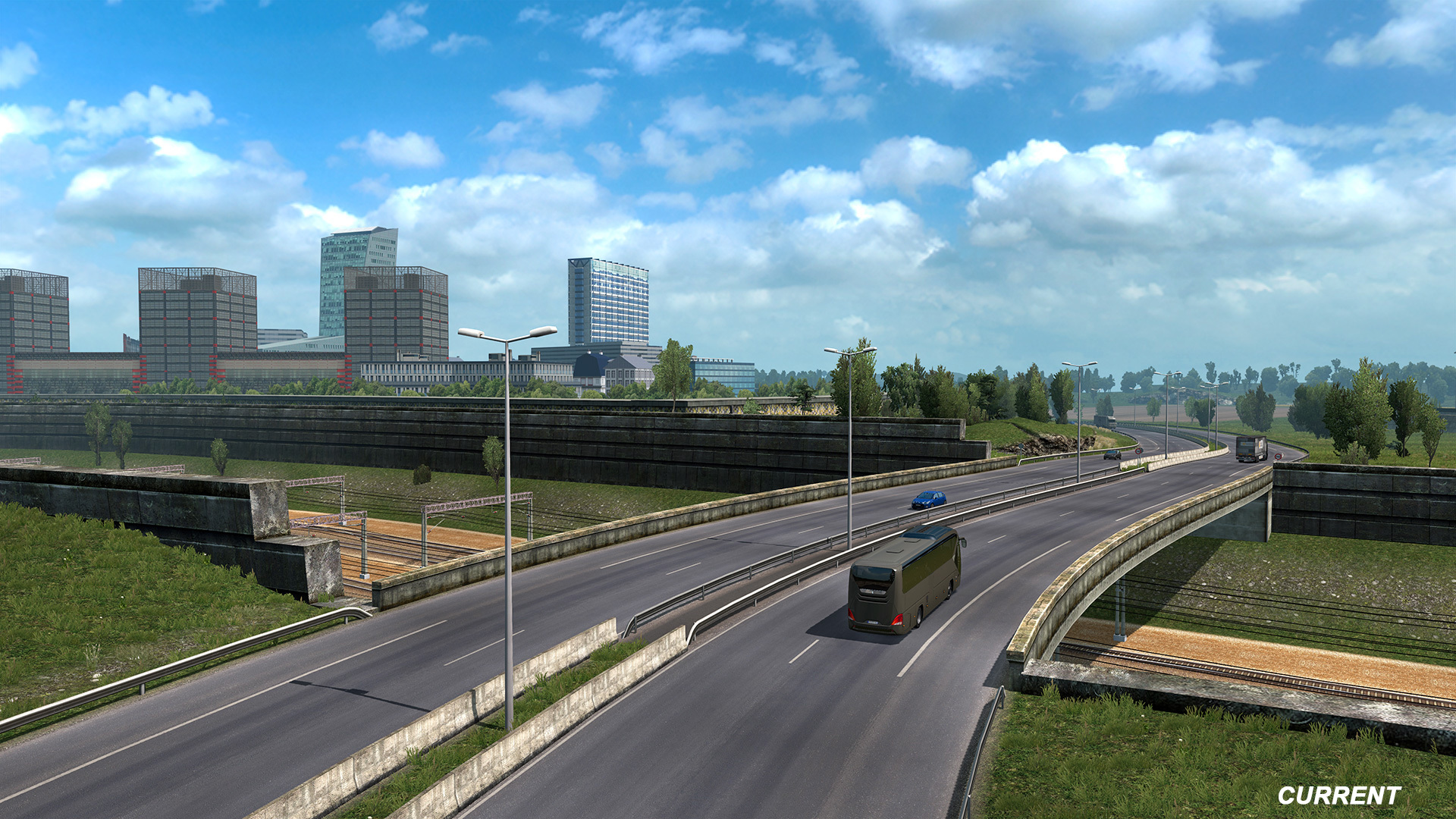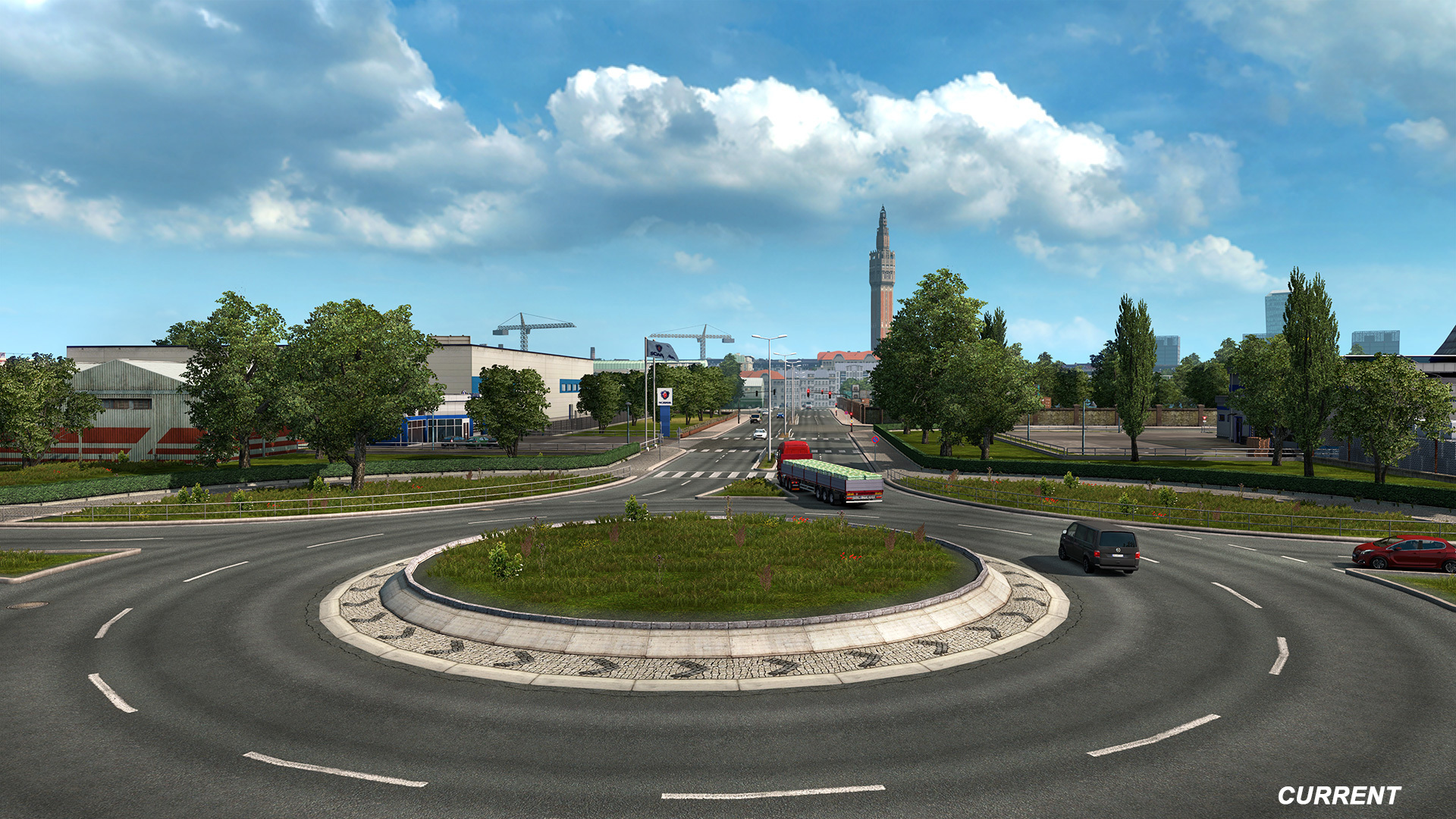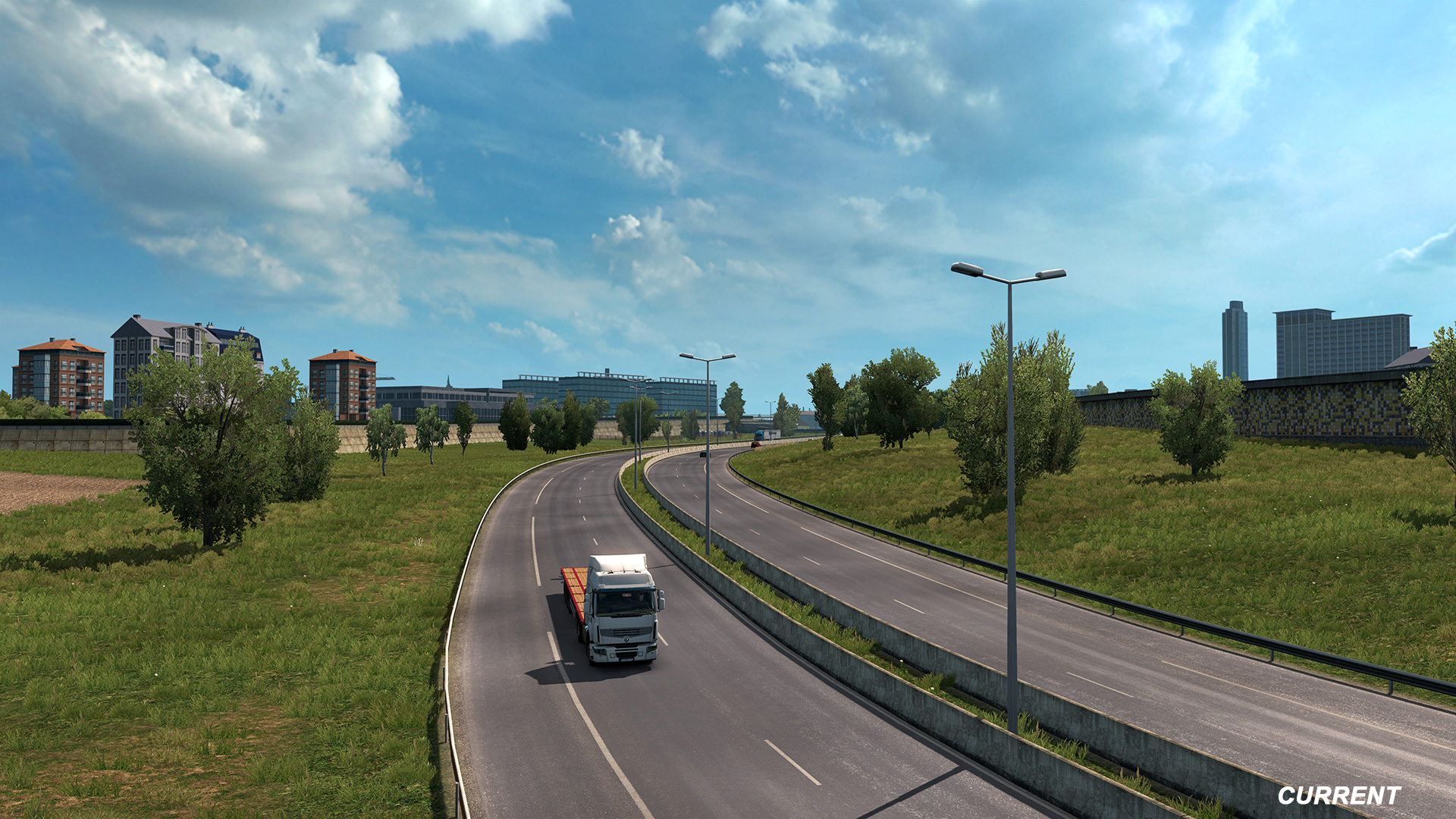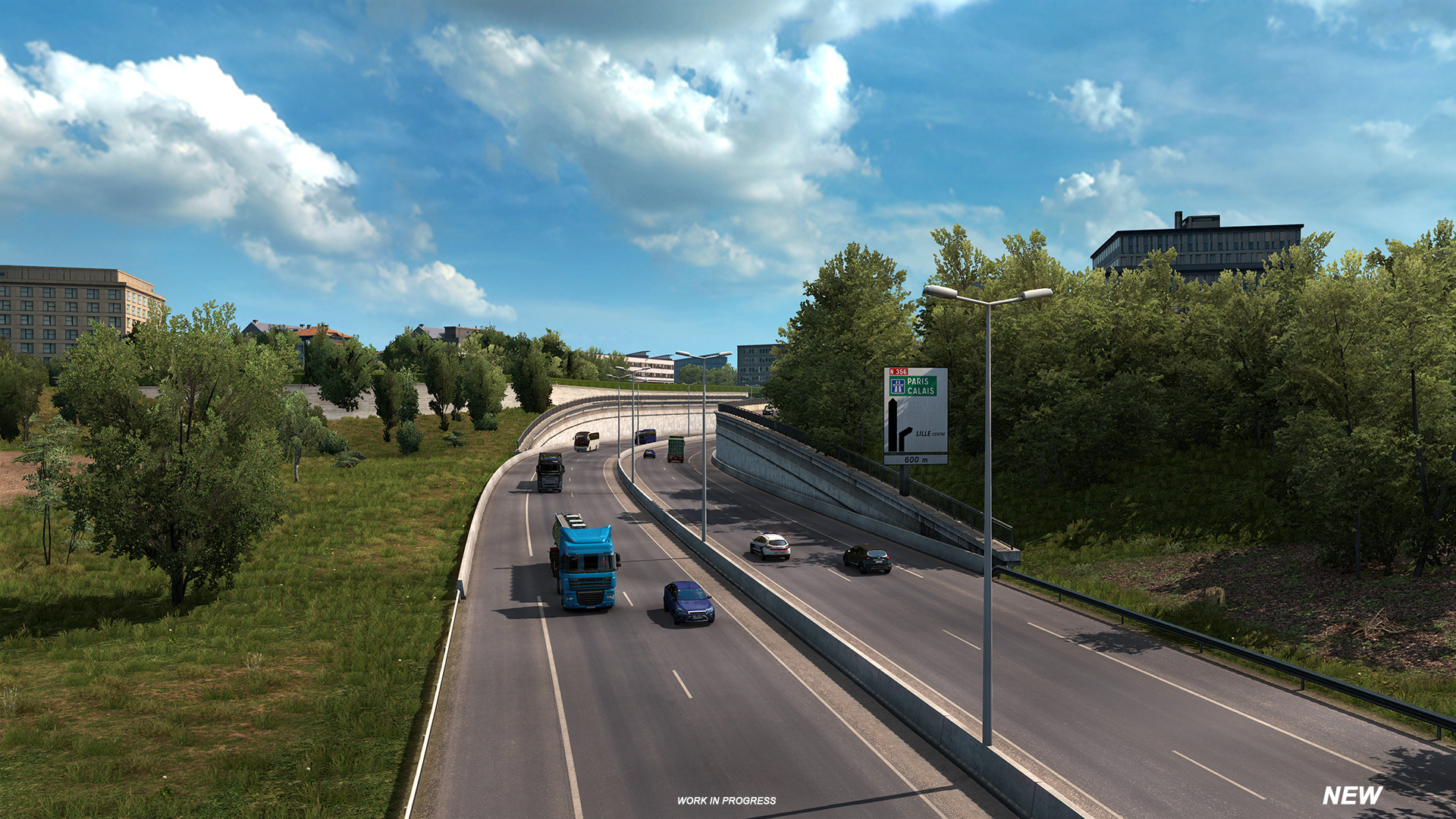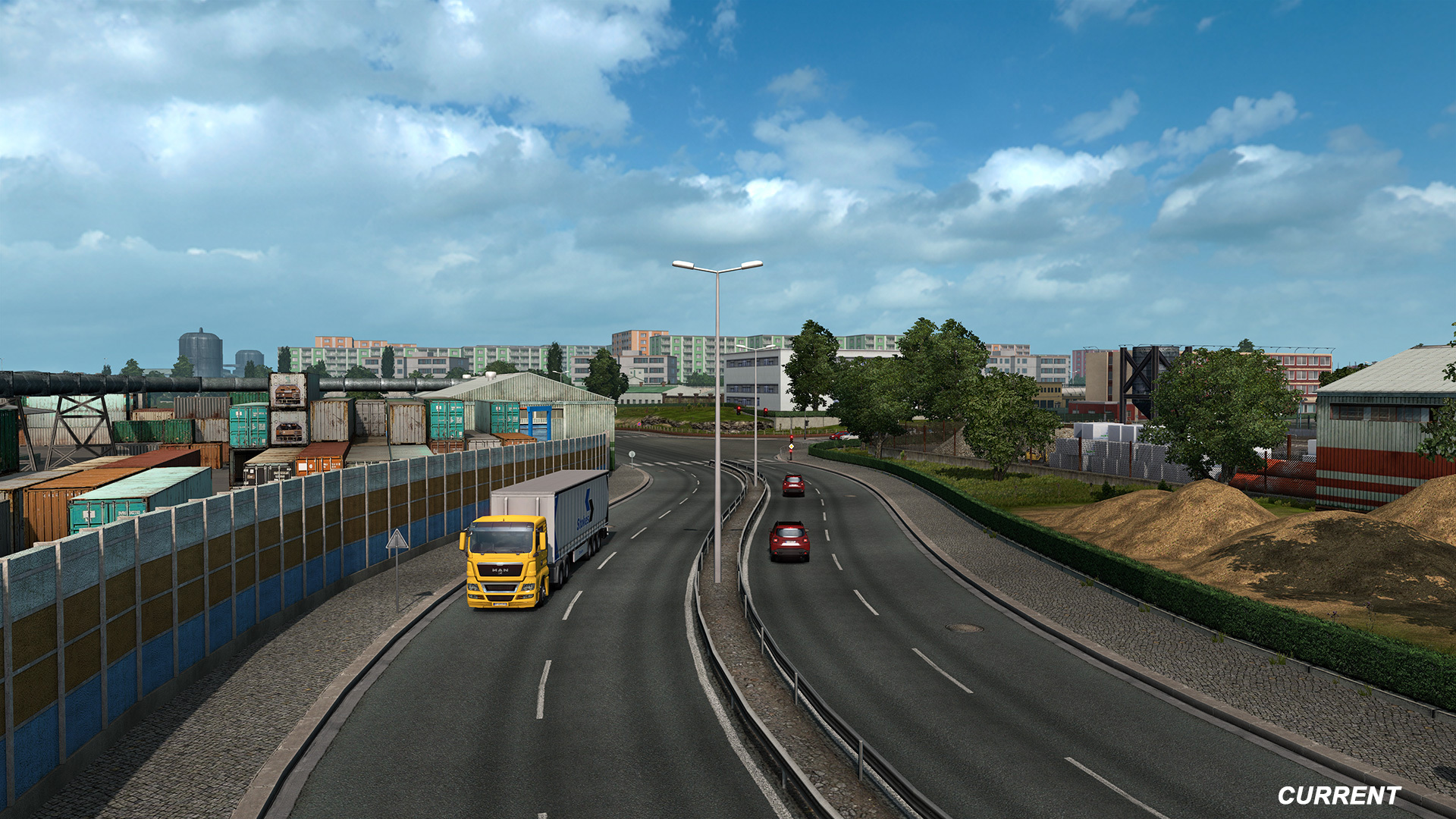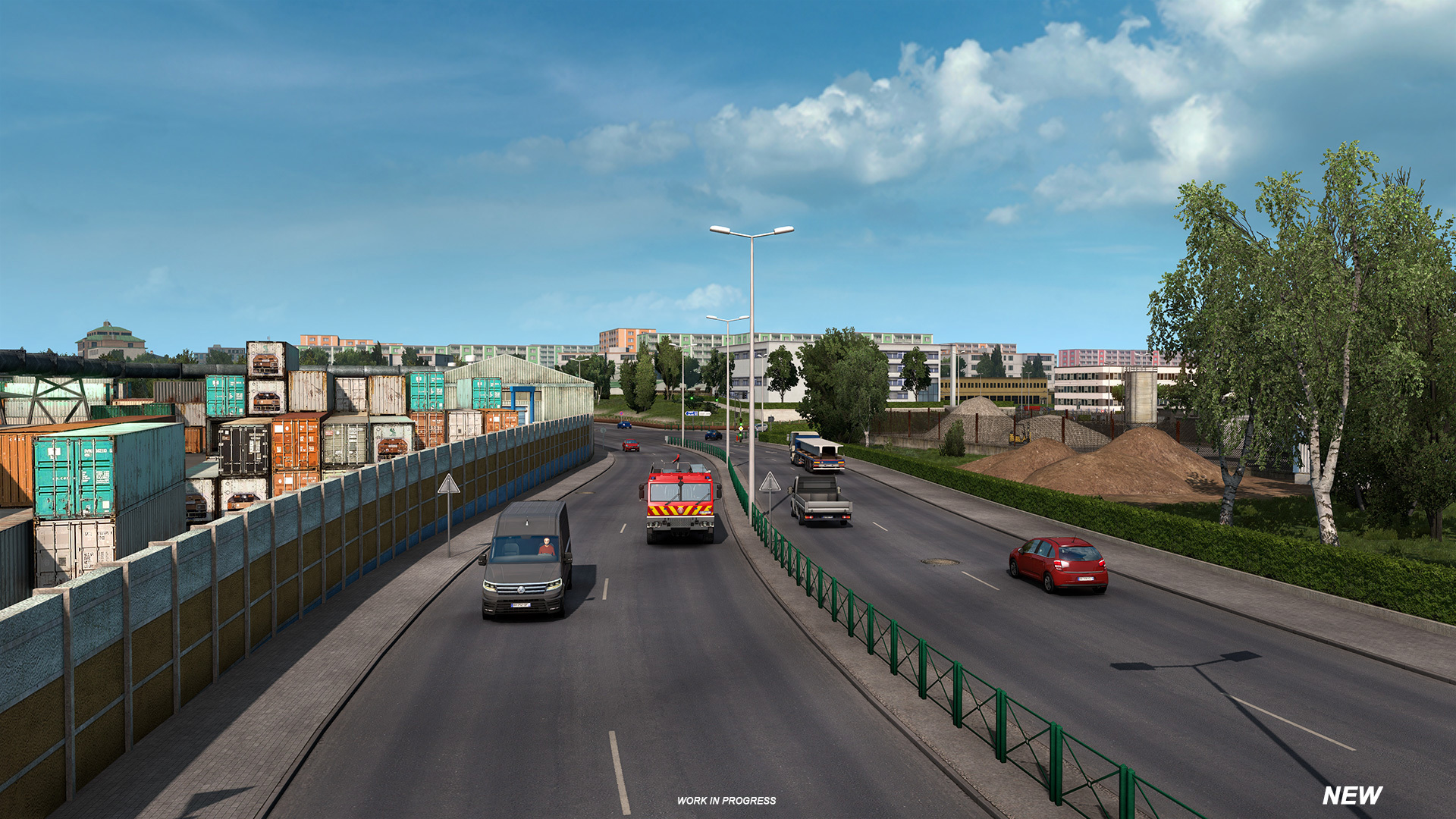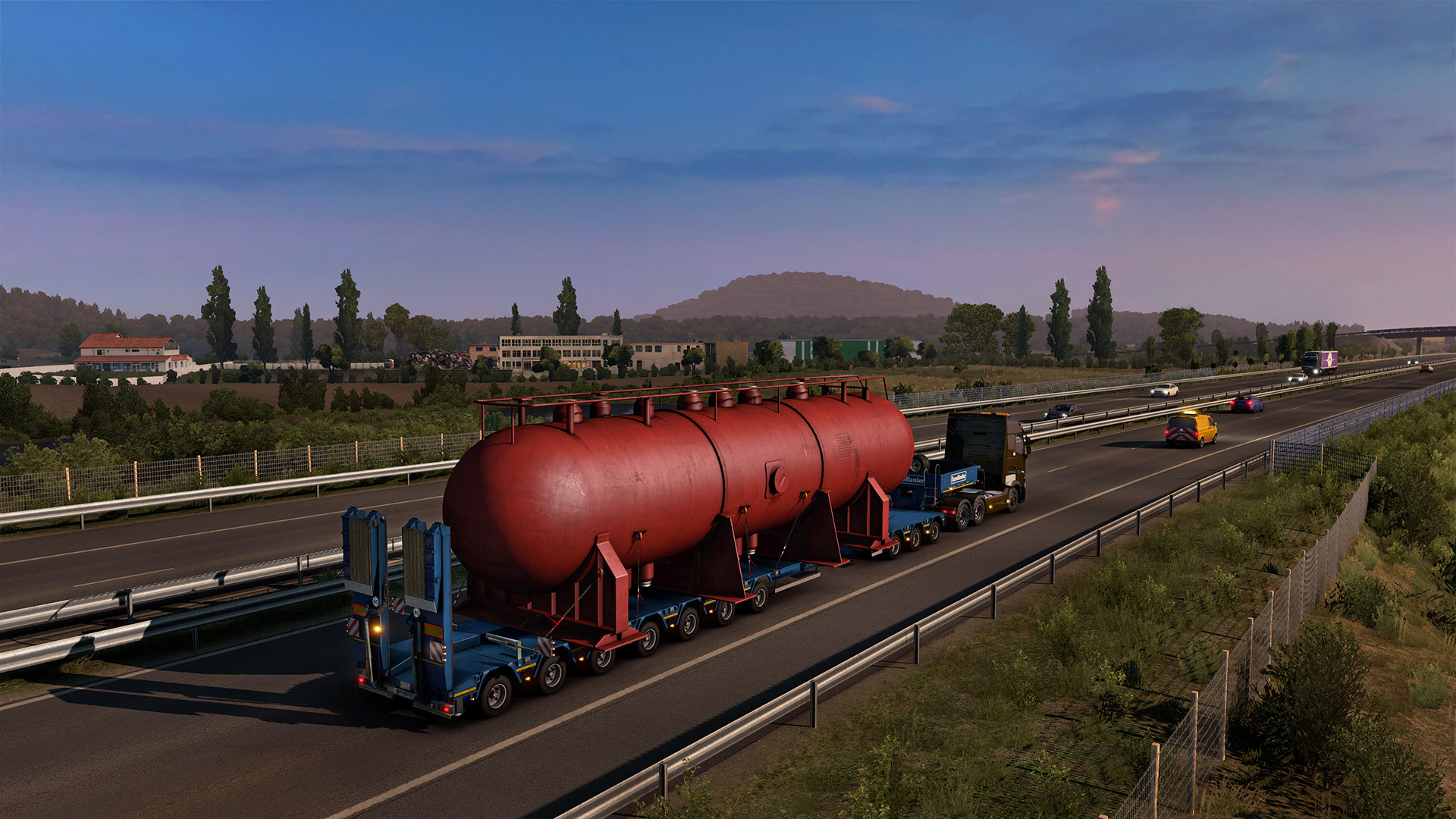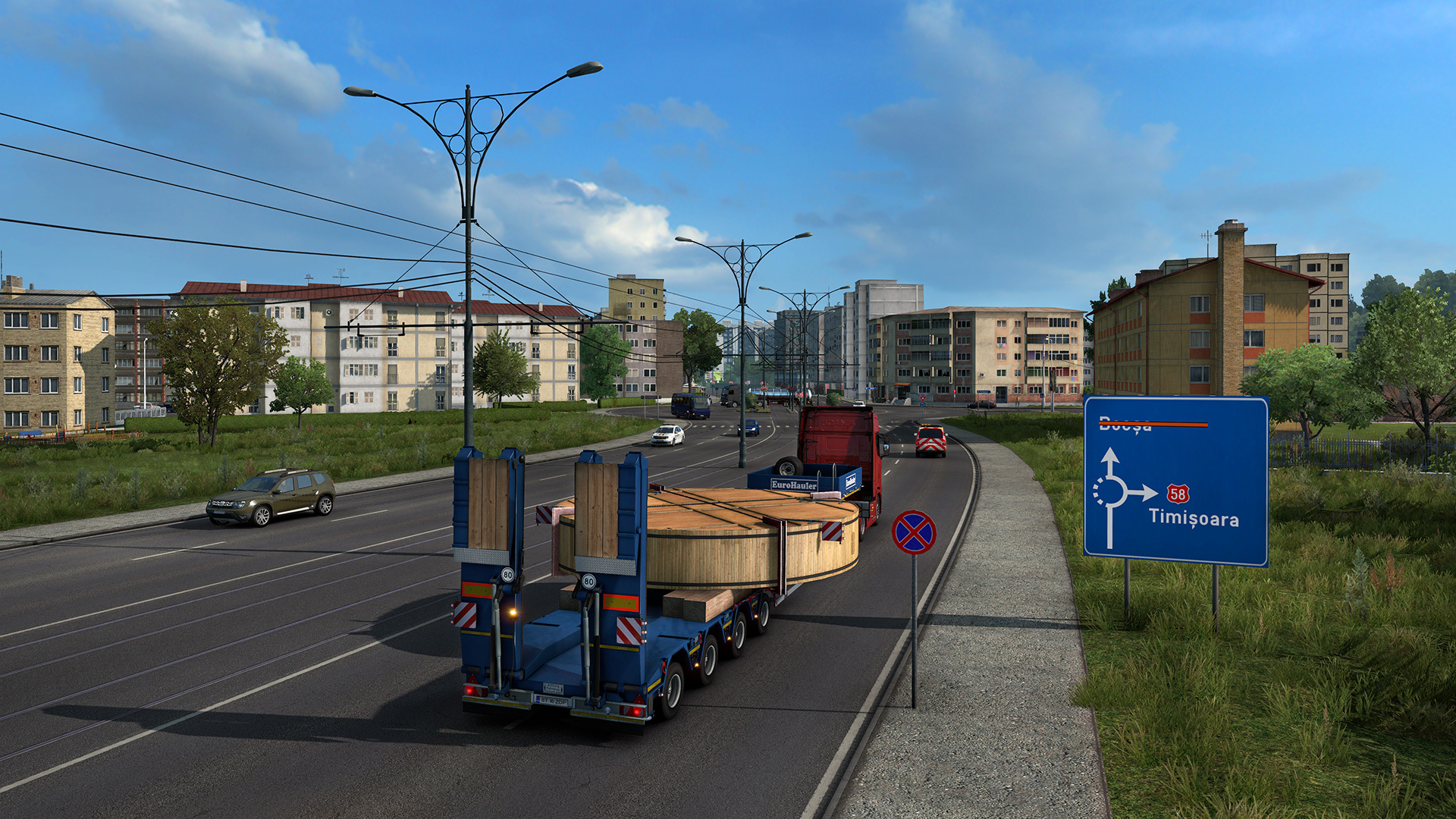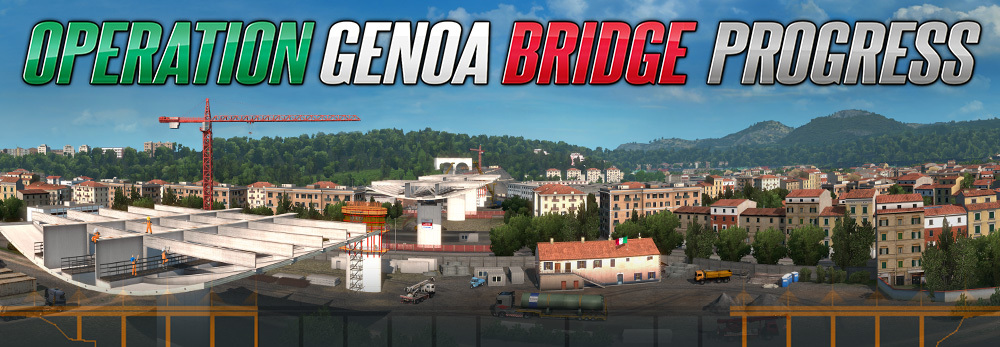
Jul 13, 2020
Euro Truck Simulator 2 - London
From narrow streets to old churches and impressive castles, Iberia is home to numerous historic villages and towns. No matter where you are traveling across the peninsula, you'll be sure to see a wide array of different architecture. In our upcoming DLC for Euro Truck Simulator 2, our teams have researched and created new buildings and assets to best represent the most commonly found architectural designs in Iberia.
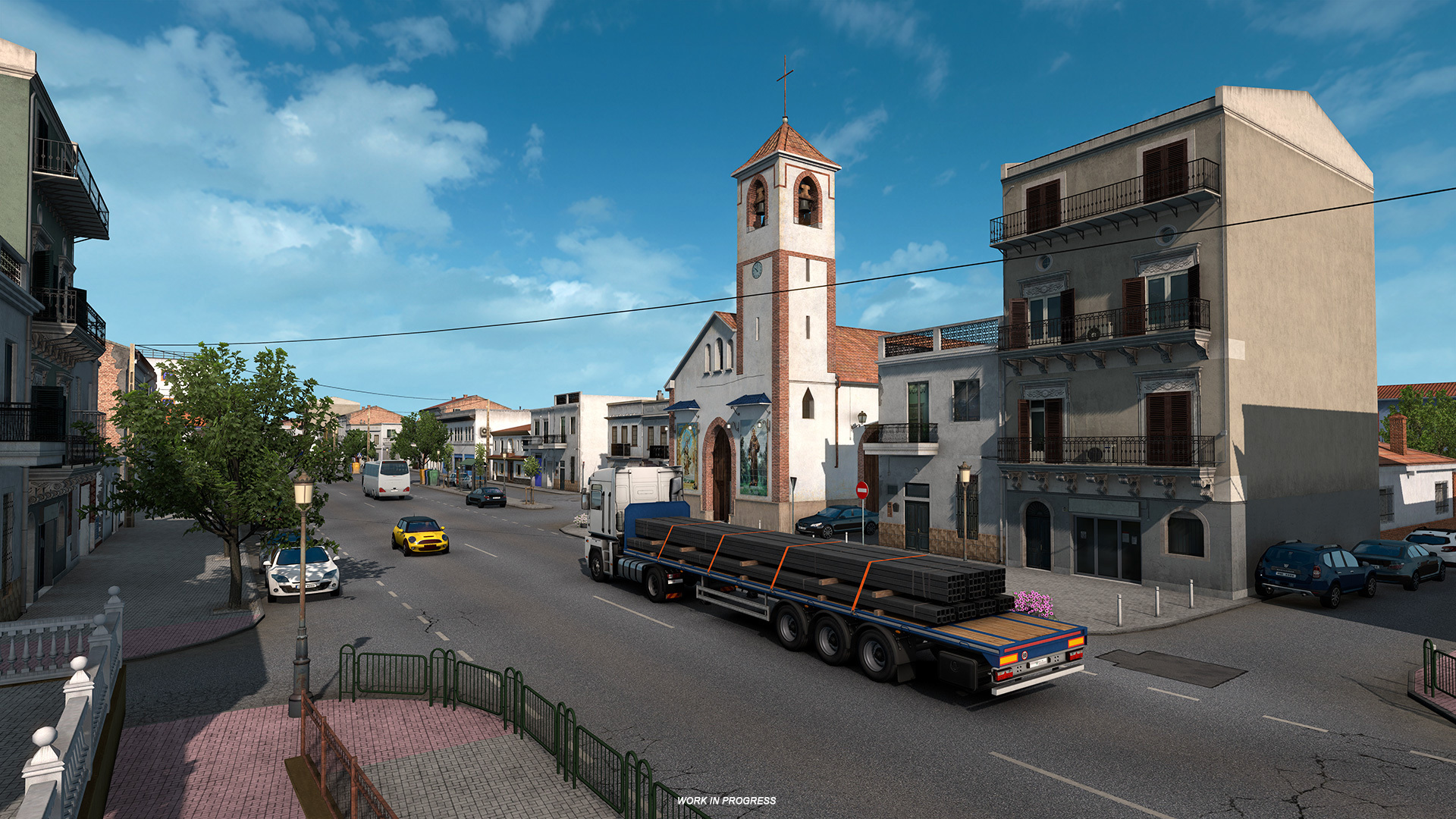
While it is indeed difficult to write about all of the villages and architectural history found across the peninsula, there are many common designs you can spot when you are driving in Iberia. Namely, the orange terracotta roofs are found on most villas, houses, and buildings; which have been created from the abundance of clay extracted from quarries in the local region. The most common type of design of buildings is designed with white walls, stone floors, and windows with shutters to help keep out the heat.
However, not everything about Iberia is native. From Spanish Colonial (a combination of Native American and Moorish influences) to Neoclassical architecture, it is evident to see influences from around the world found in many of Spain and Portugal's buildings and landmarks.
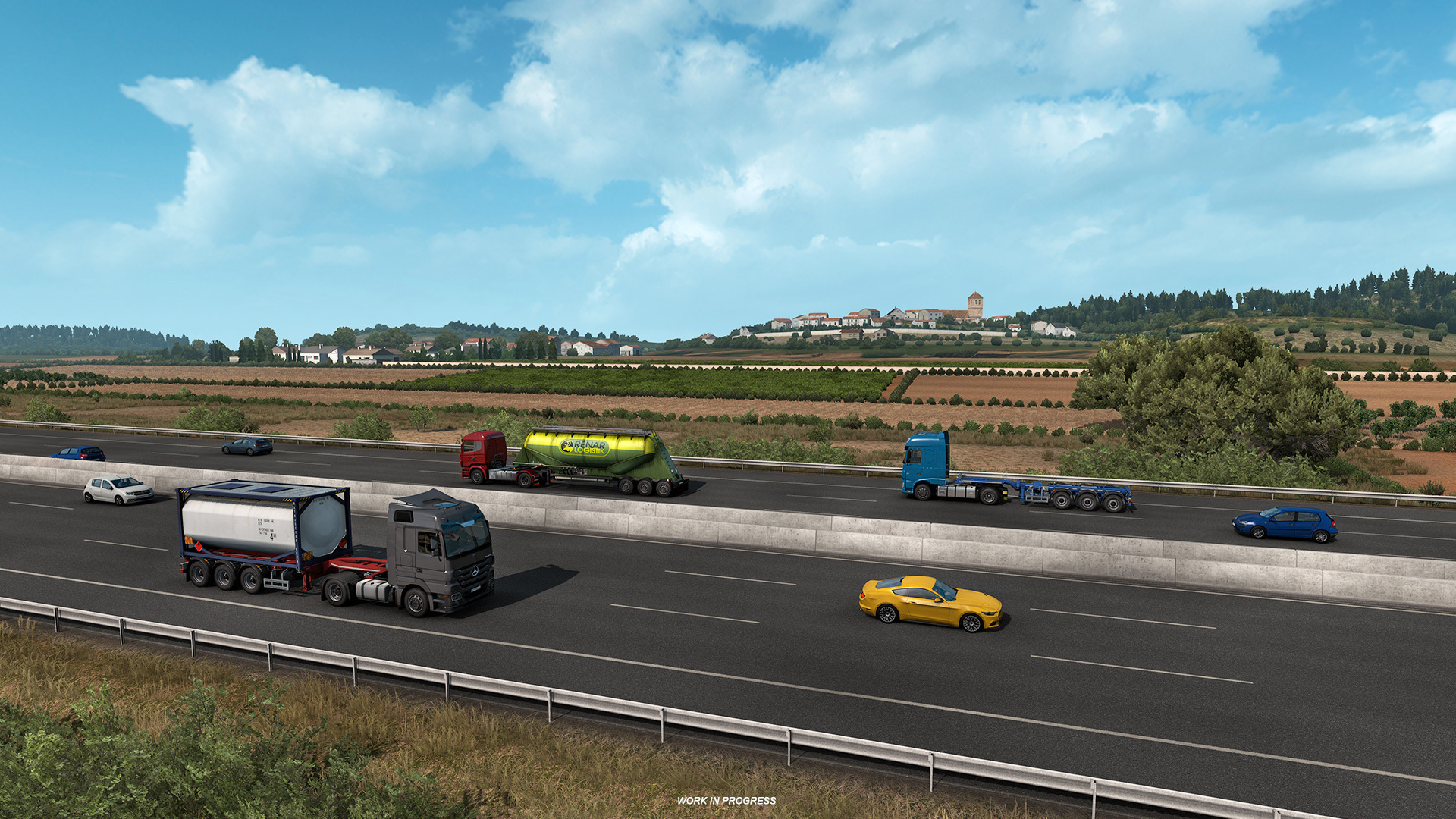
So, don't forget to slow down and take a moment to enjoy the history and beautiful architectural design that can be found across both Spain and Portugal.

Taking a Siesta in the sun? Then don't forget to take a moment to add Iberia for Euro Truck Simulator 2 to your Steam Wishlist! It really helps supports us and our upcoming releases. Plus you can also visit our Facebook, Instagram, and Twitter as you can find exclusive screenshots there! No lo lamentará ;)
https://store.steampowered.com/app/1209460/Euro_Truck_Simulator_2__Iberia/

While it is indeed difficult to write about all of the villages and architectural history found across the peninsula, there are many common designs you can spot when you are driving in Iberia. Namely, the orange terracotta roofs are found on most villas, houses, and buildings; which have been created from the abundance of clay extracted from quarries in the local region. The most common type of design of buildings is designed with white walls, stone floors, and windows with shutters to help keep out the heat.
However, not everything about Iberia is native. From Spanish Colonial (a combination of Native American and Moorish influences) to Neoclassical architecture, it is evident to see influences from around the world found in many of Spain and Portugal's buildings and landmarks.

So, don't forget to slow down and take a moment to enjoy the history and beautiful architectural design that can be found across both Spain and Portugal.

Taking a Siesta in the sun? Then don't forget to take a moment to add Iberia for Euro Truck Simulator 2 to your Steam Wishlist! It really helps supports us and our upcoming releases. Plus you can also visit our Facebook, Instagram, and Twitter as you can find exclusive screenshots there! No lo lamentará ;)
https://store.steampowered.com/app/1209460/Euro_Truck_Simulator_2__Iberia/
